Learn comic creation, scriptwriting, visual storytelling, and character illustration for digital and print publication
Dive into the captivating world of comic creation with this comprehensive specialization. Begin your journey by exploring the art of scriptwriting with Fred Van Lente, where you'll learn to develop compelling scripts and master the nuances of visual storytelling. Sam Hart will guide you in crafting a unique visual universe, teaching you to design characters, environments, and visual elements that breathe life into your narrative. Expand your storytelling prowess further with André Lima, as you explore action, movement, and perspective to create dynamic scenes that capture your readers' attention.
Refine your skills by learning how to illustrate personal experiences with Alec Longstreth, transforming real-life events into engaging comic narratives. Jimmy Craig will then show you how to develop, illustrate, and digitize short comic strips, helping you structure concise narratives that are ready for publication. Conclude your learning journey with invaluable tips and tricks for success in the comic industry, including how to build a portfolio and monetize your work. This specialization offers a structured learning path, ensuring you gain the skills and confidence needed to bring your comic ideas to life.
What will you learn in this specialization?


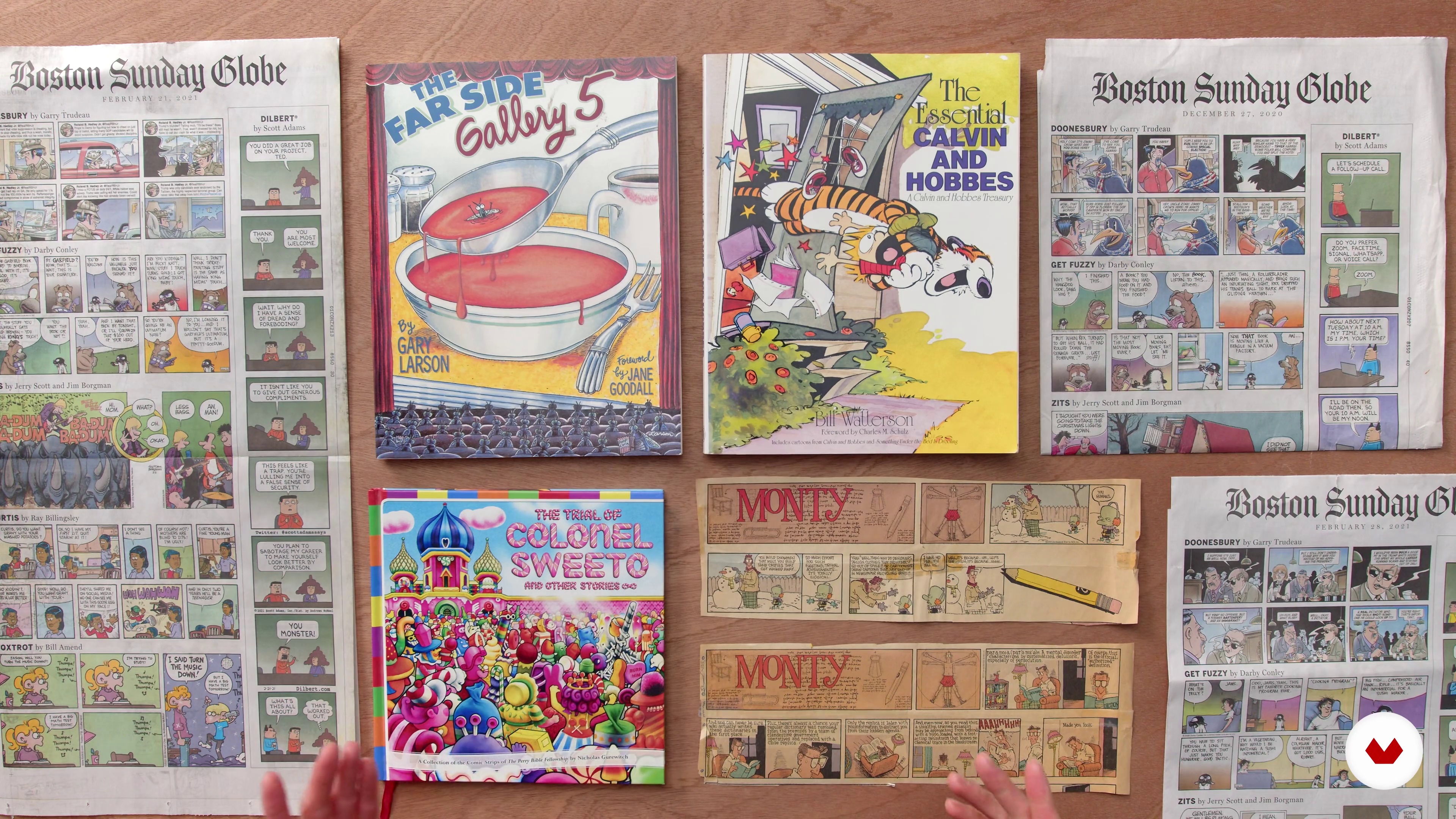
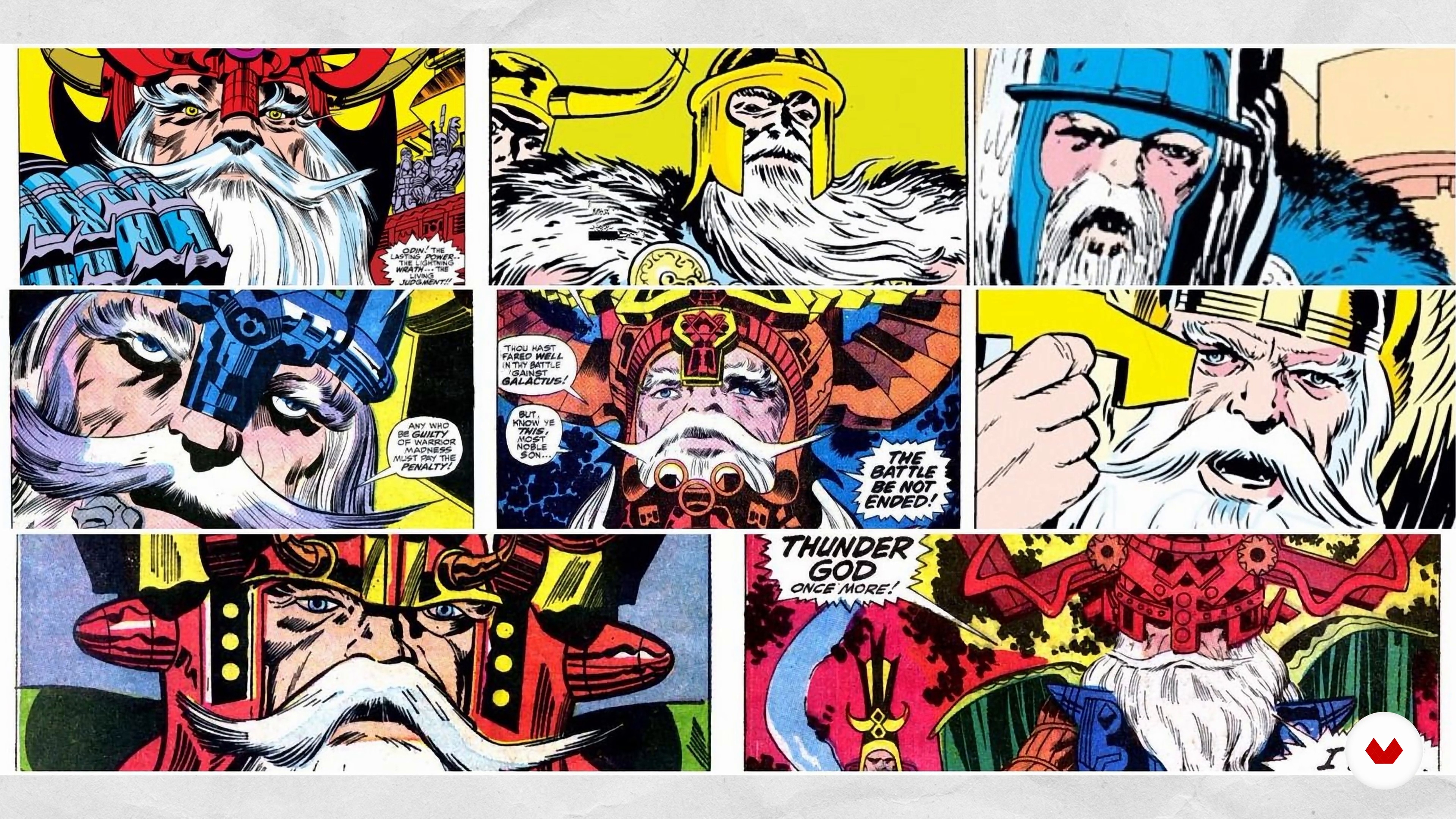
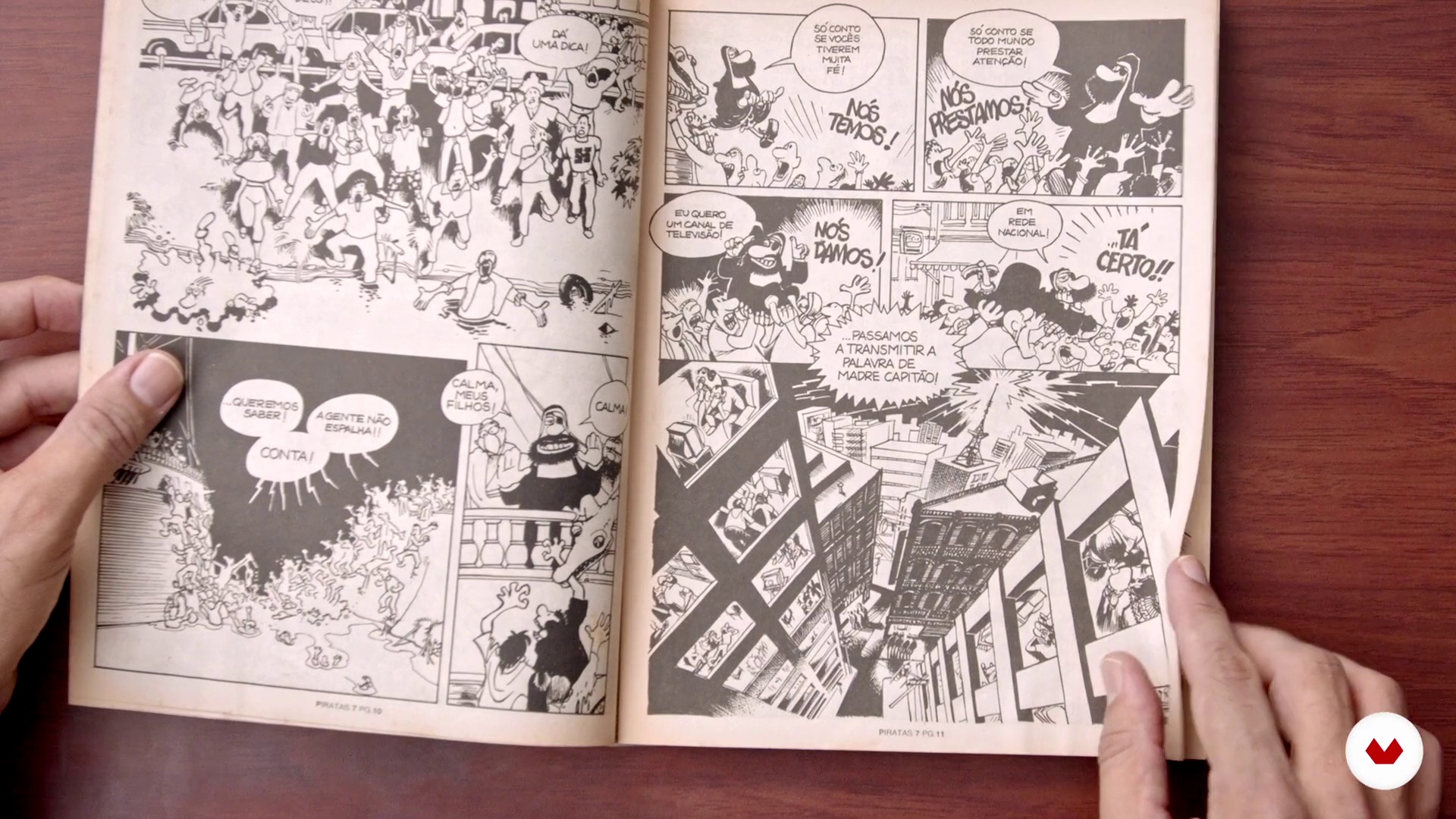
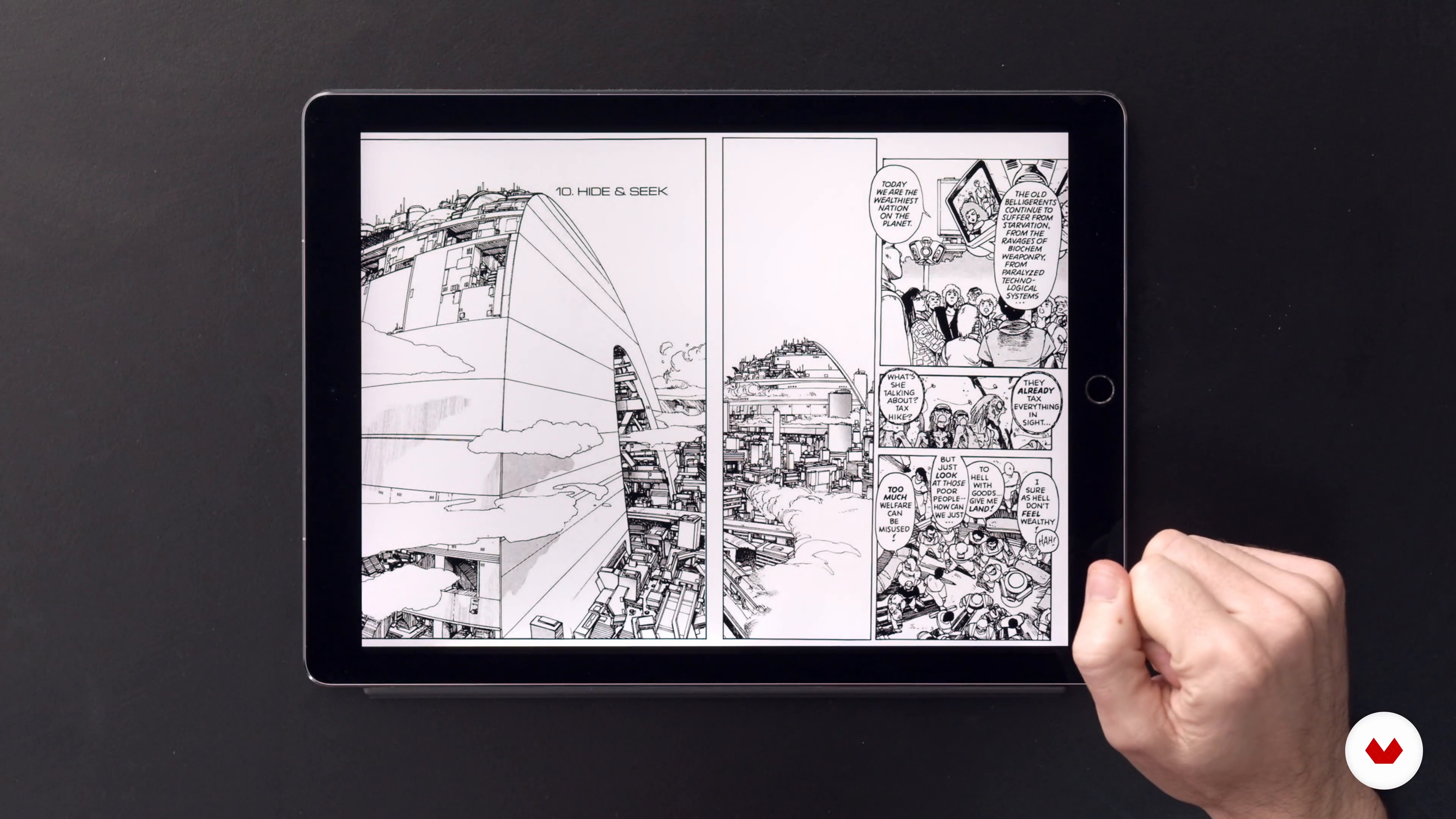
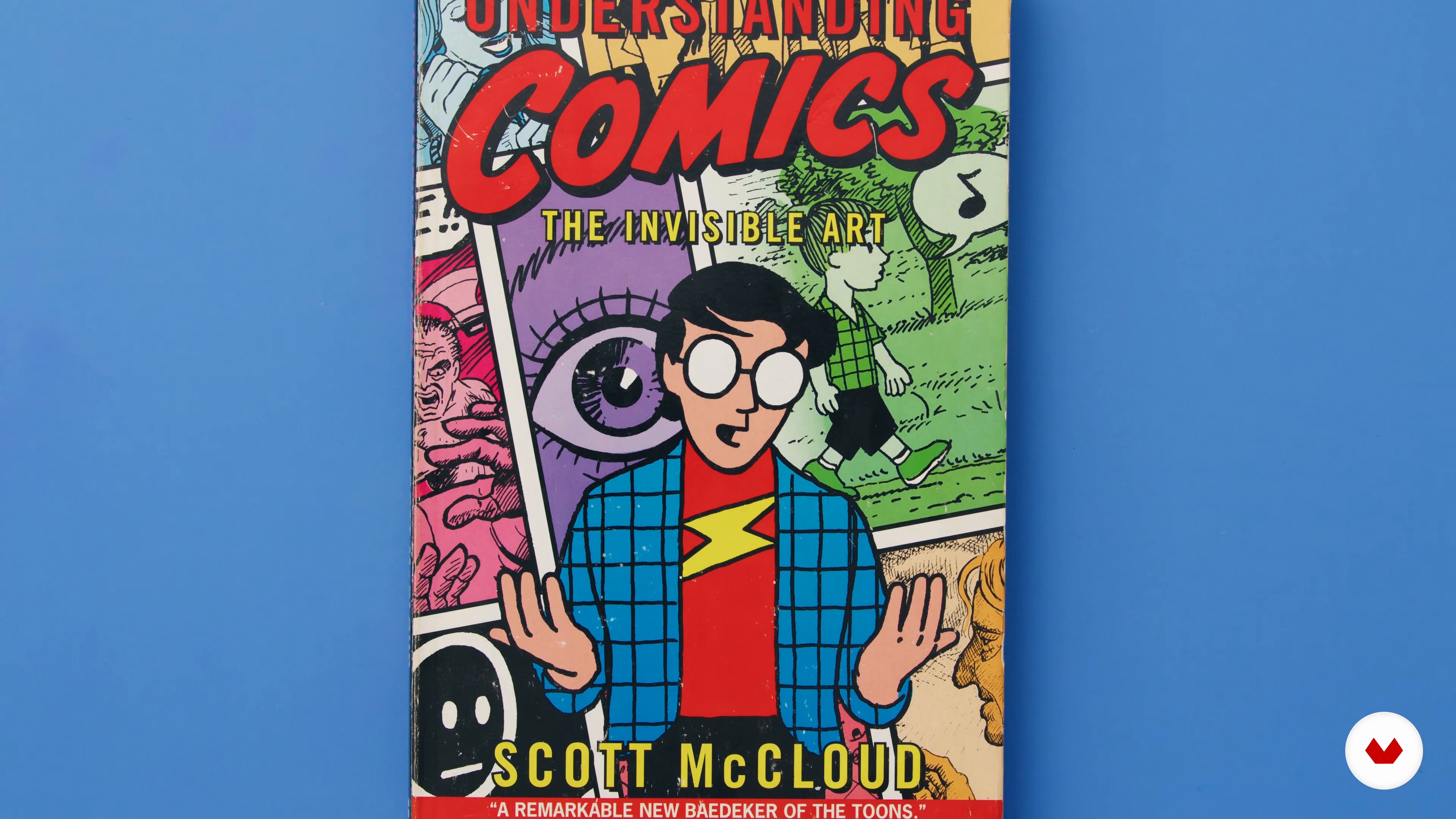
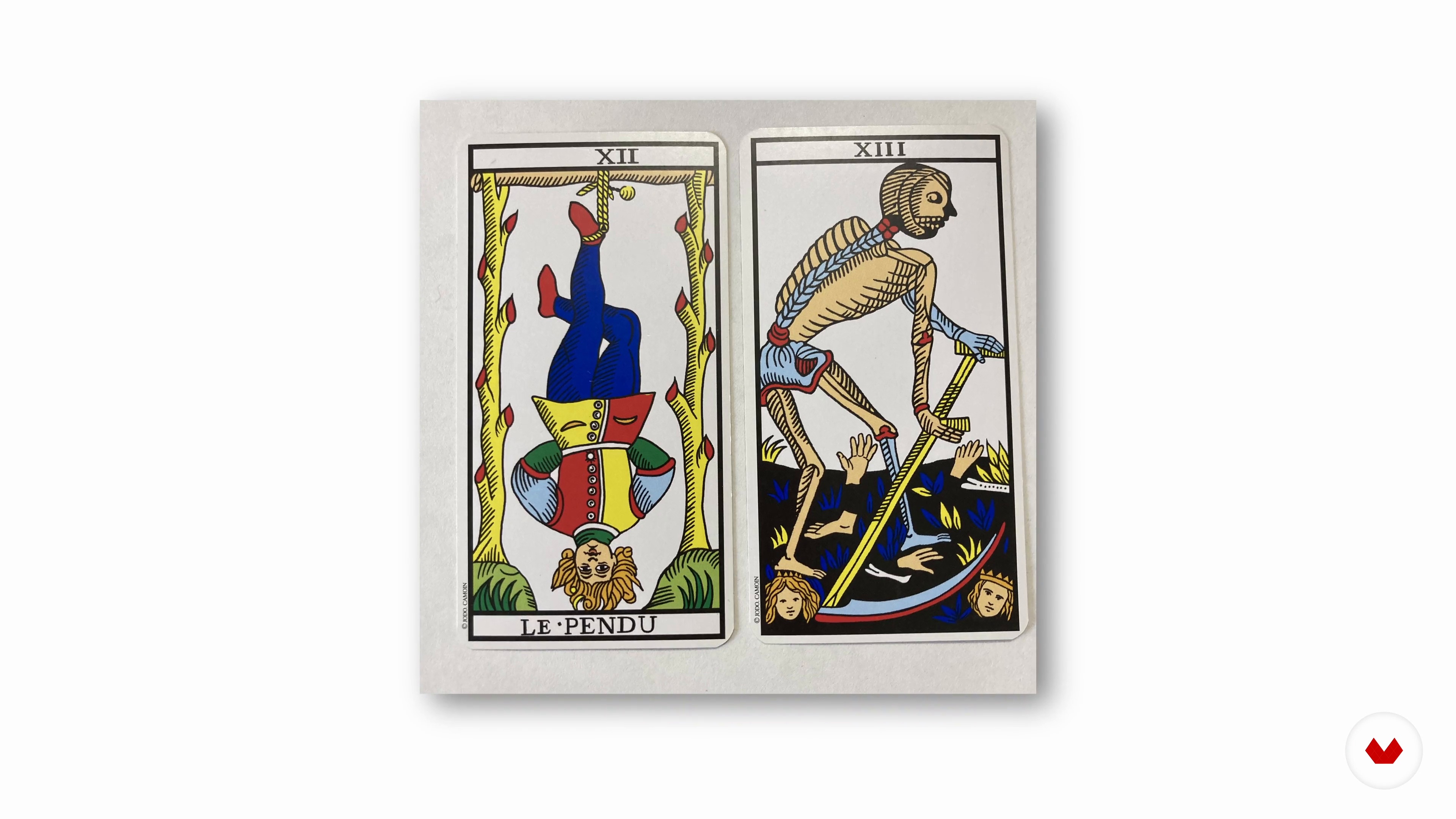

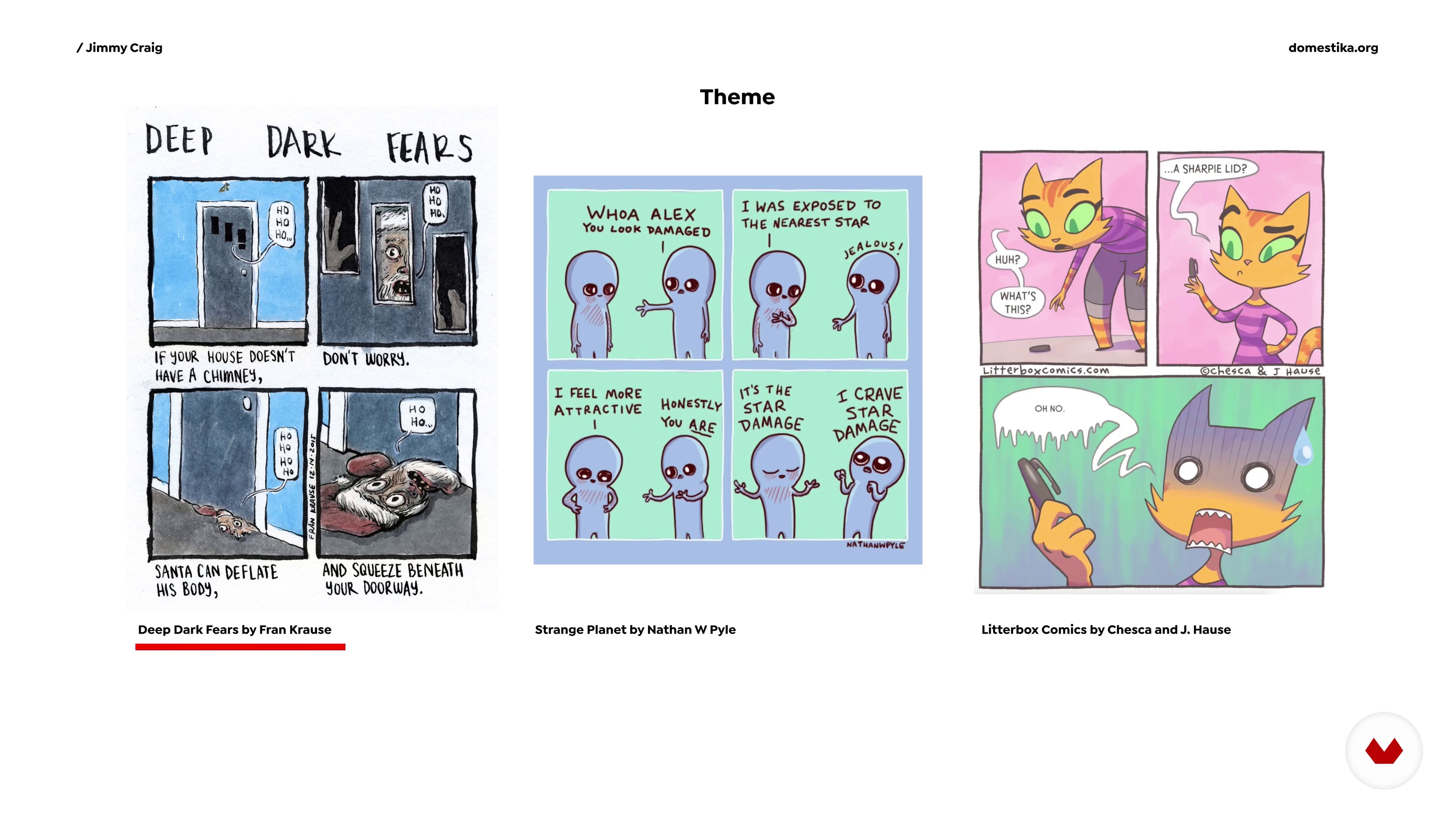

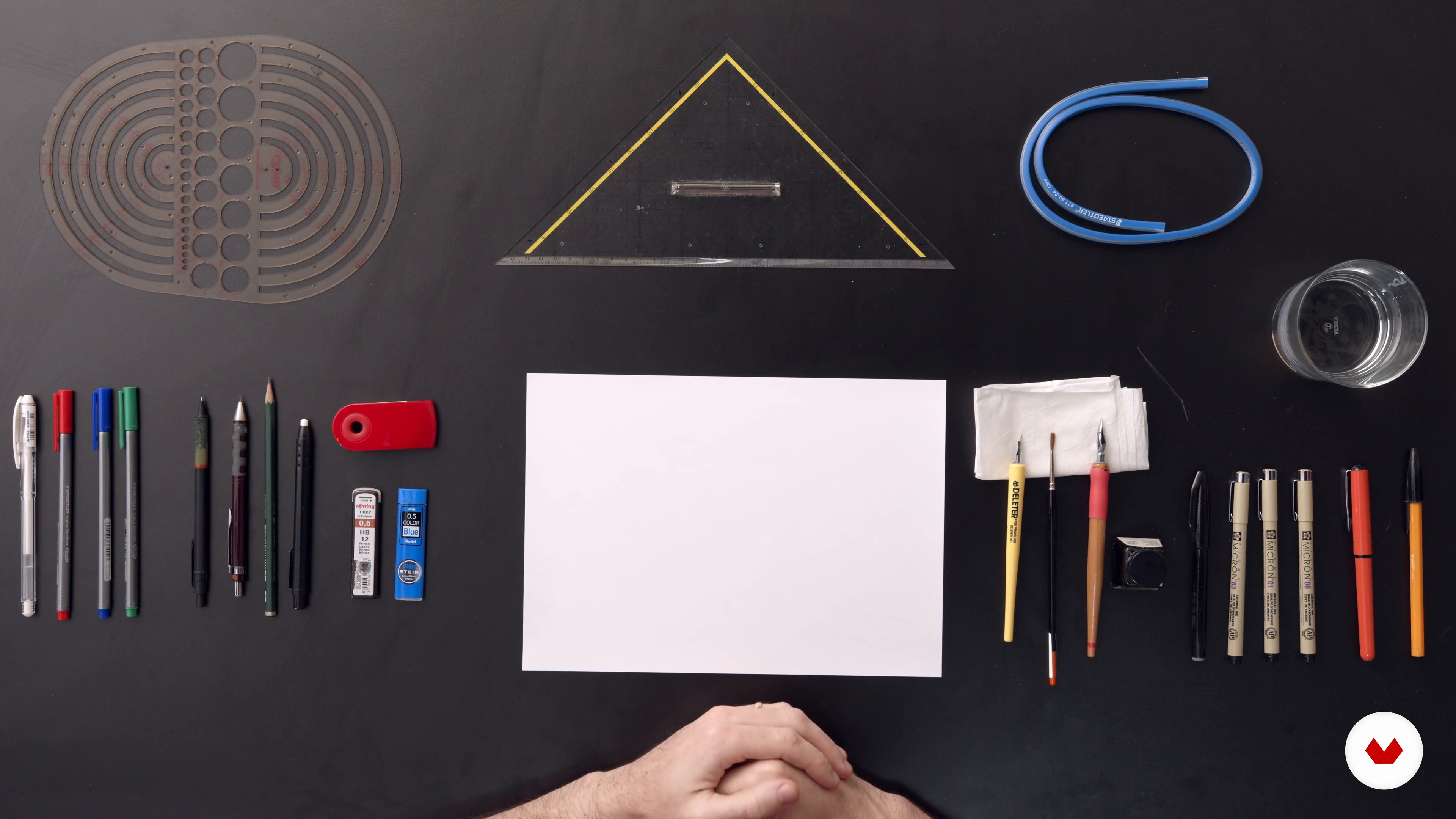
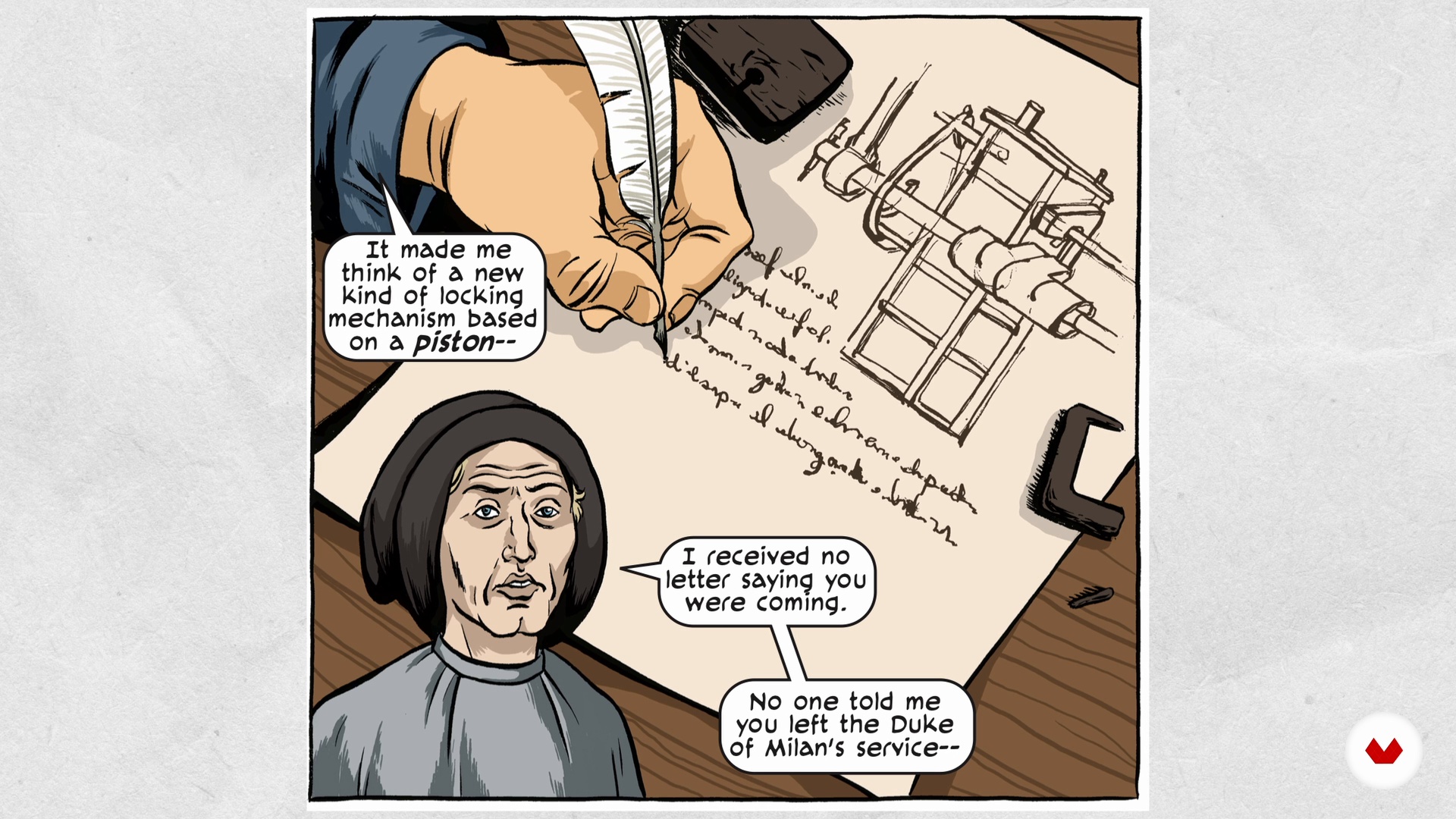



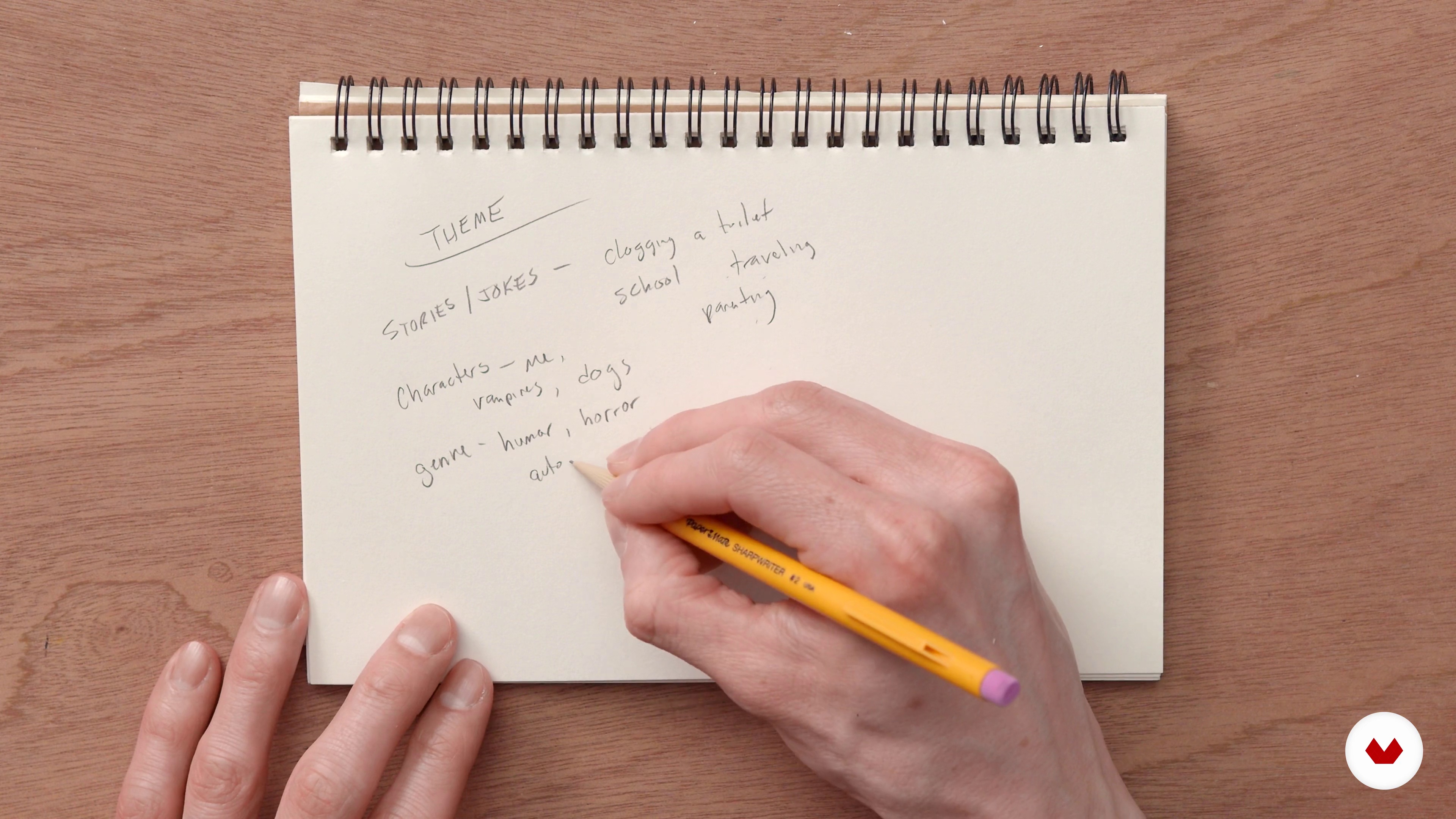

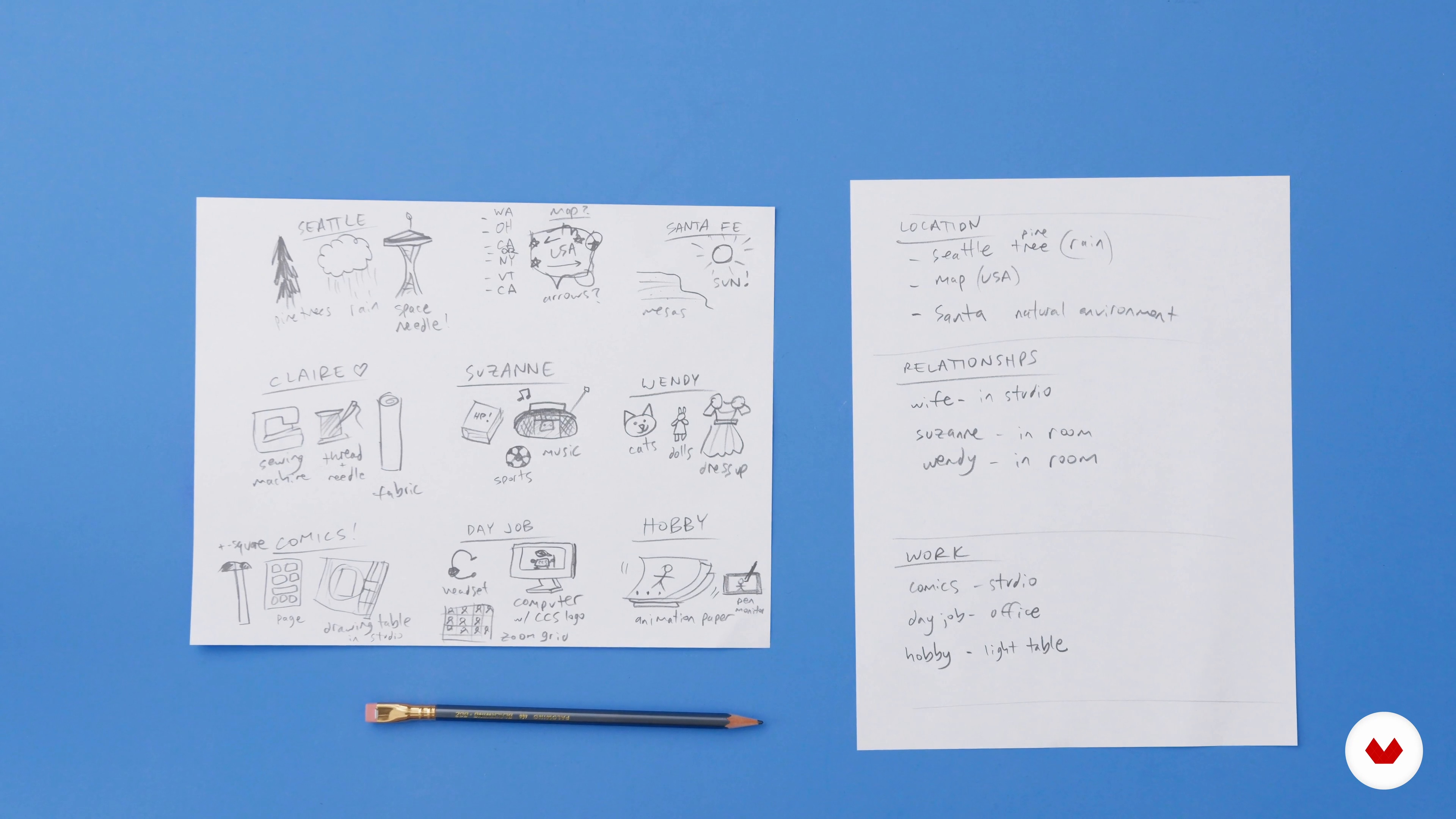

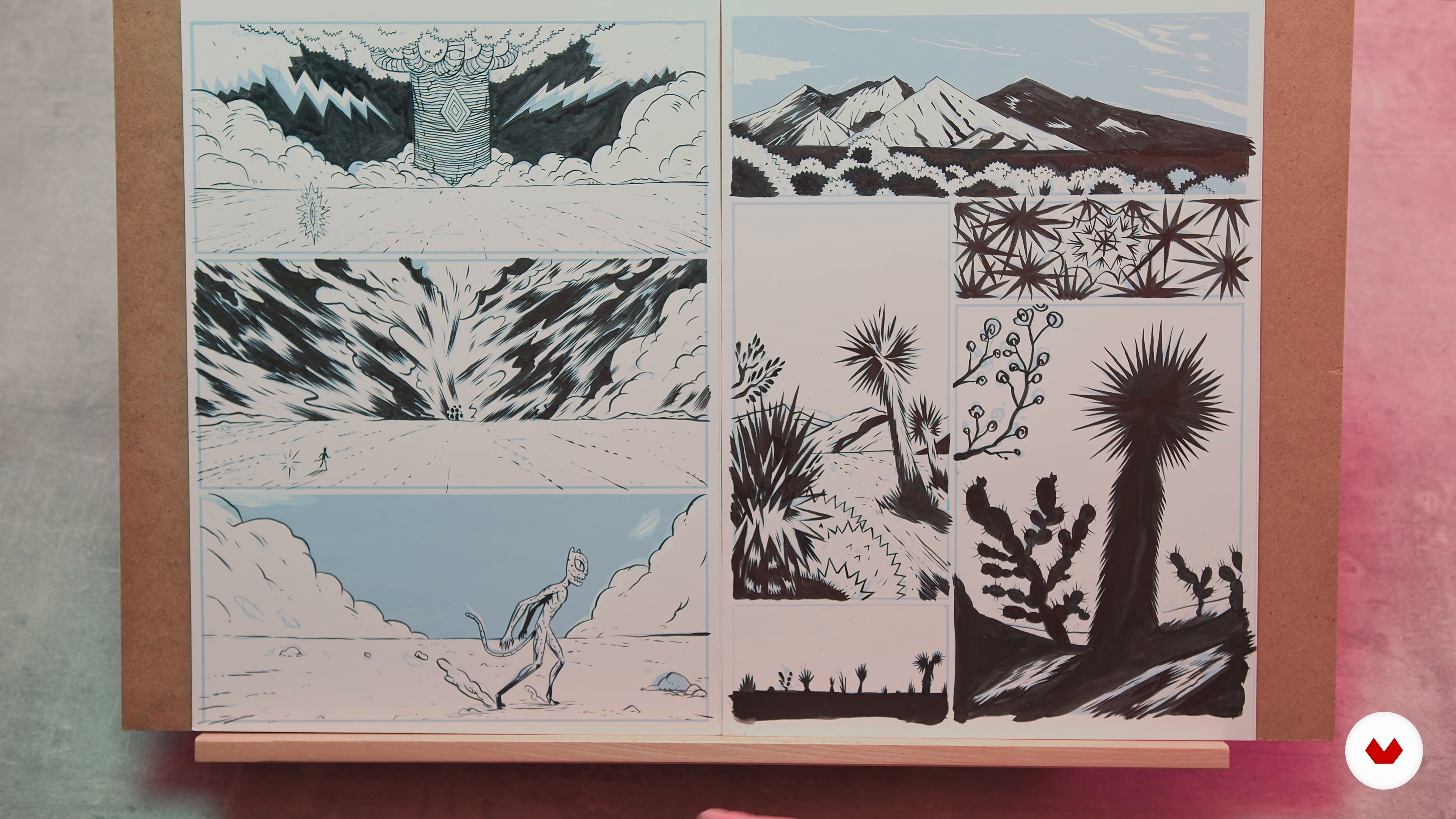

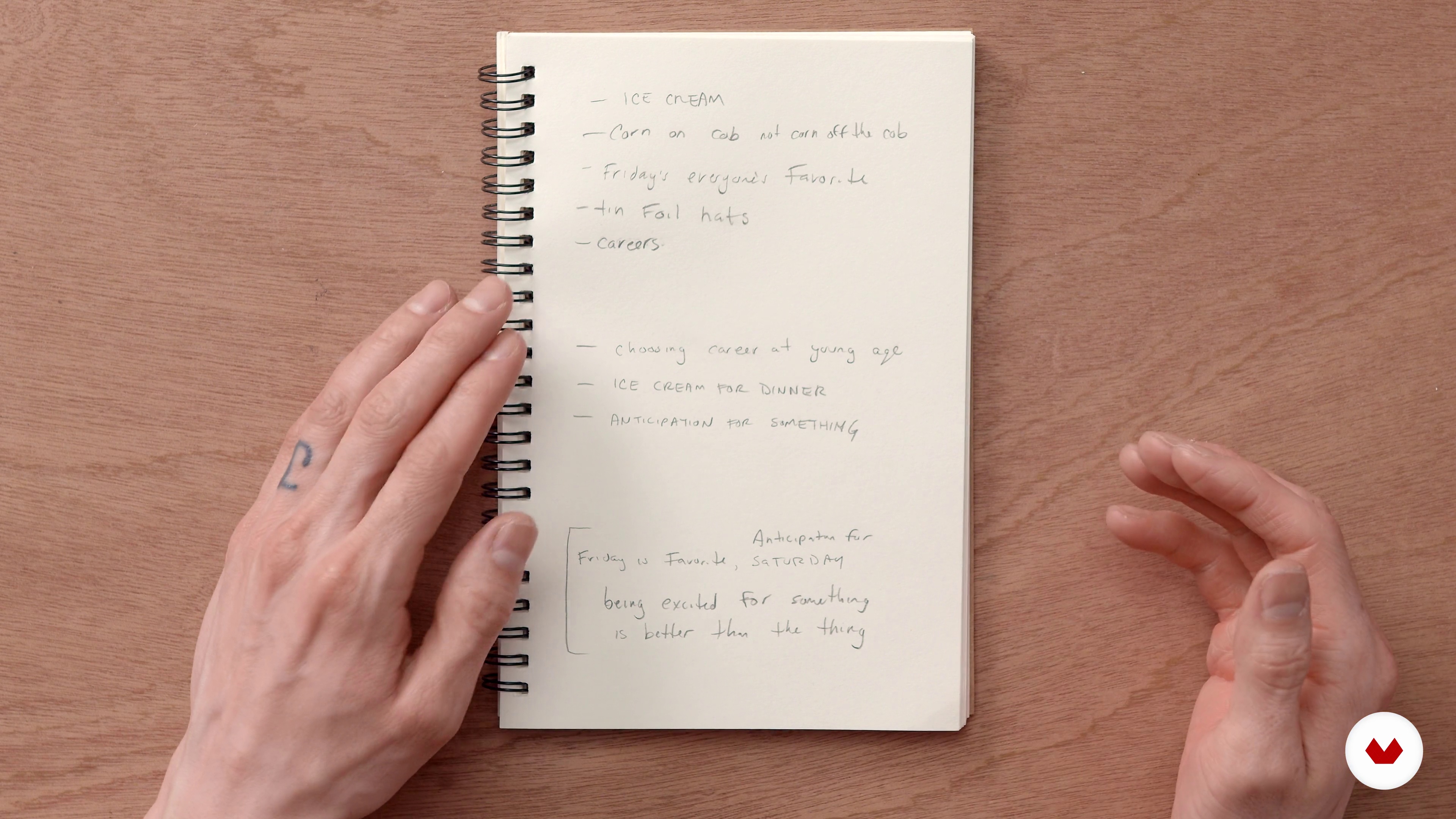




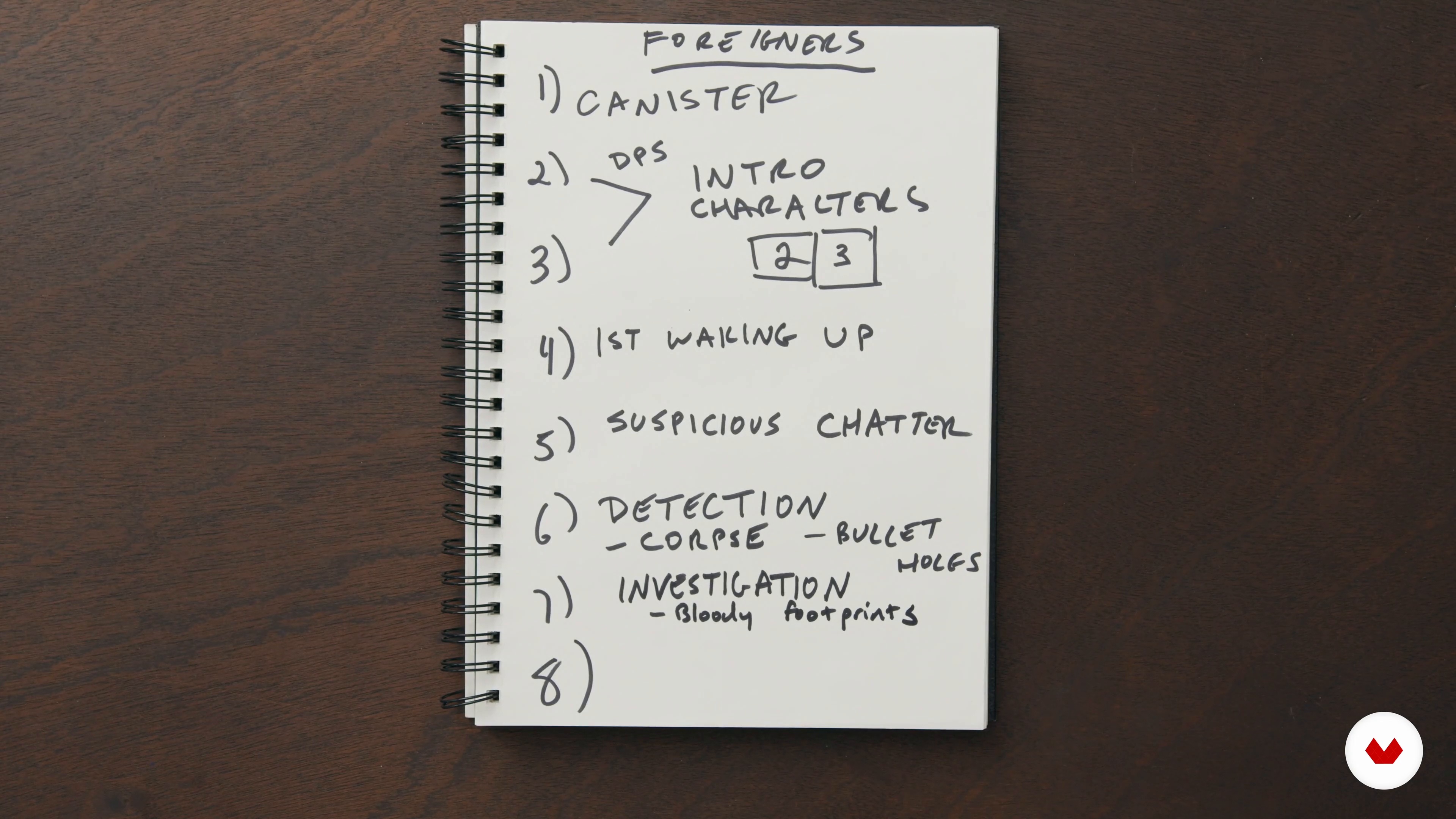
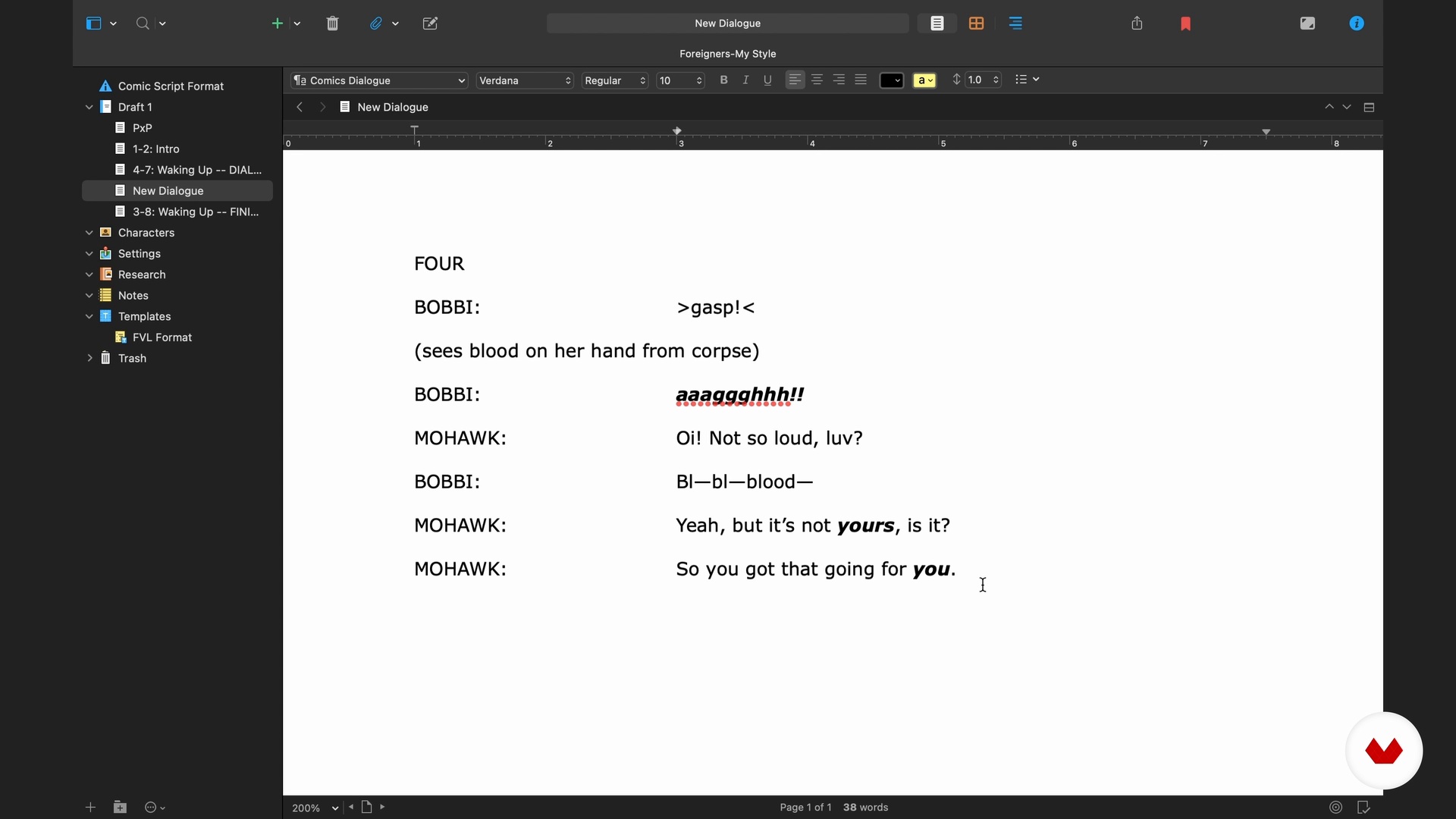
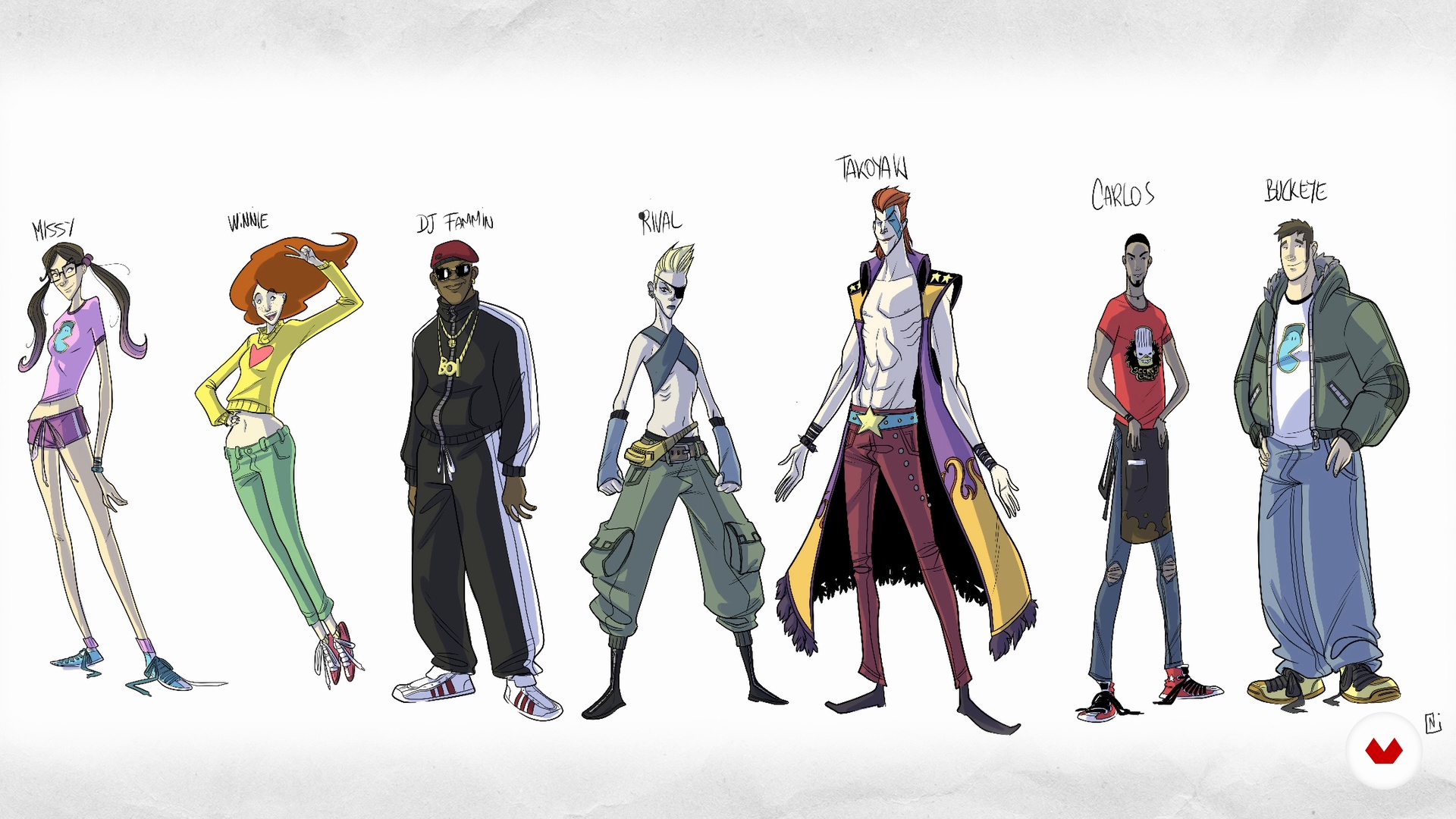
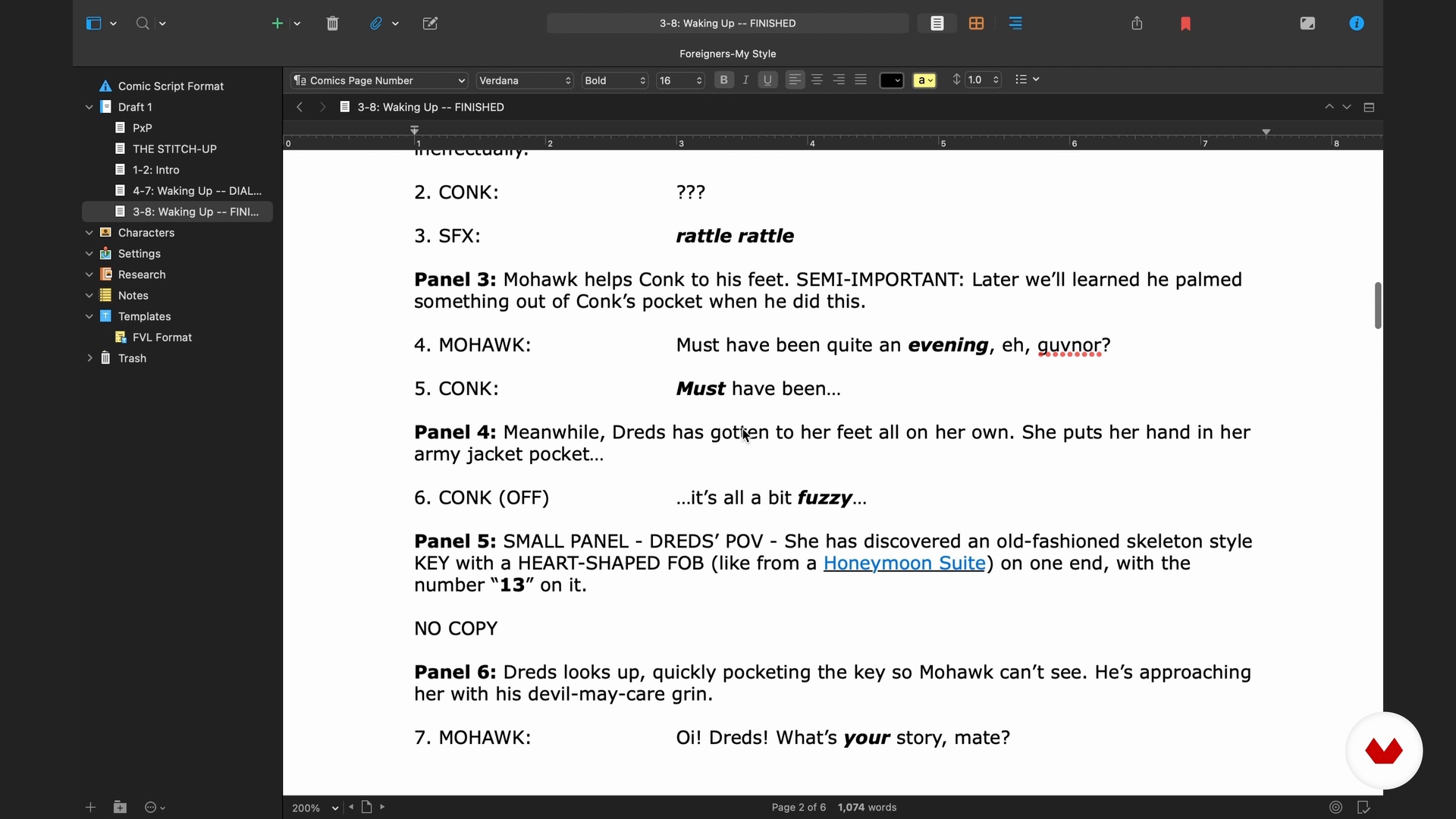
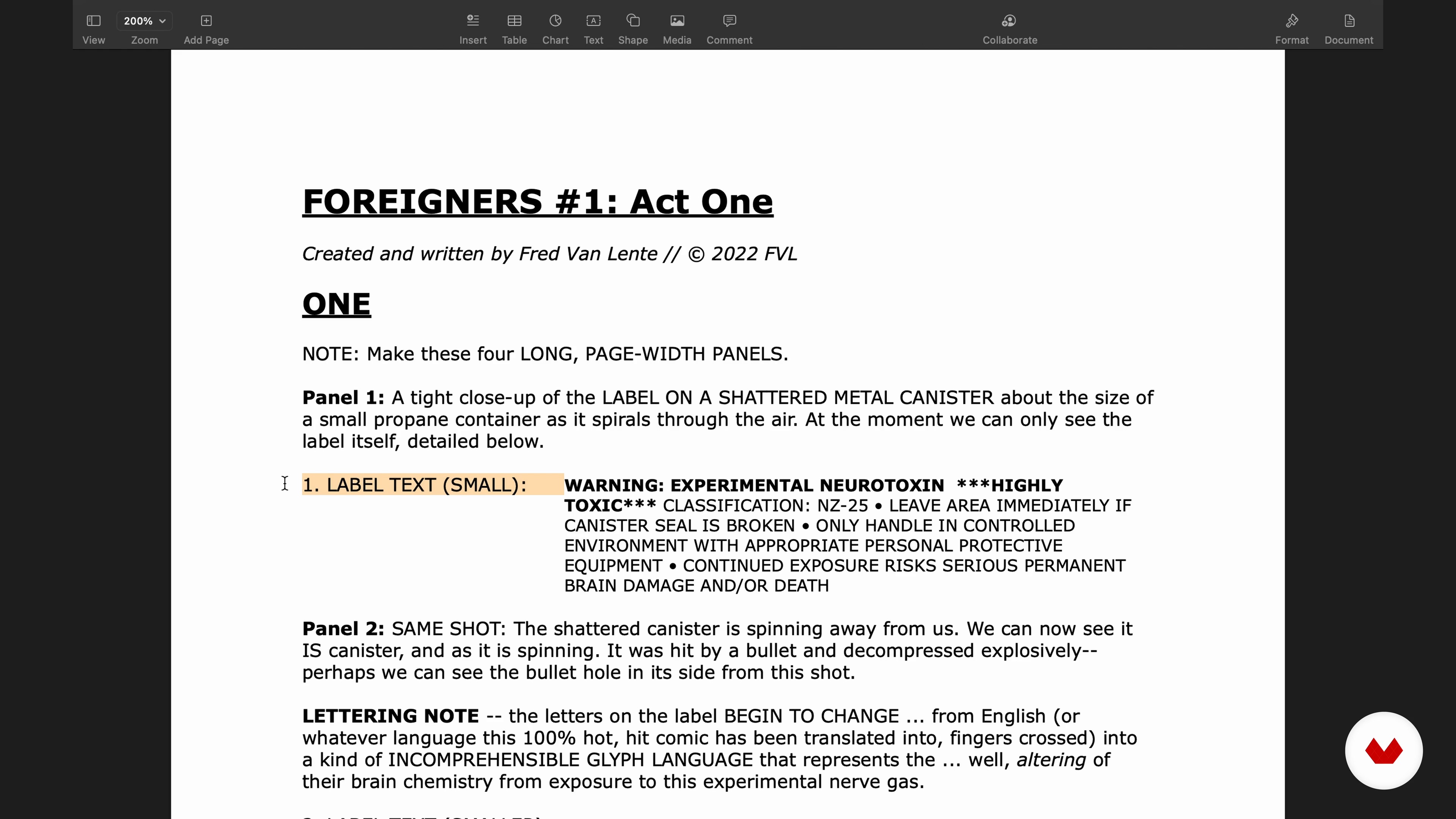
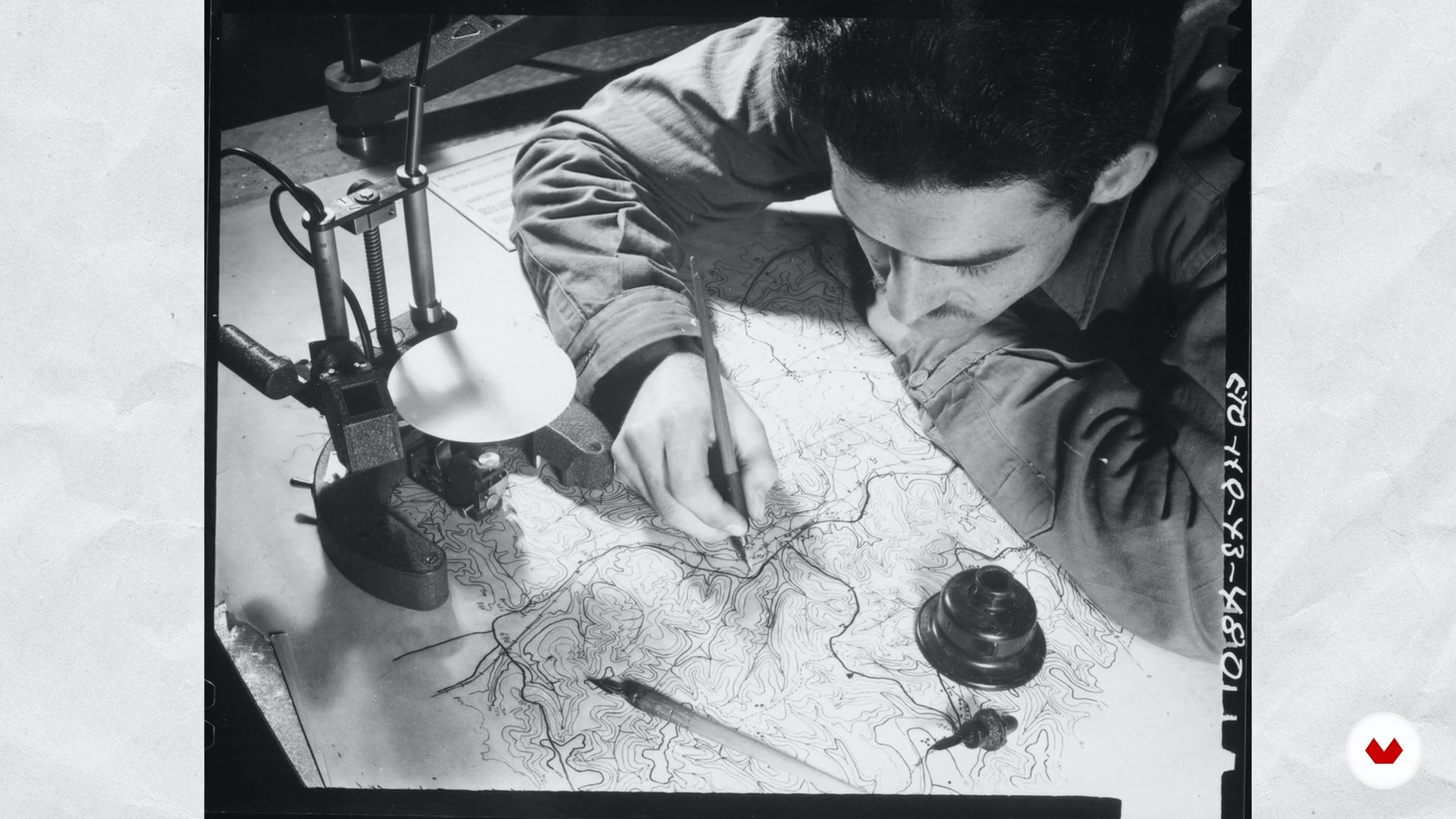
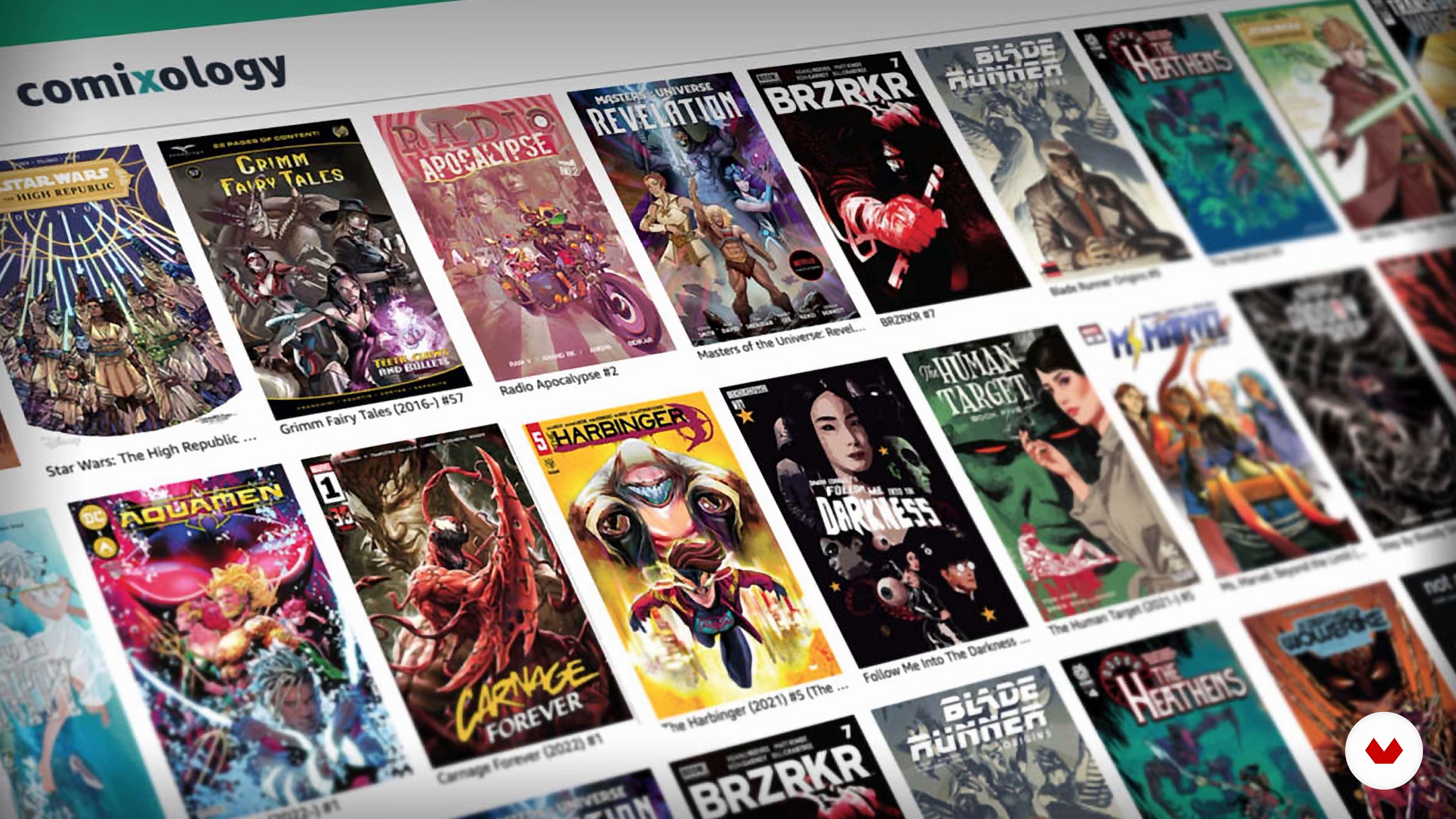

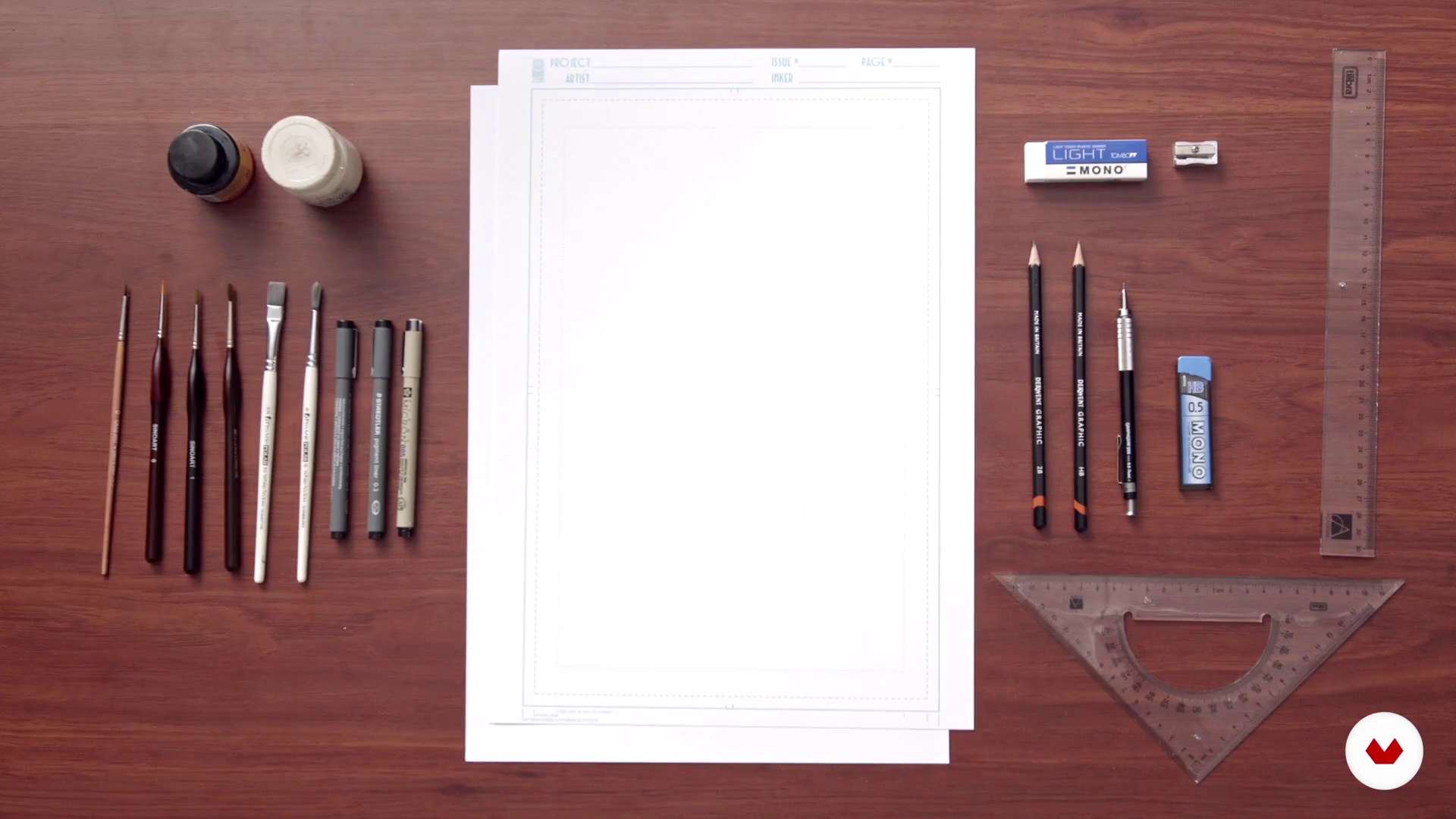
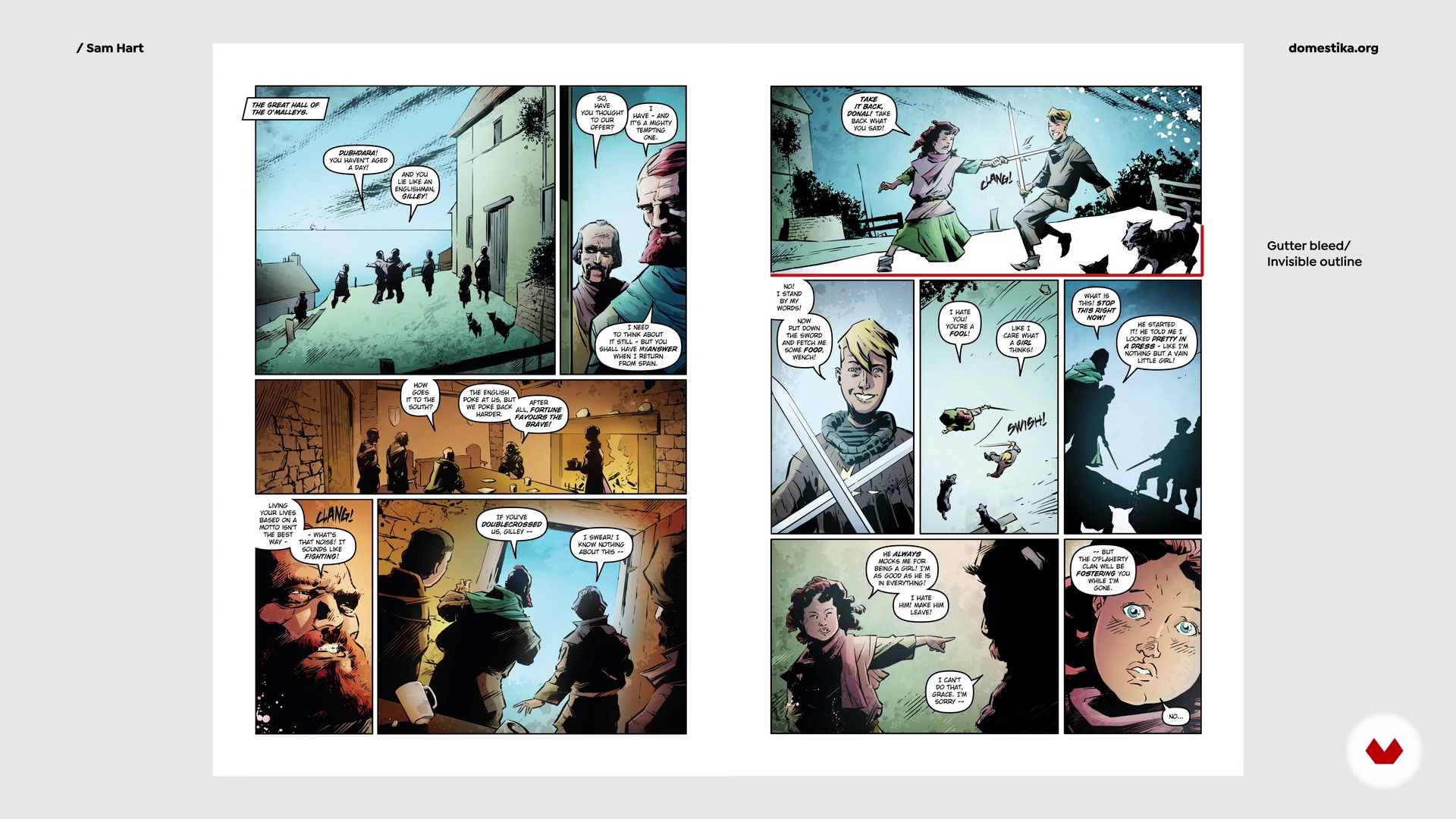


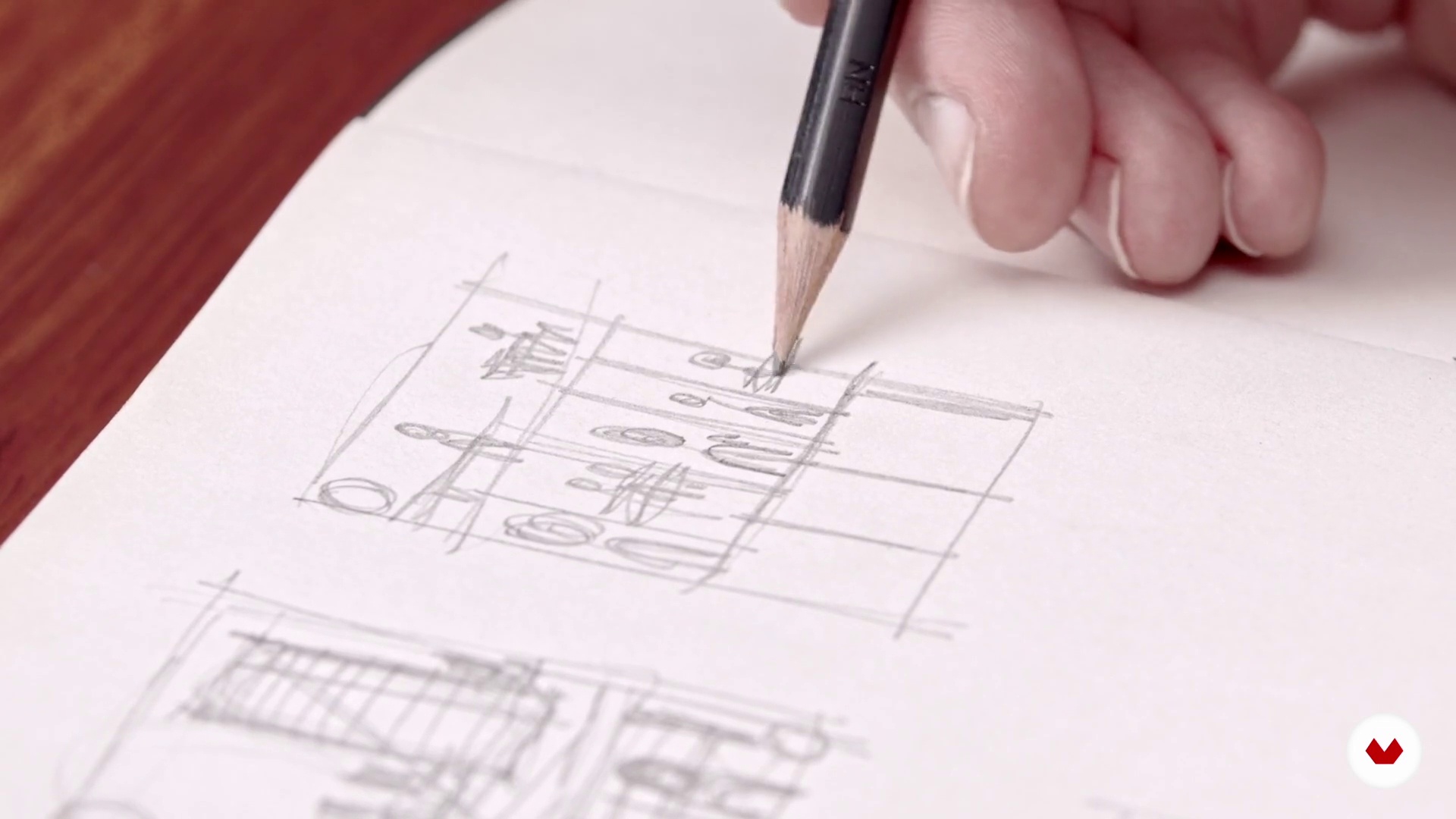
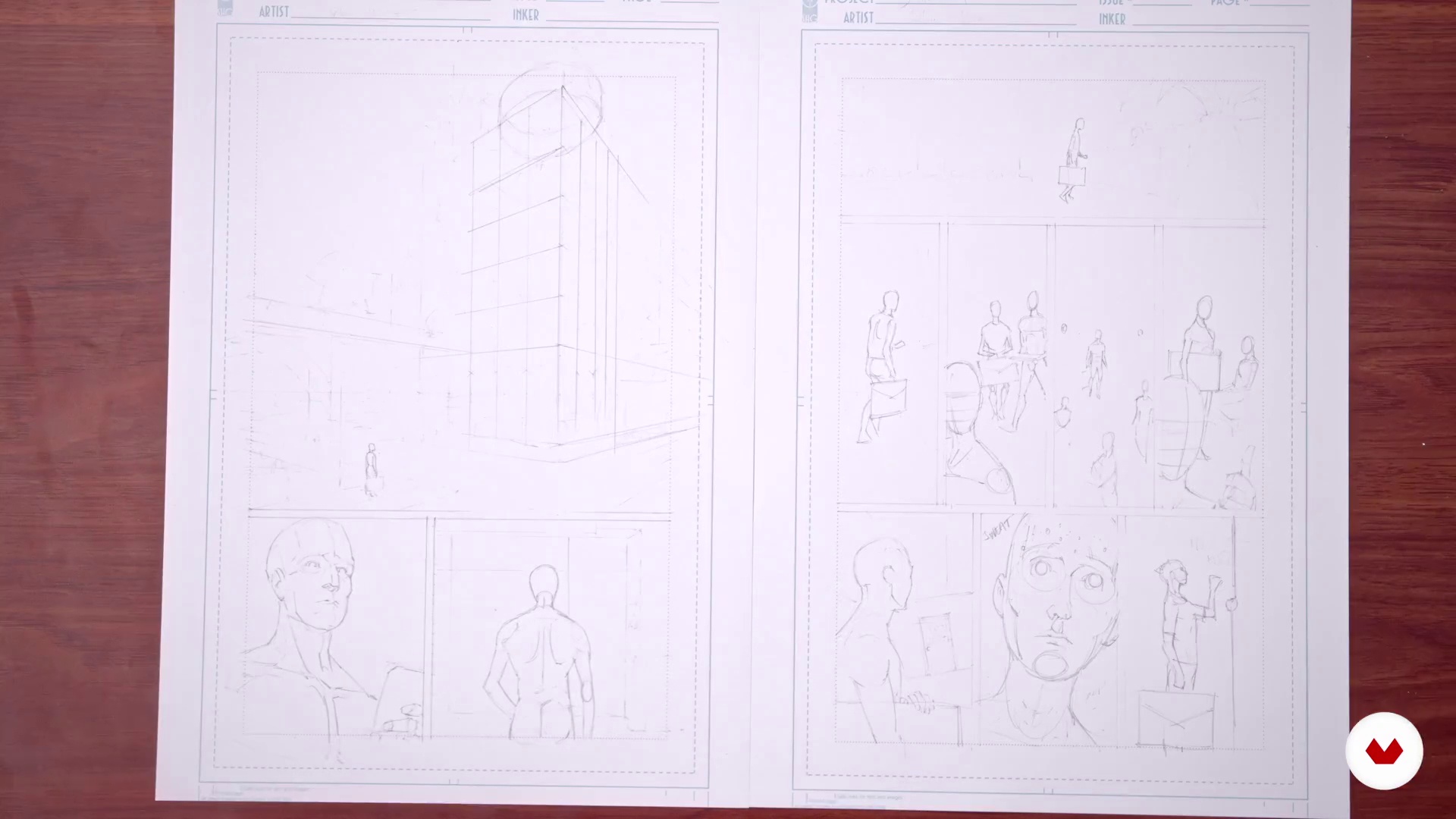
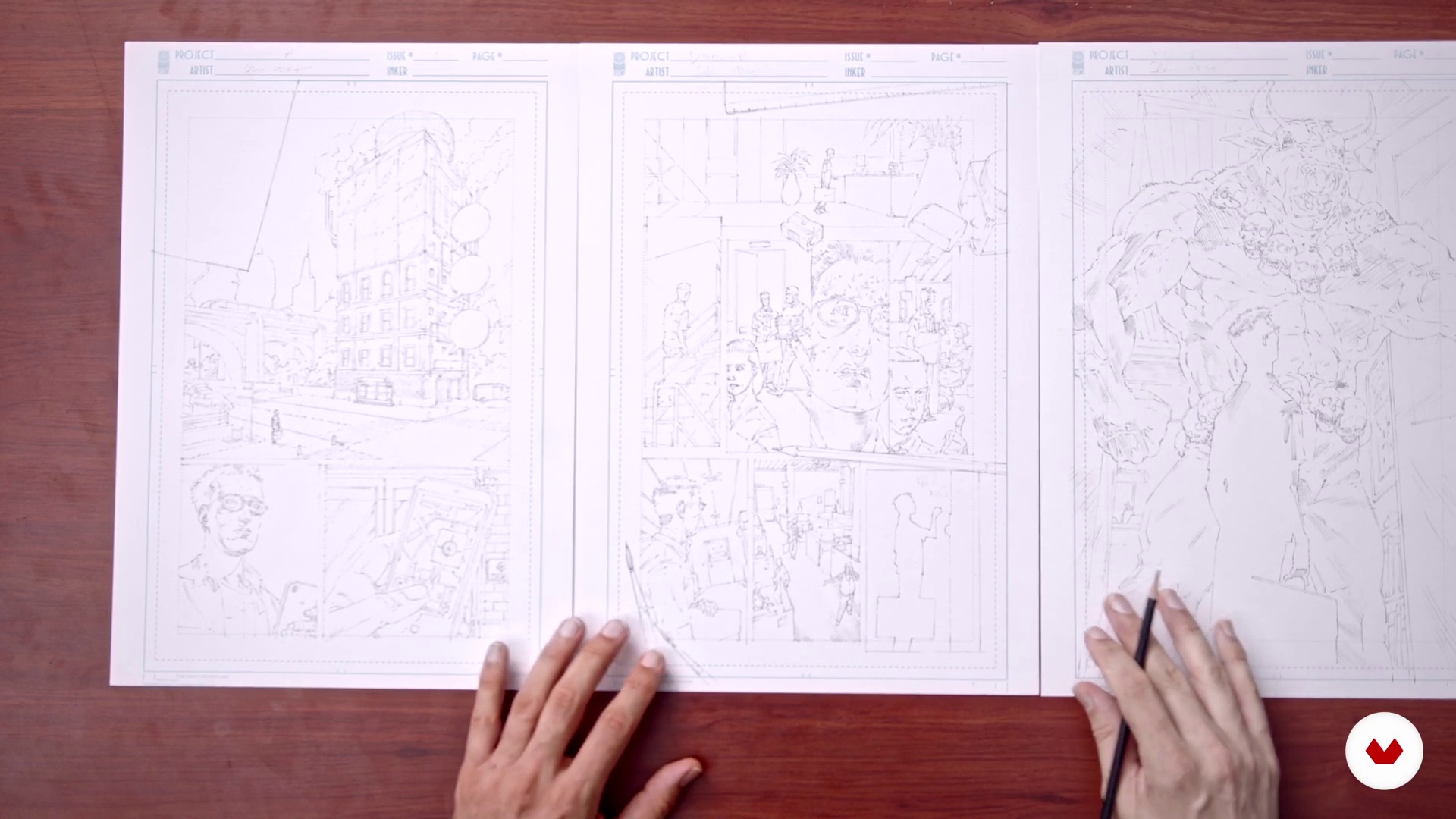
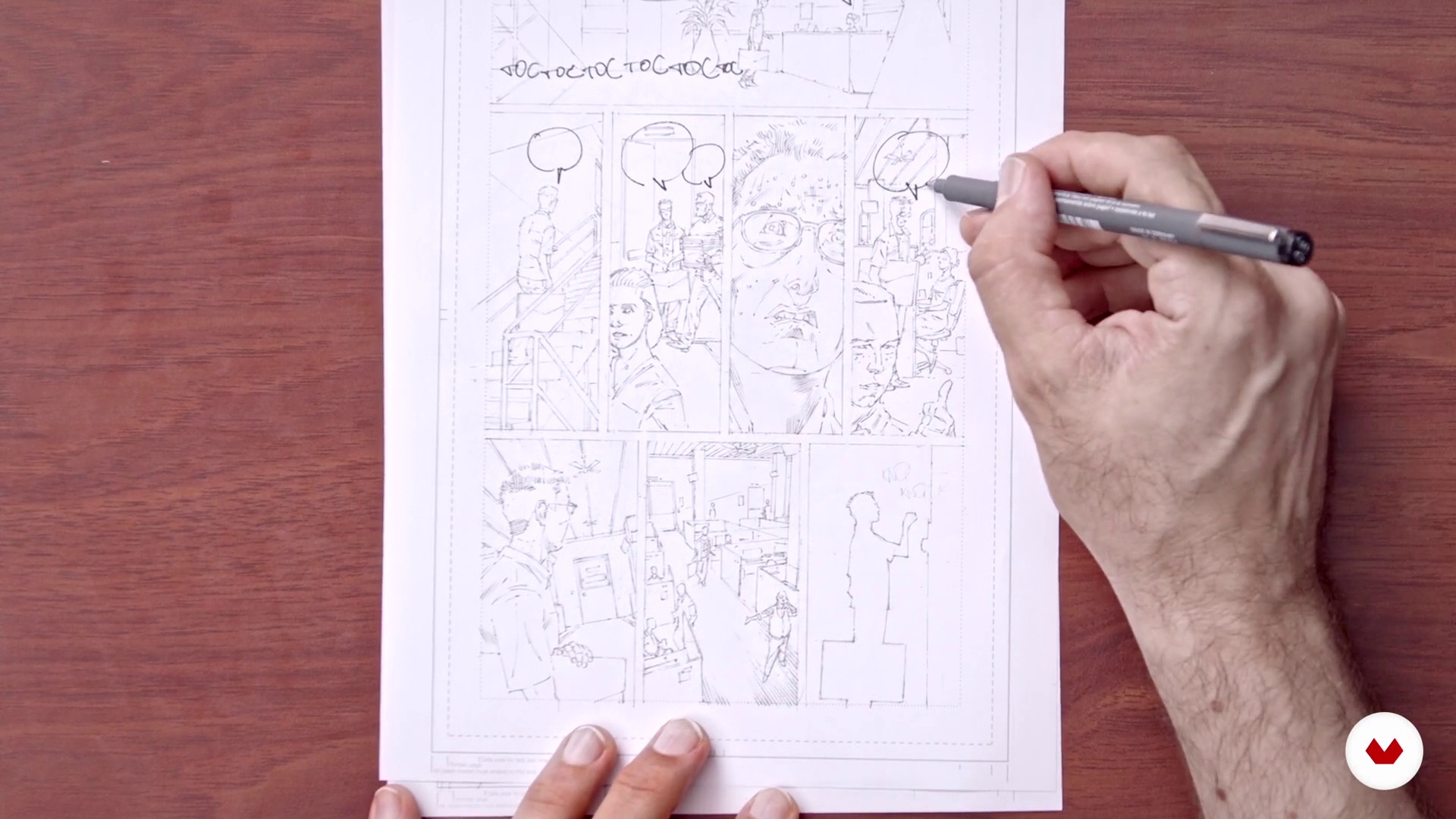
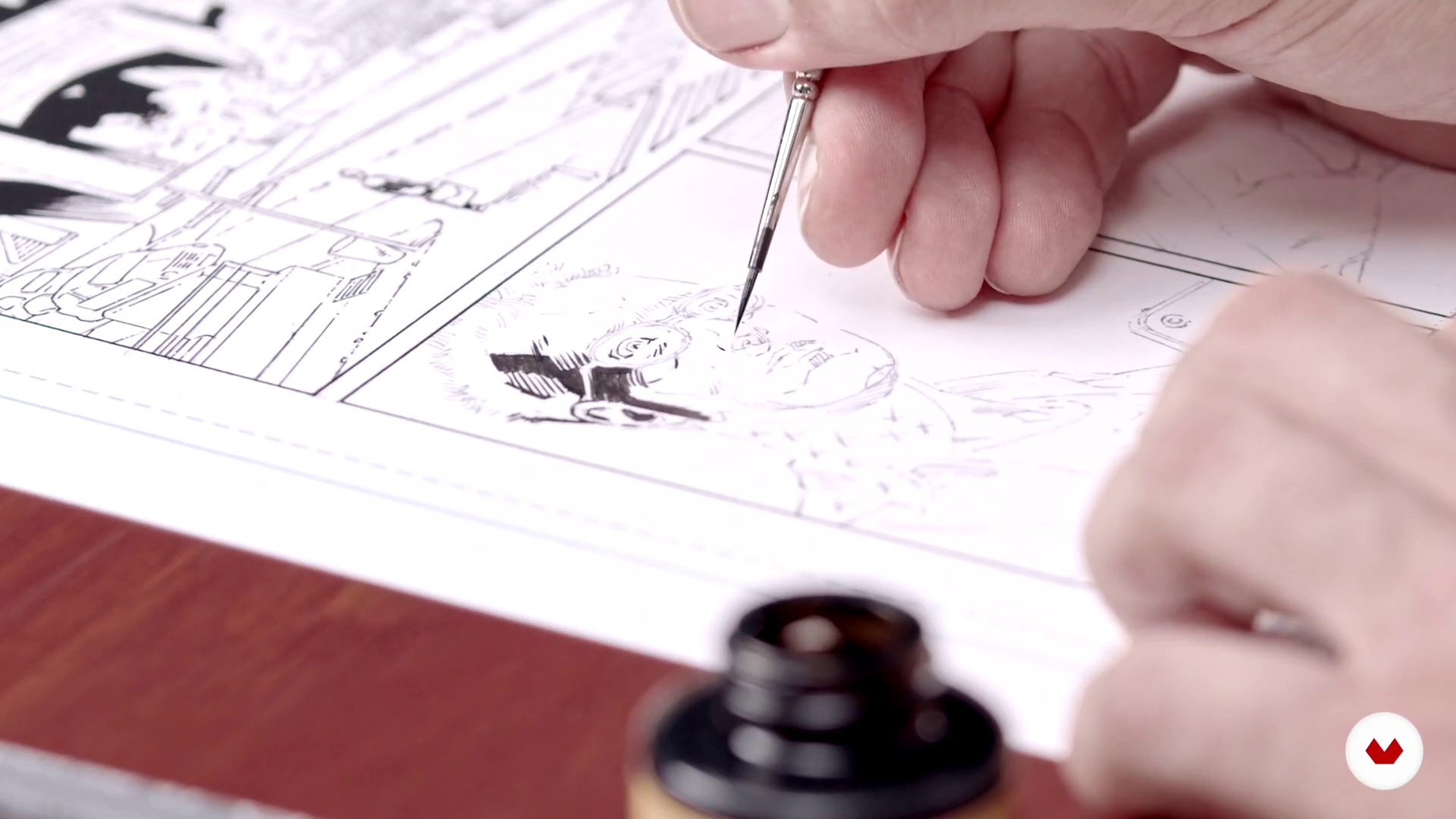


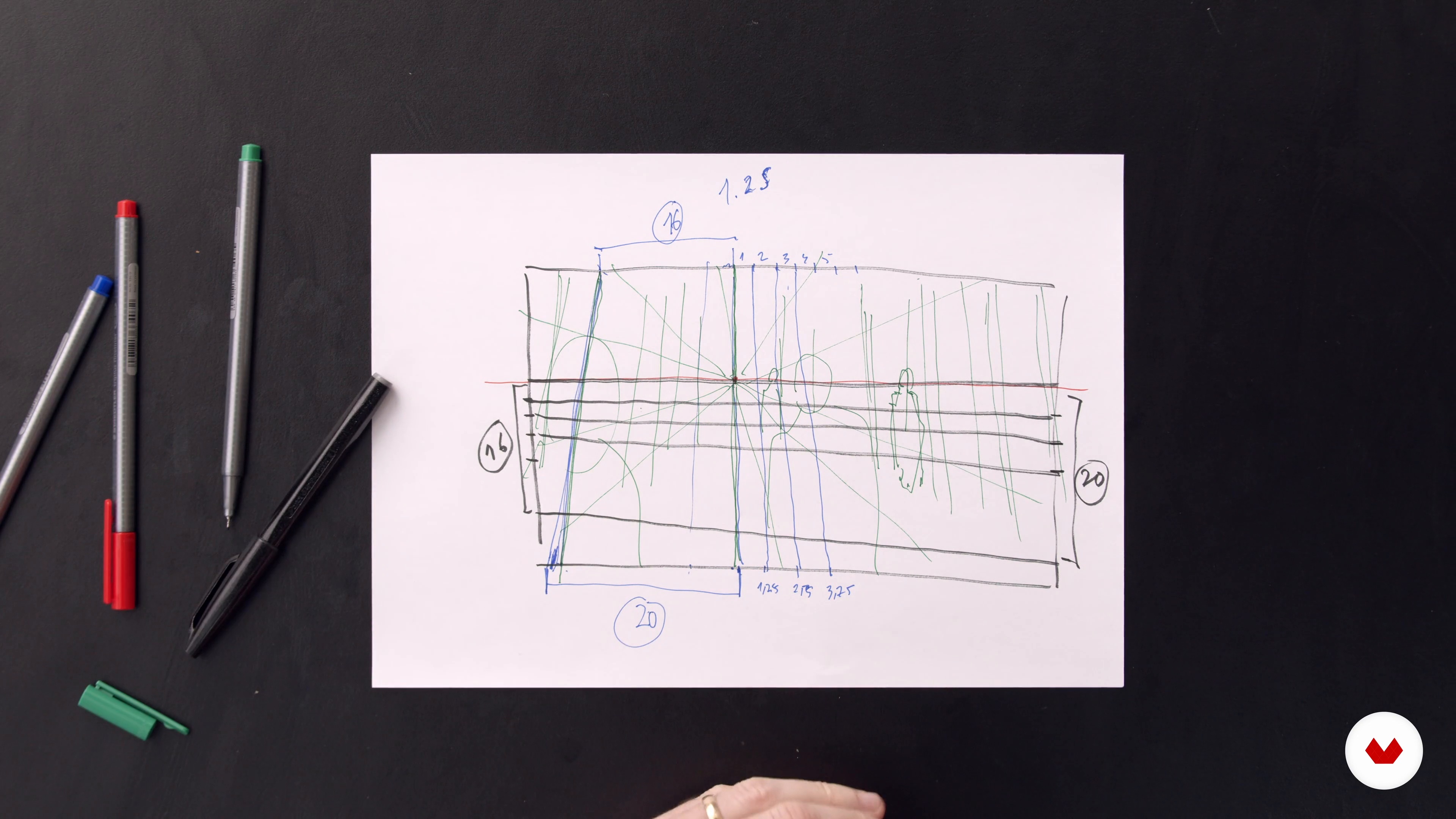
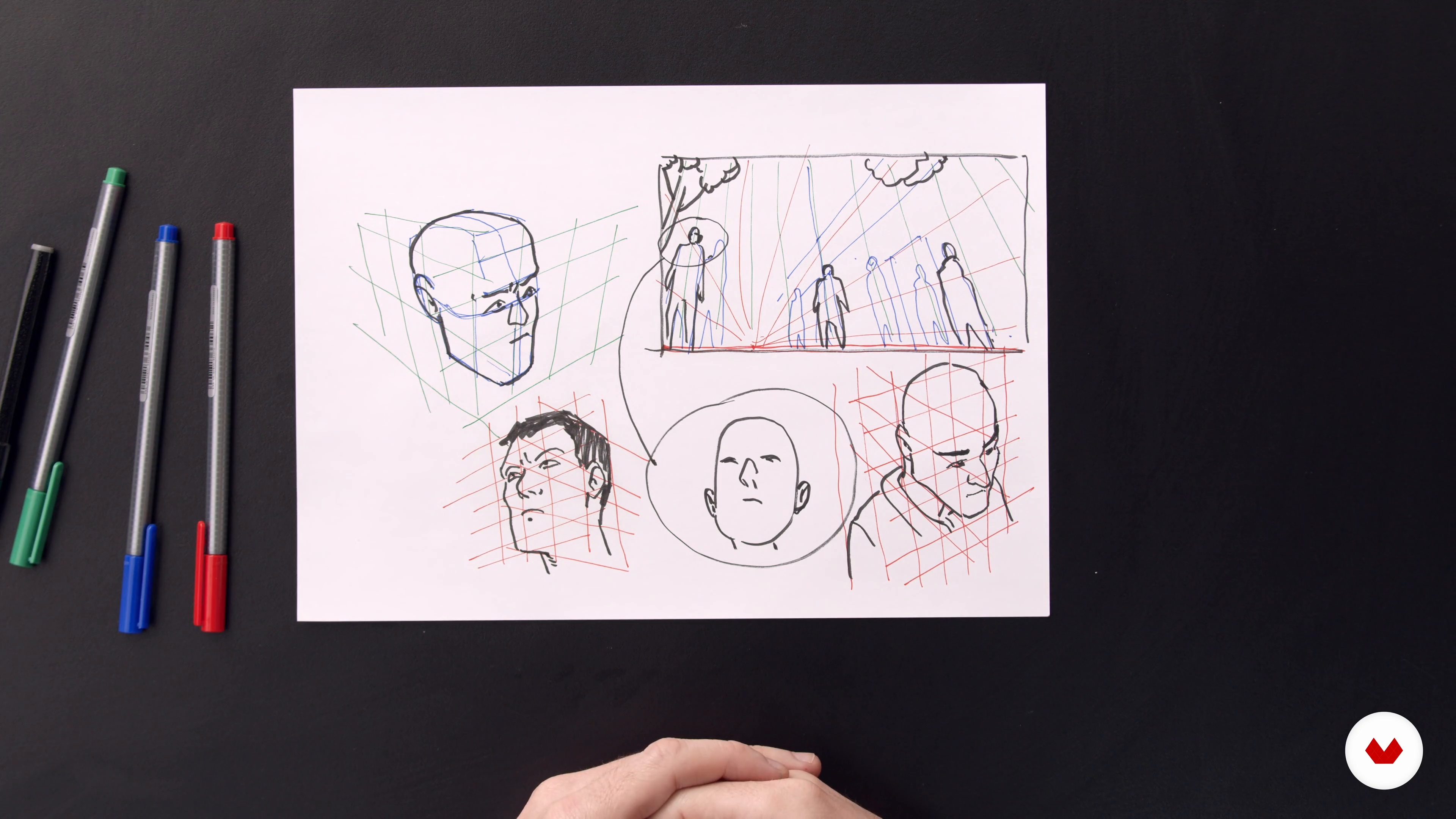

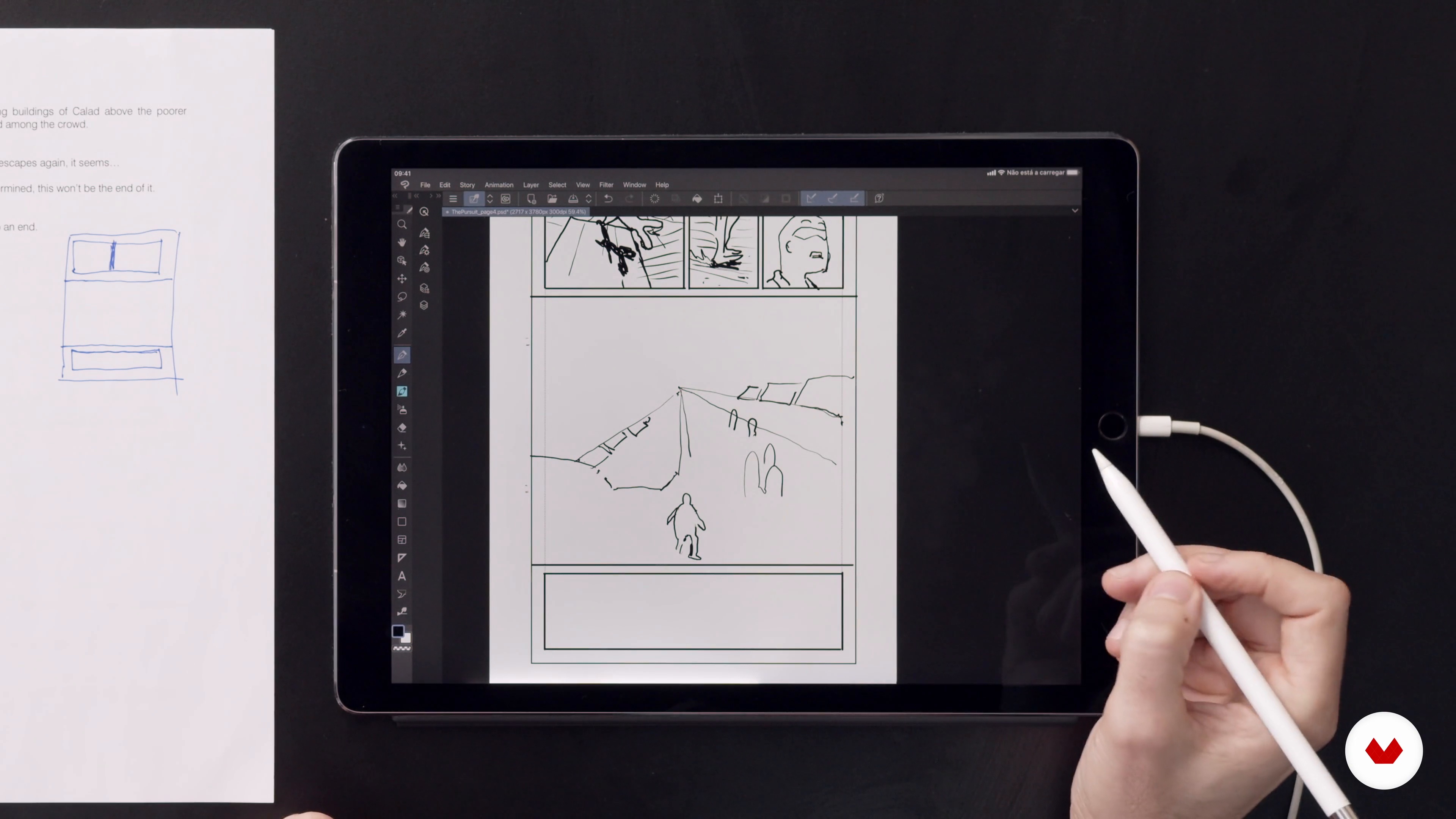
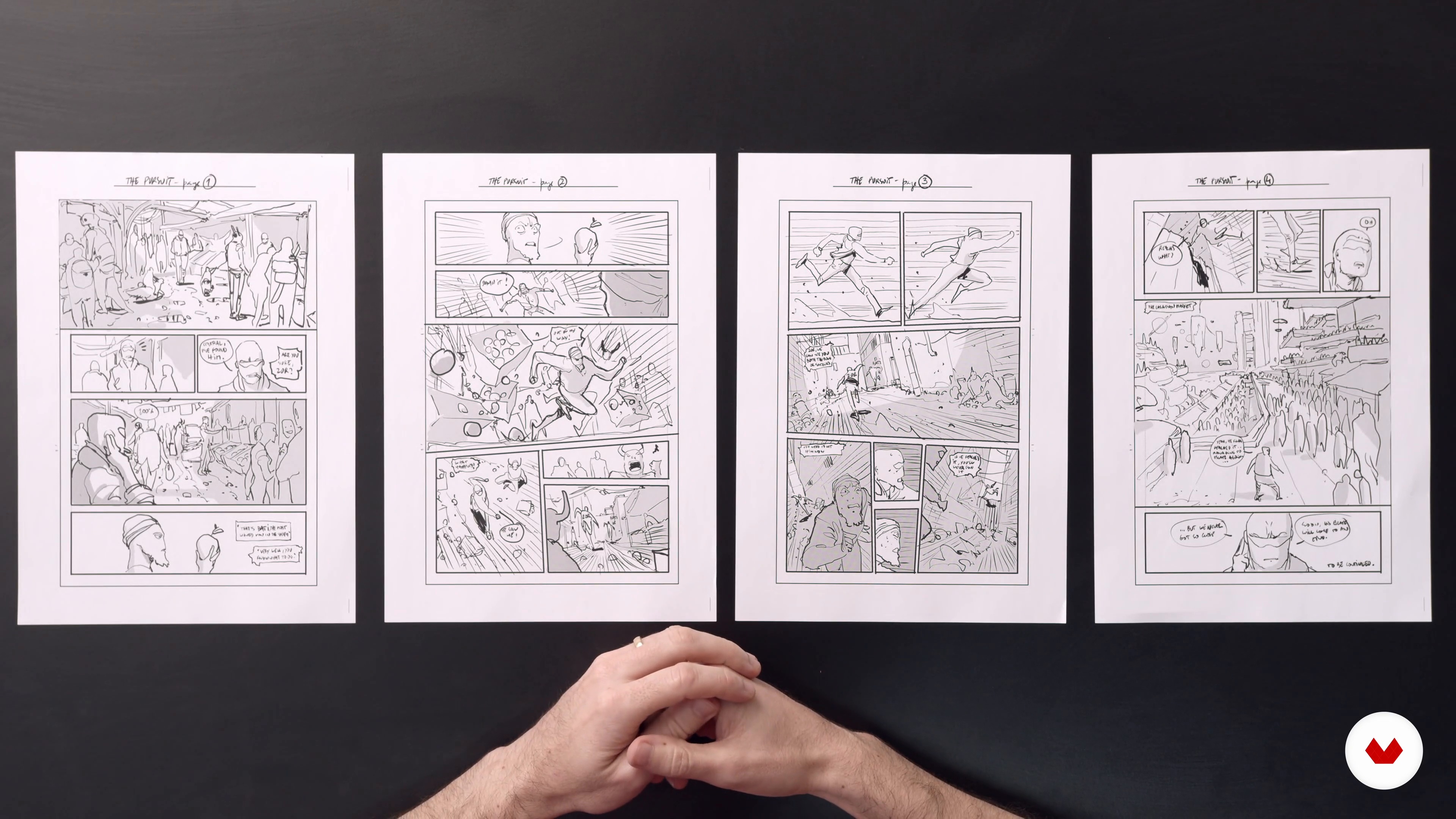
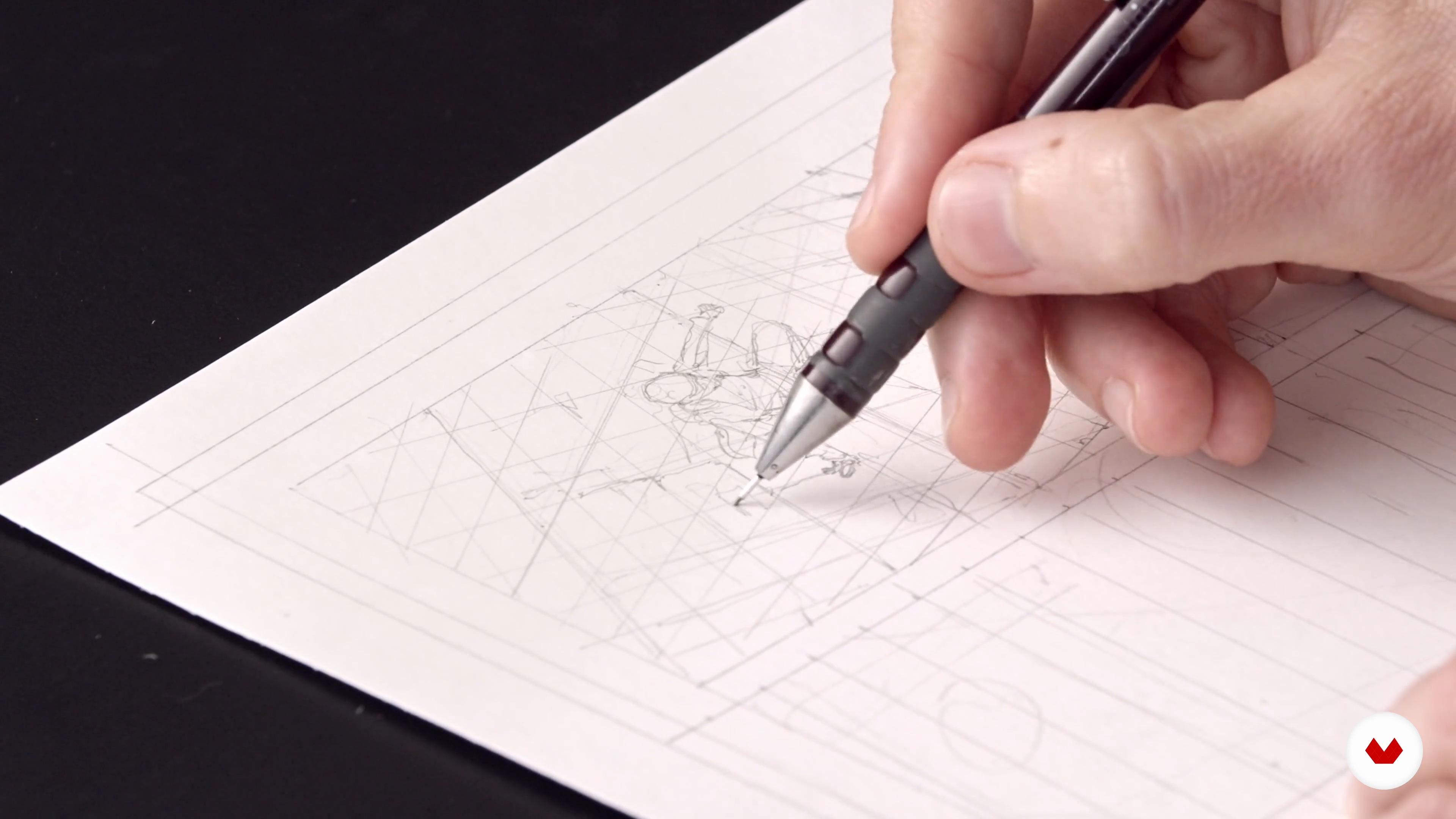
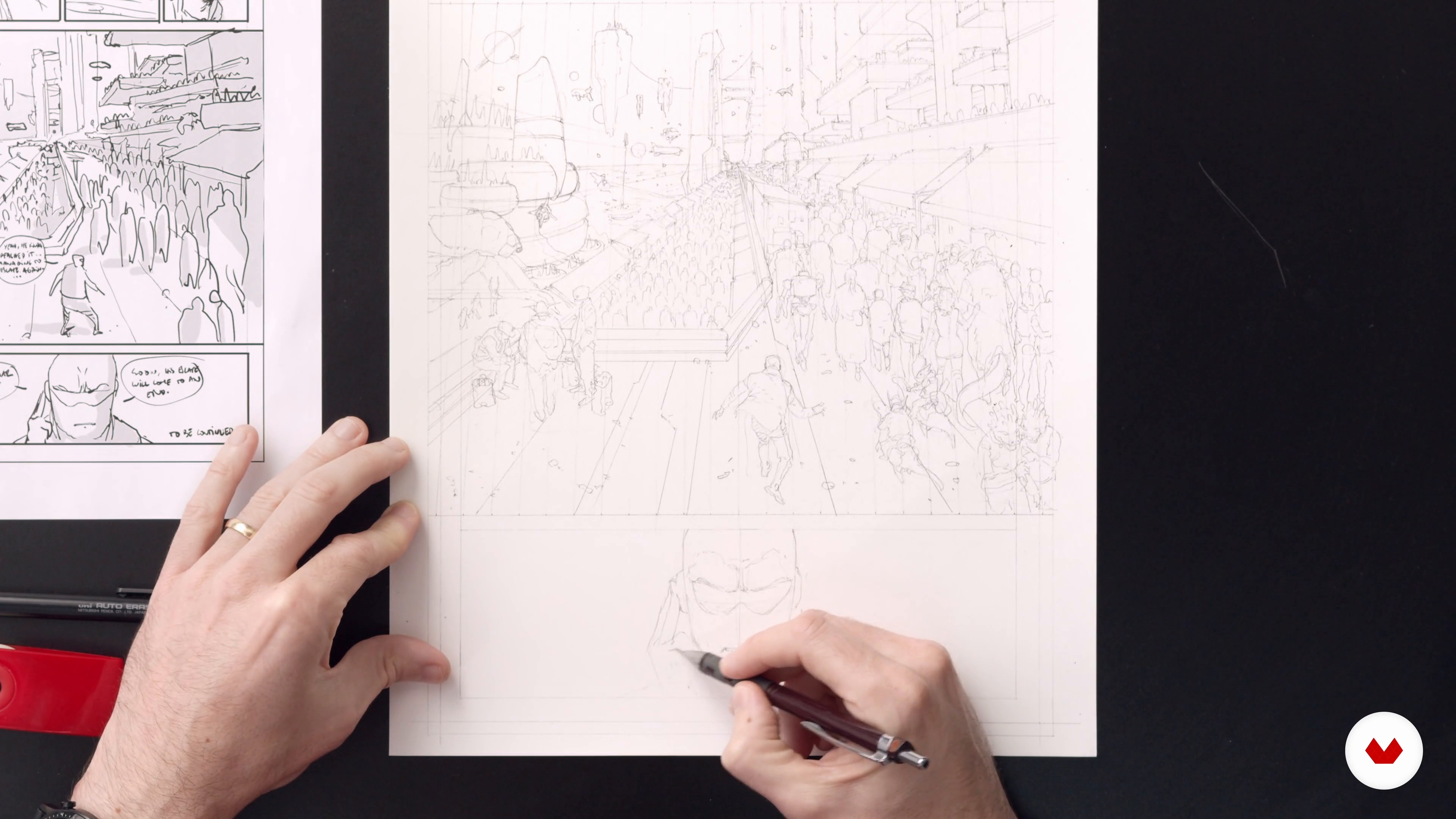
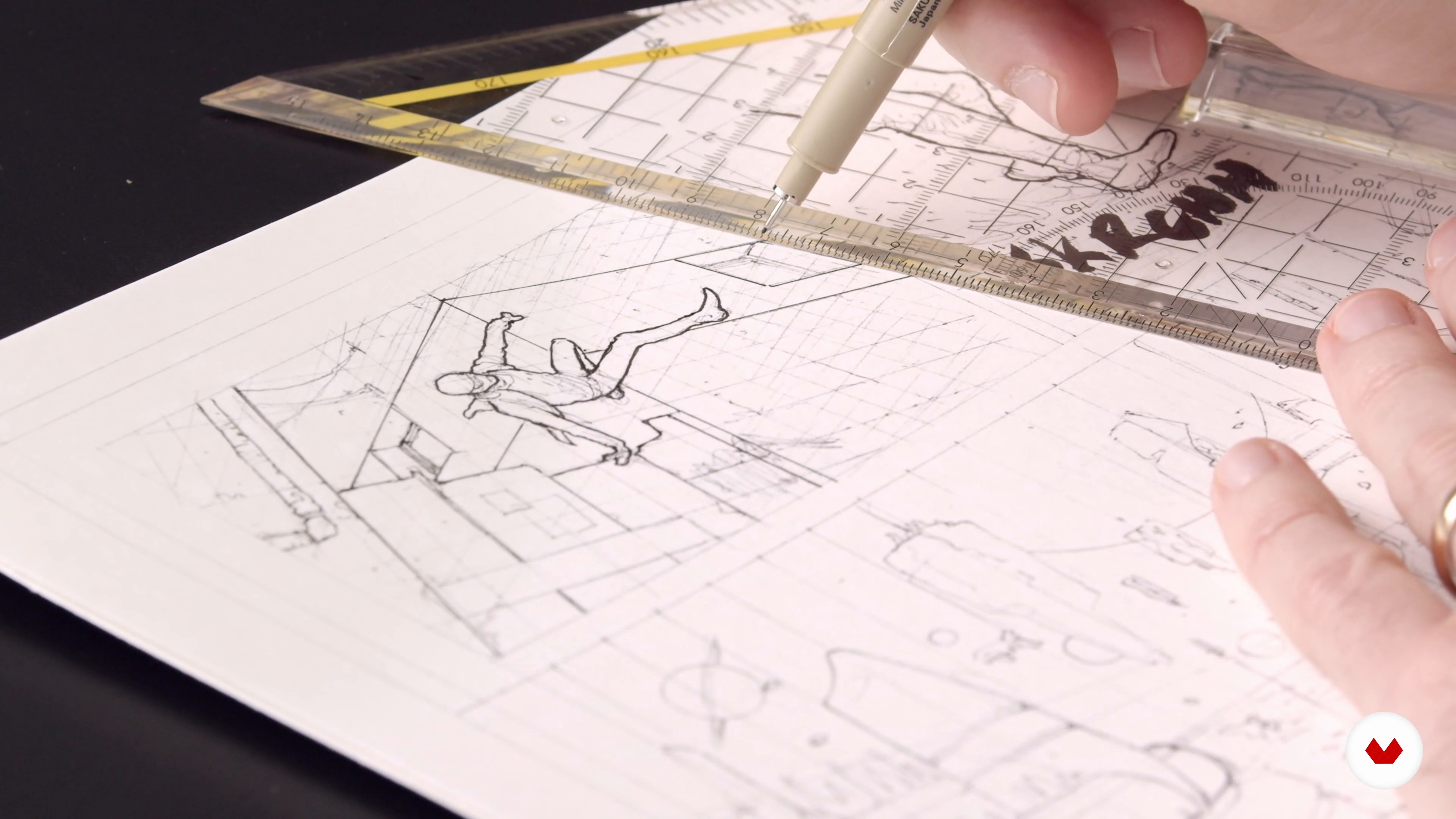
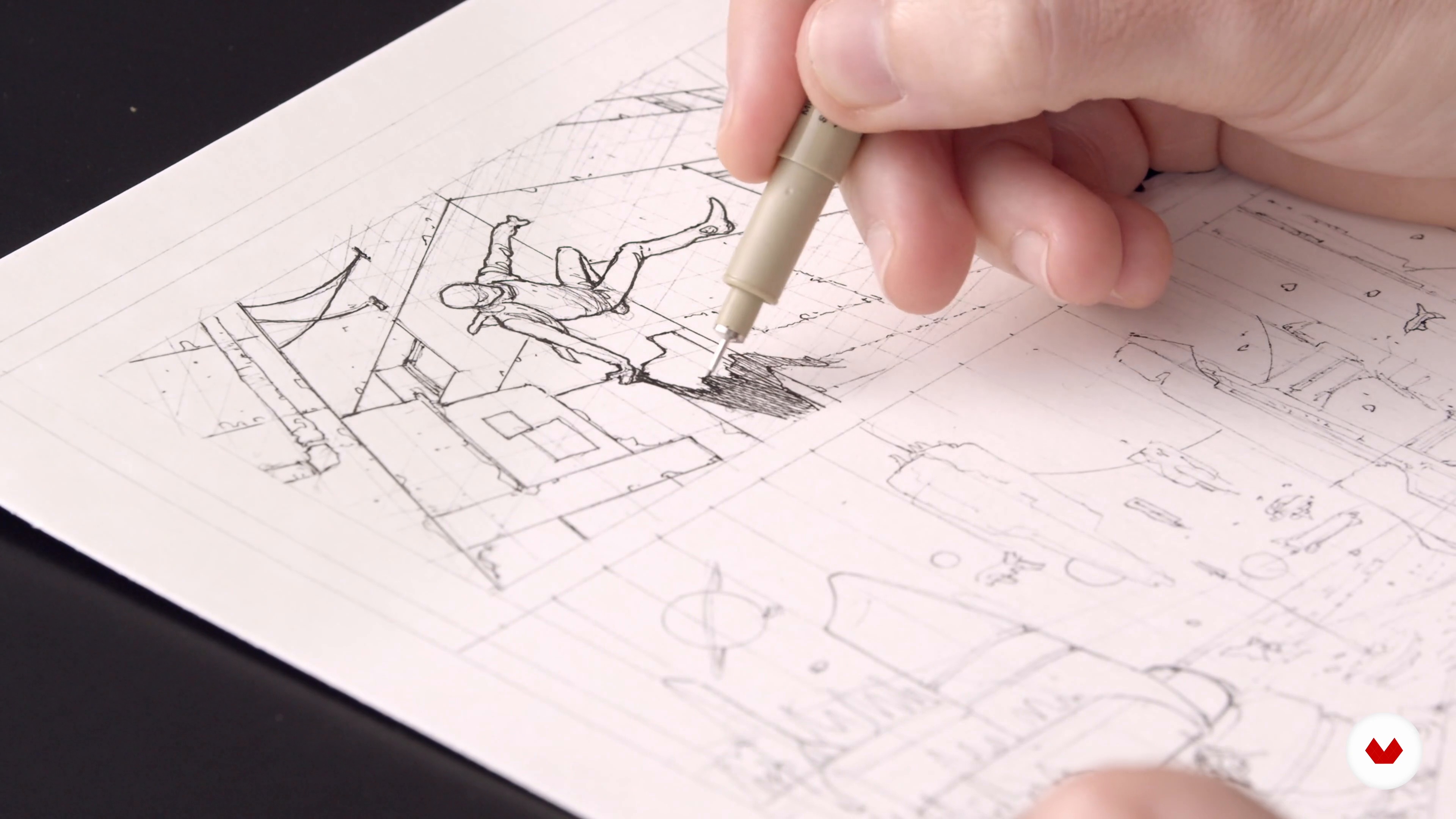
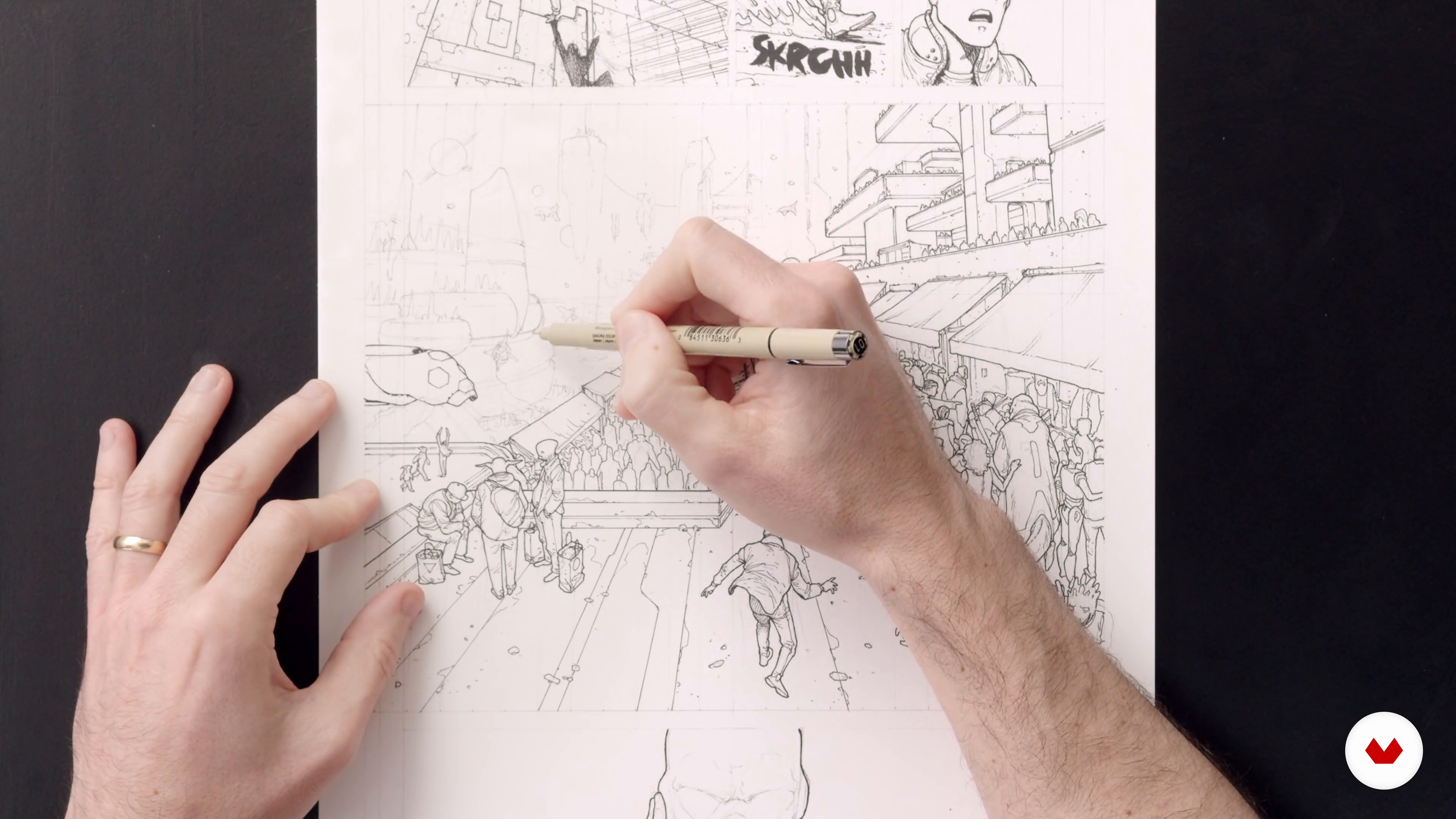



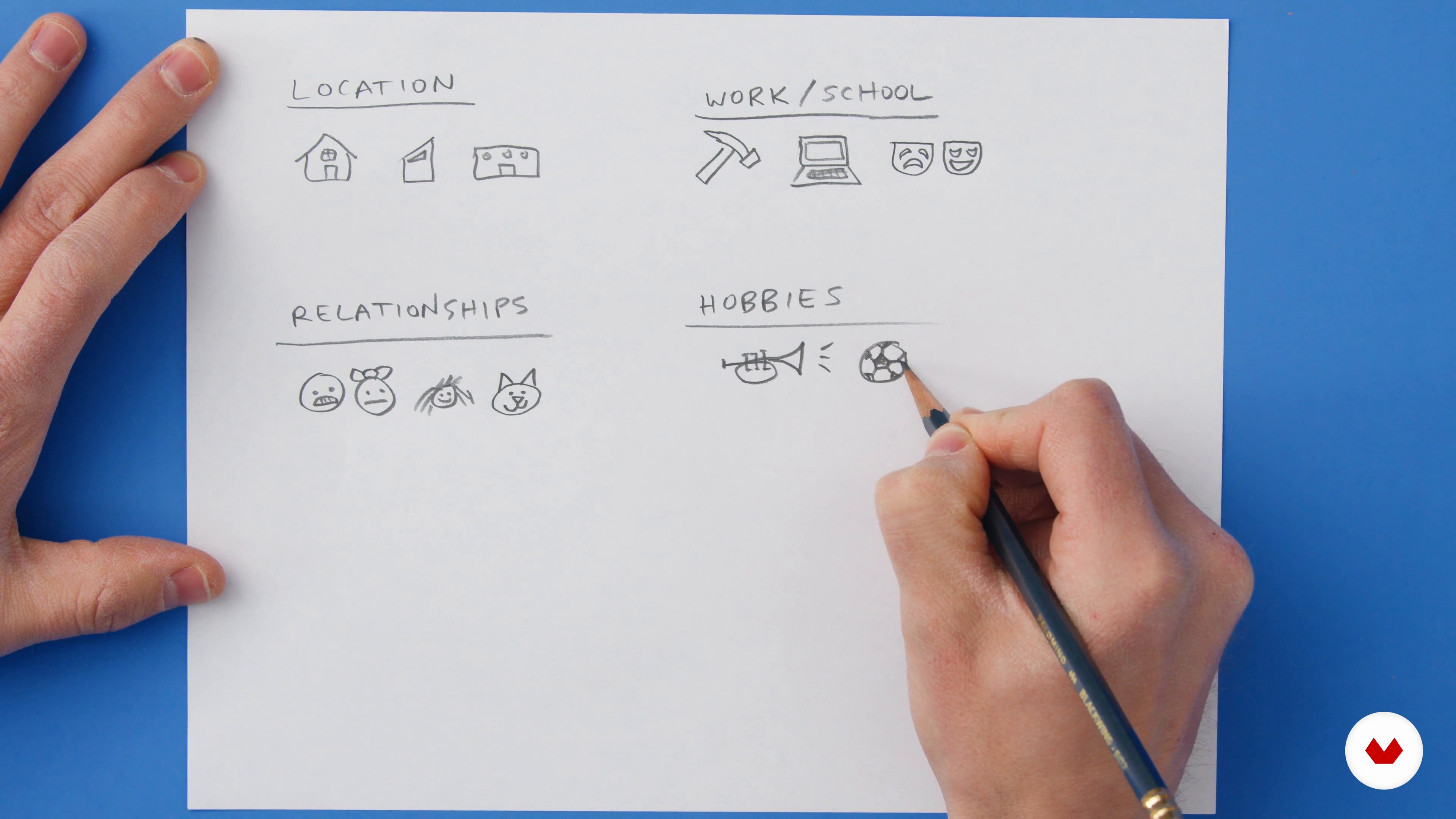
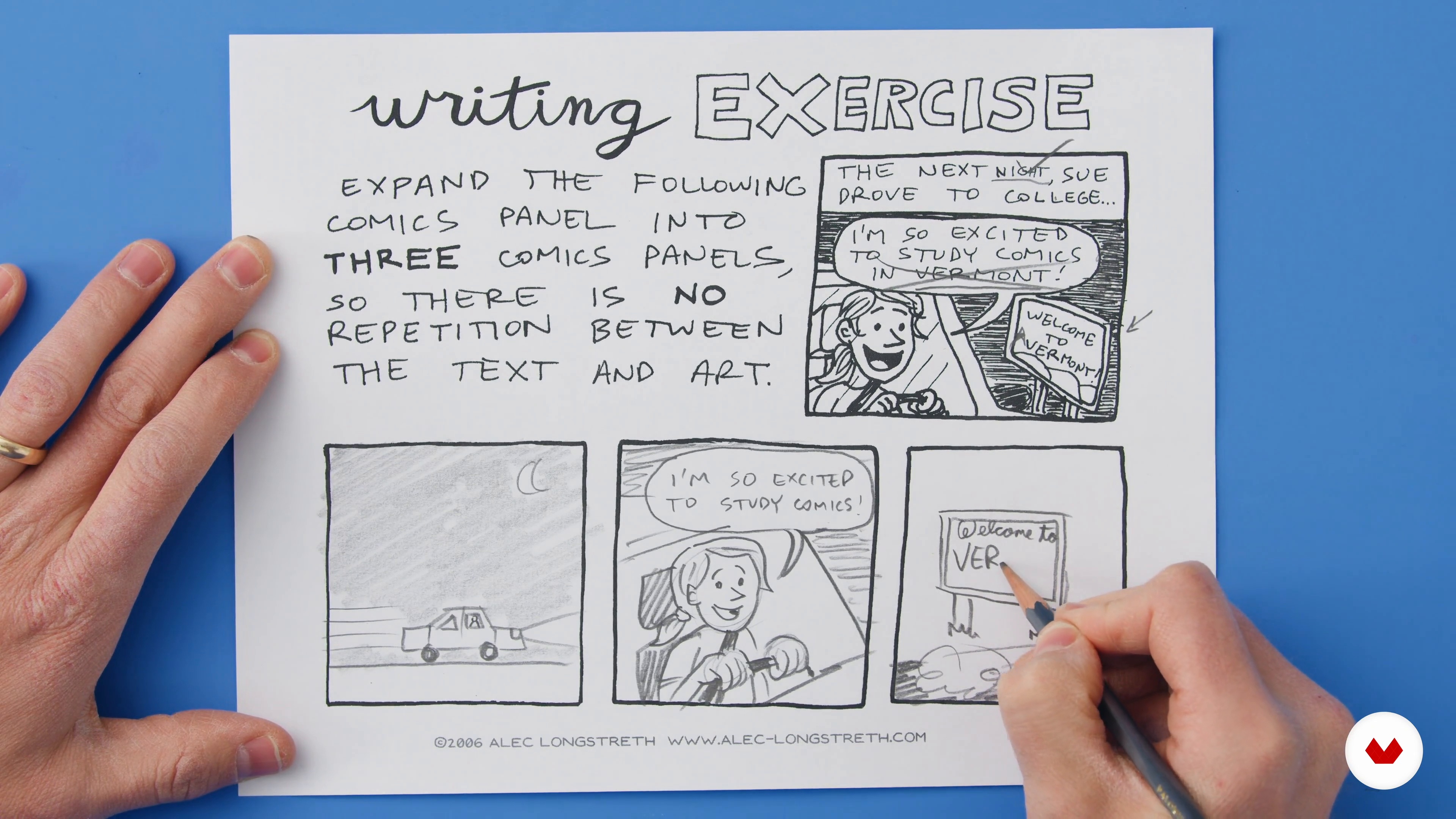


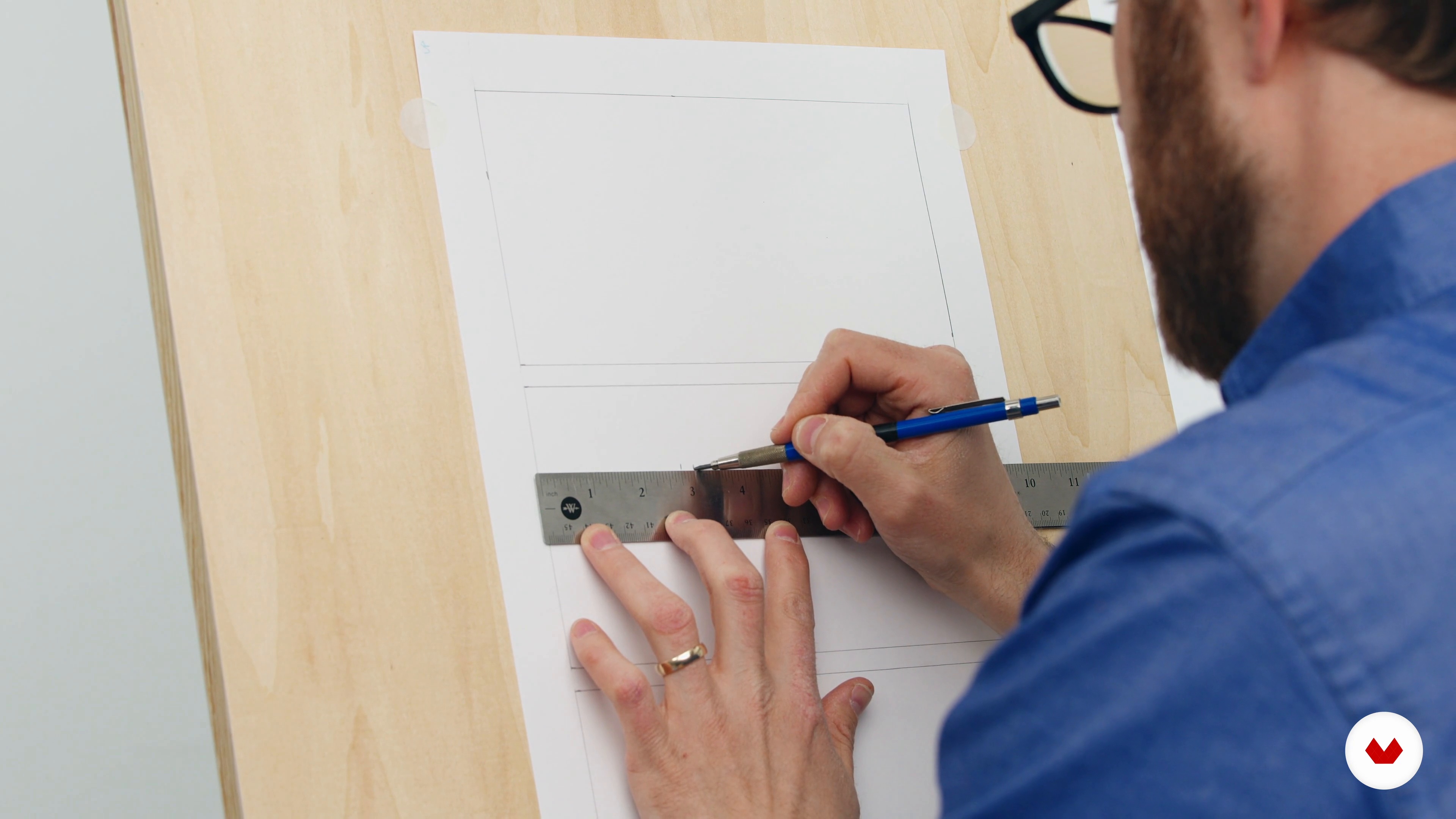
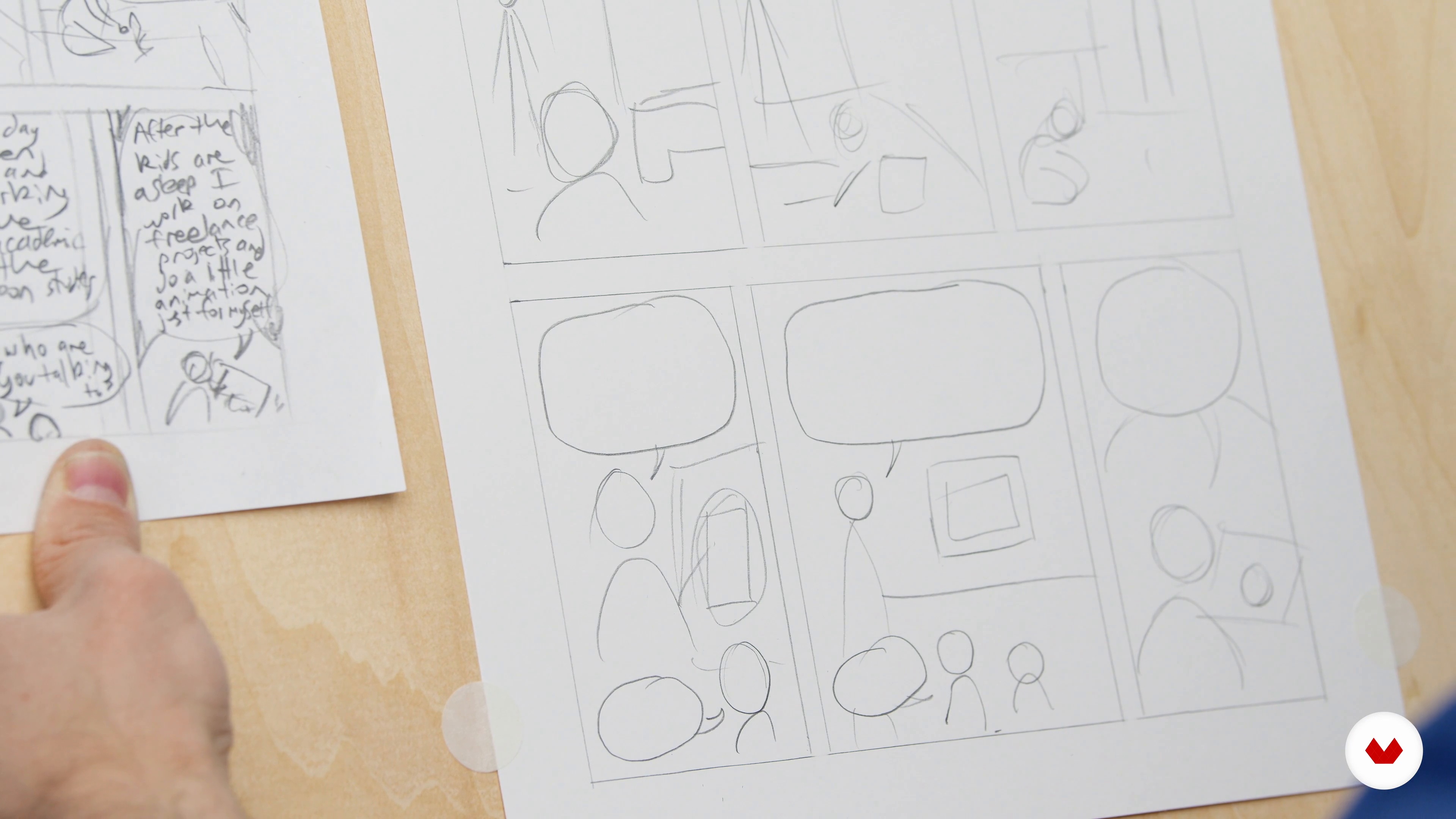
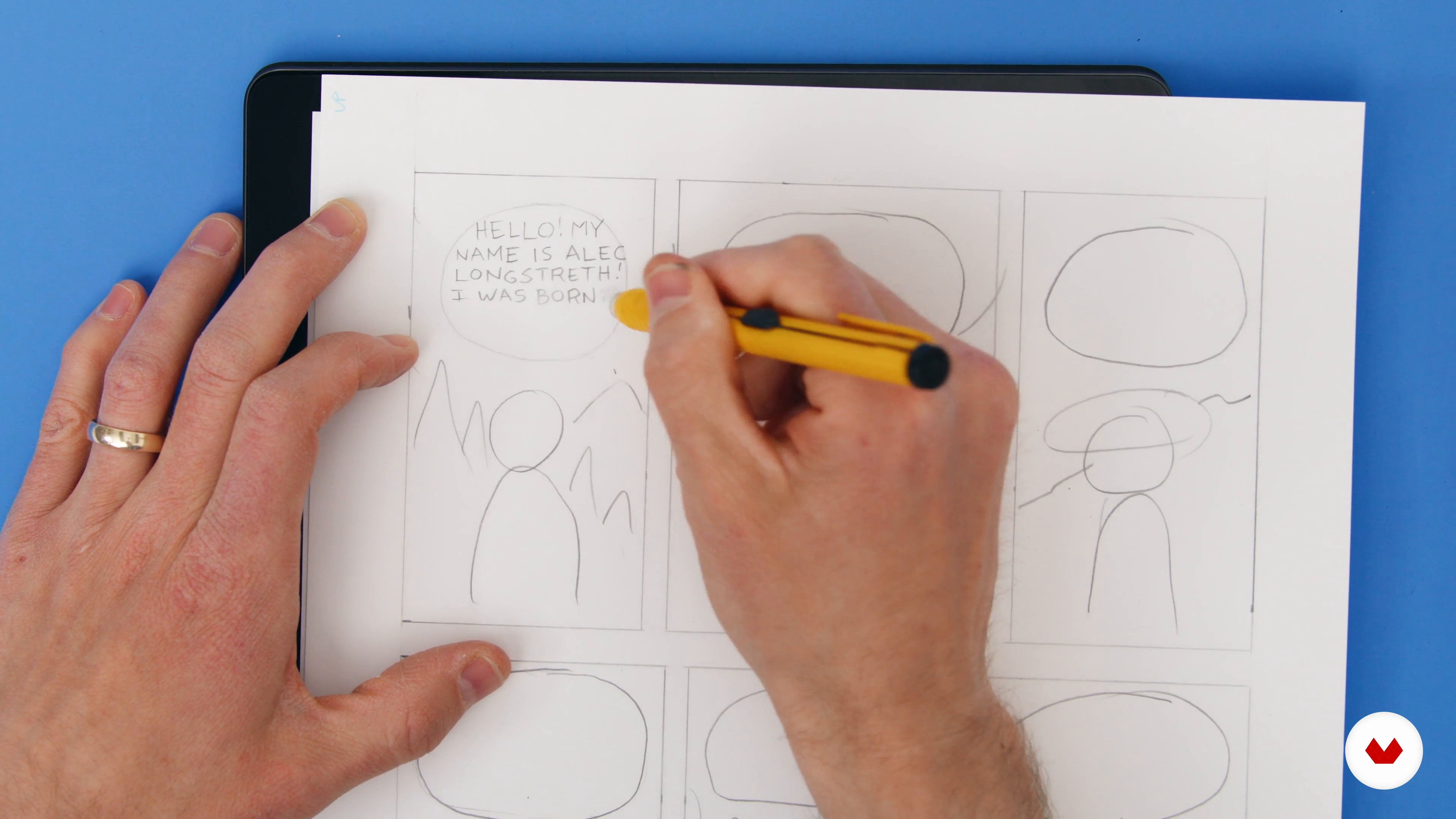
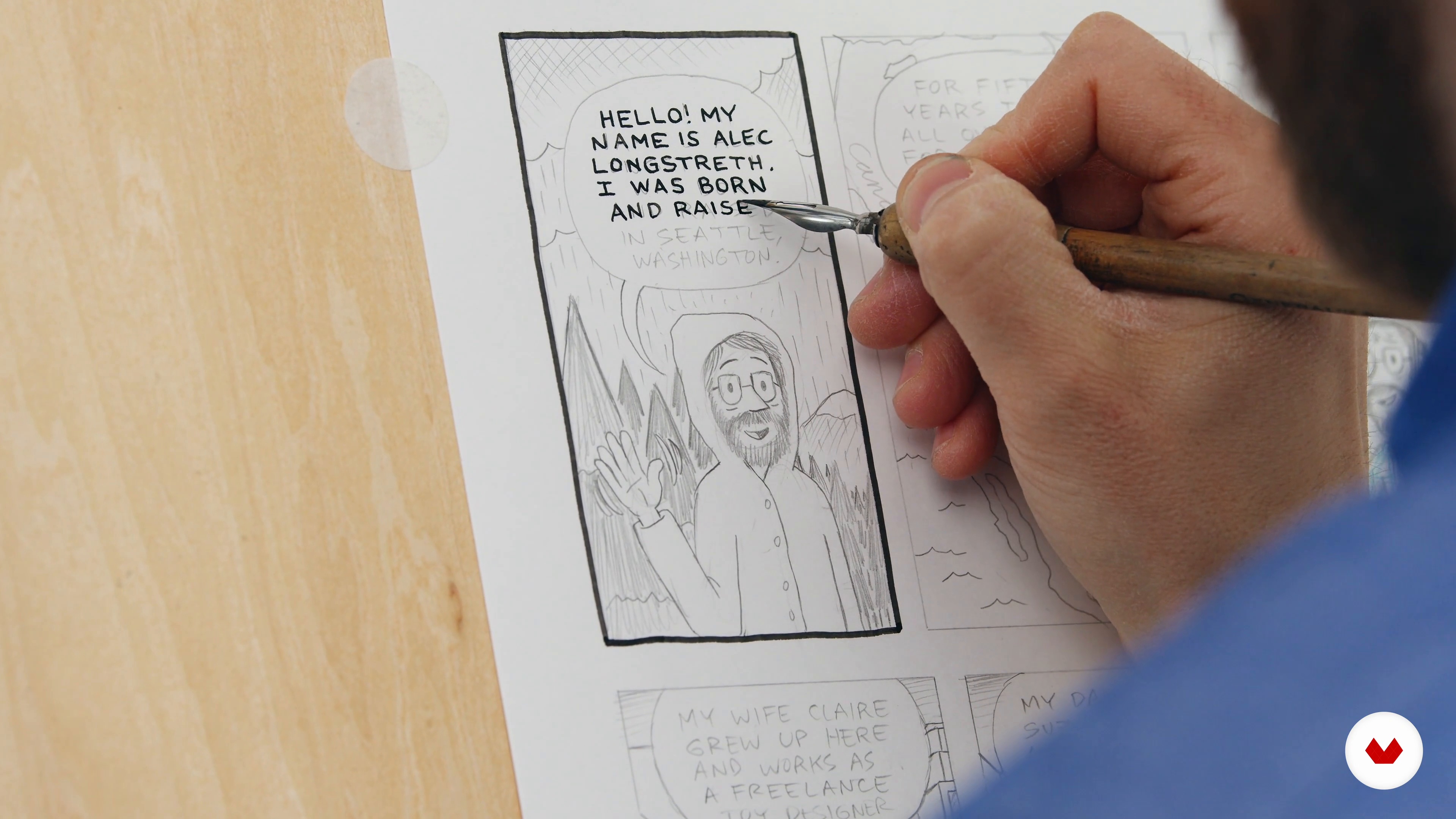
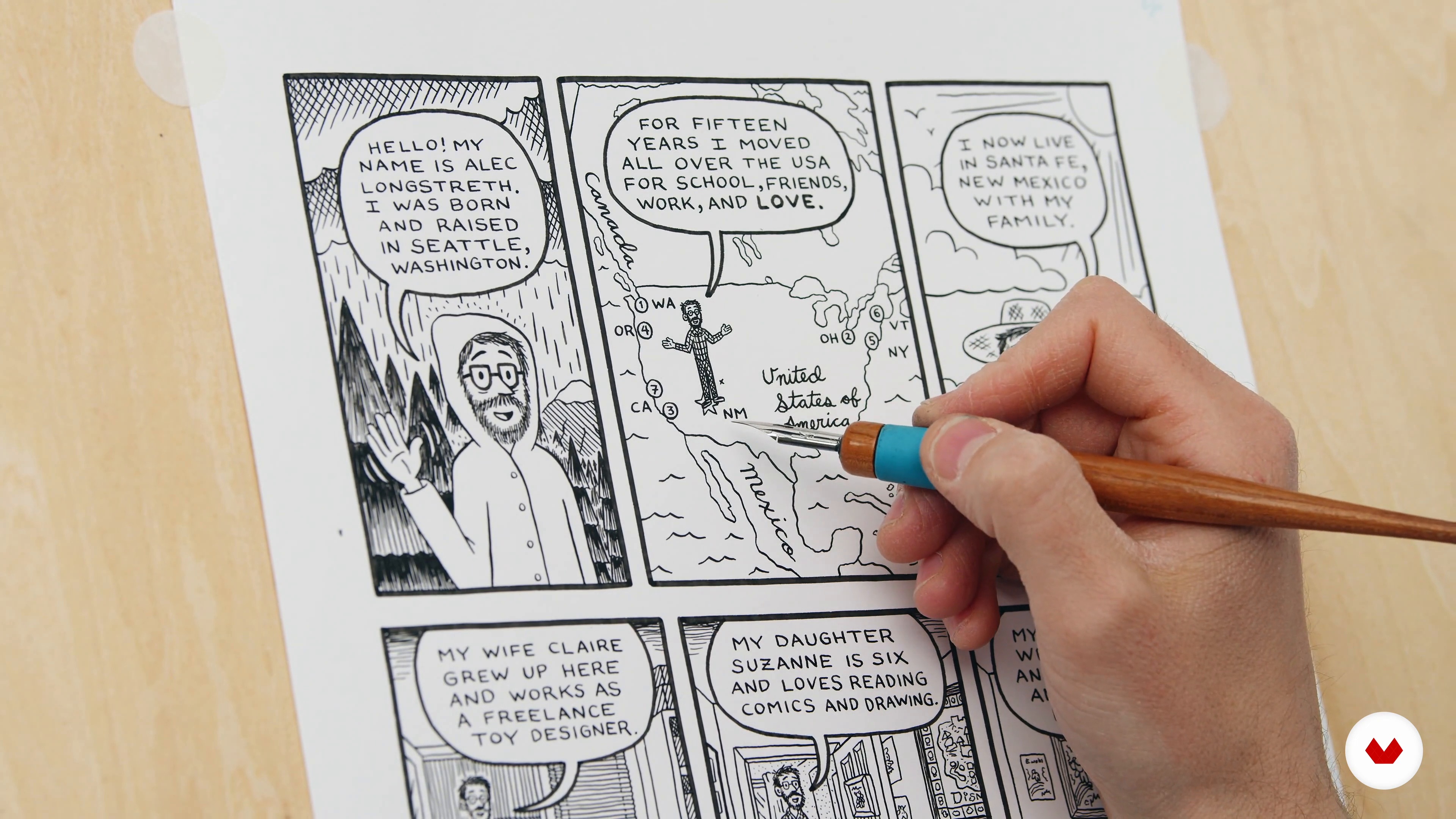

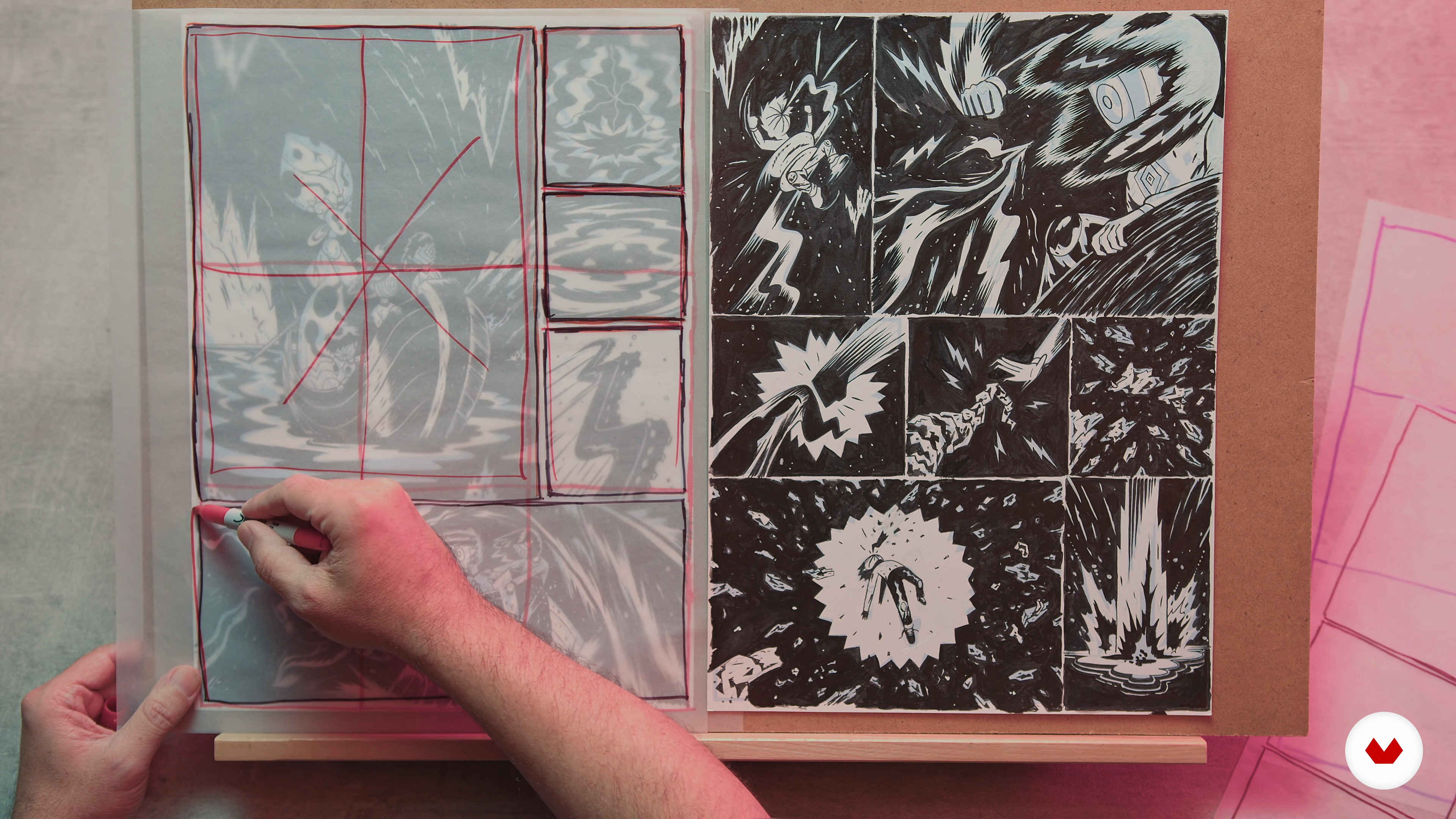
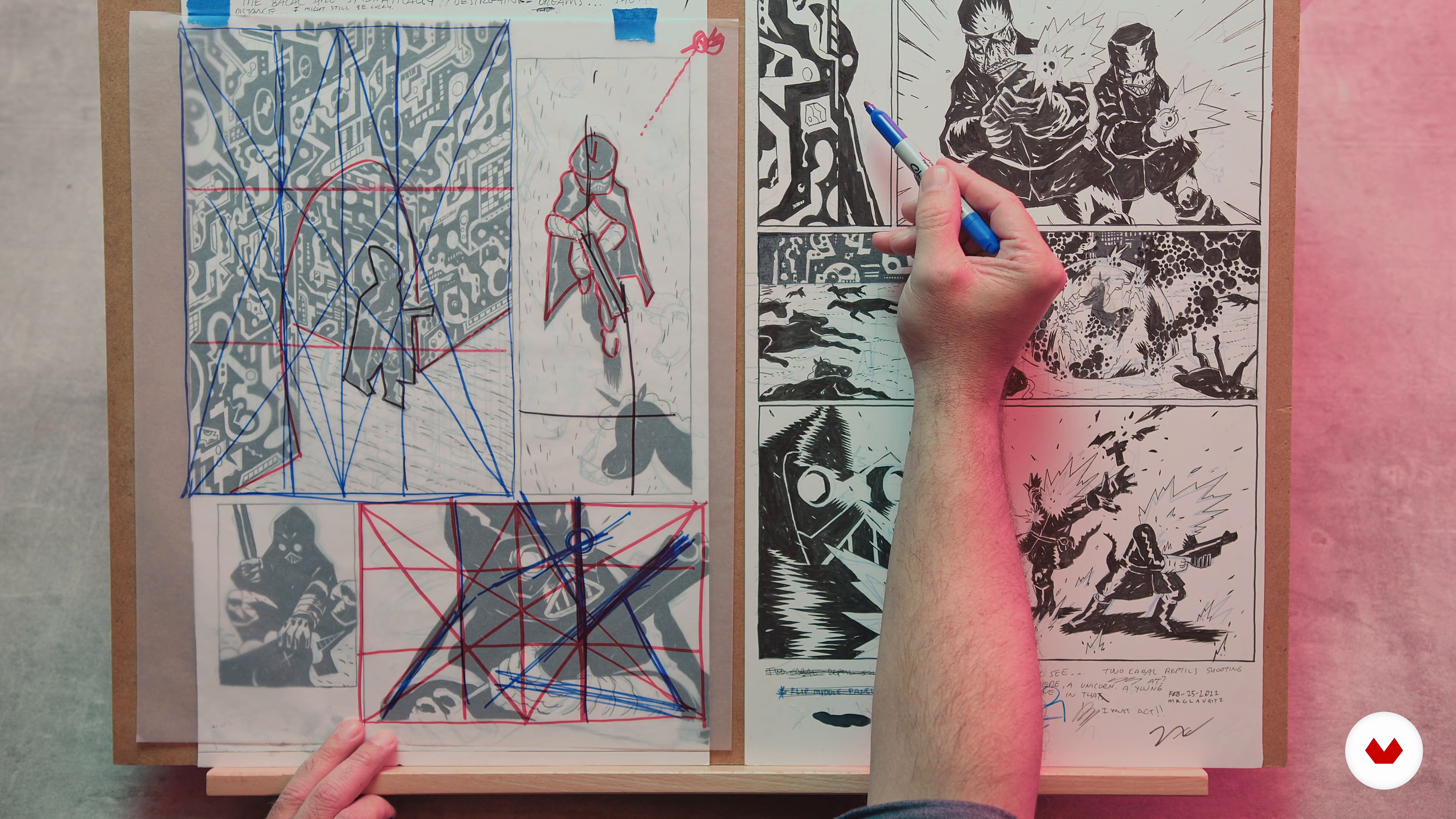
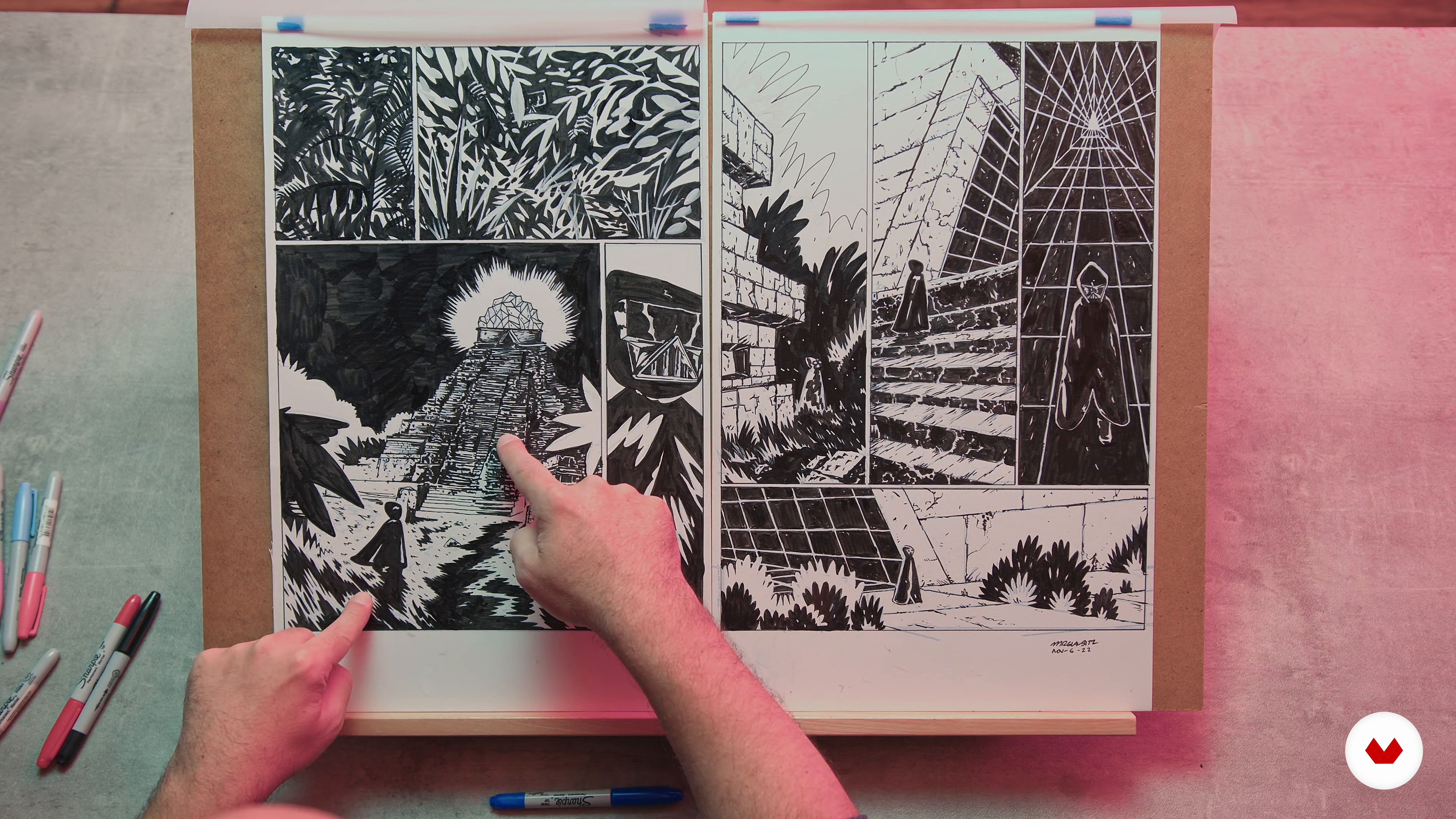
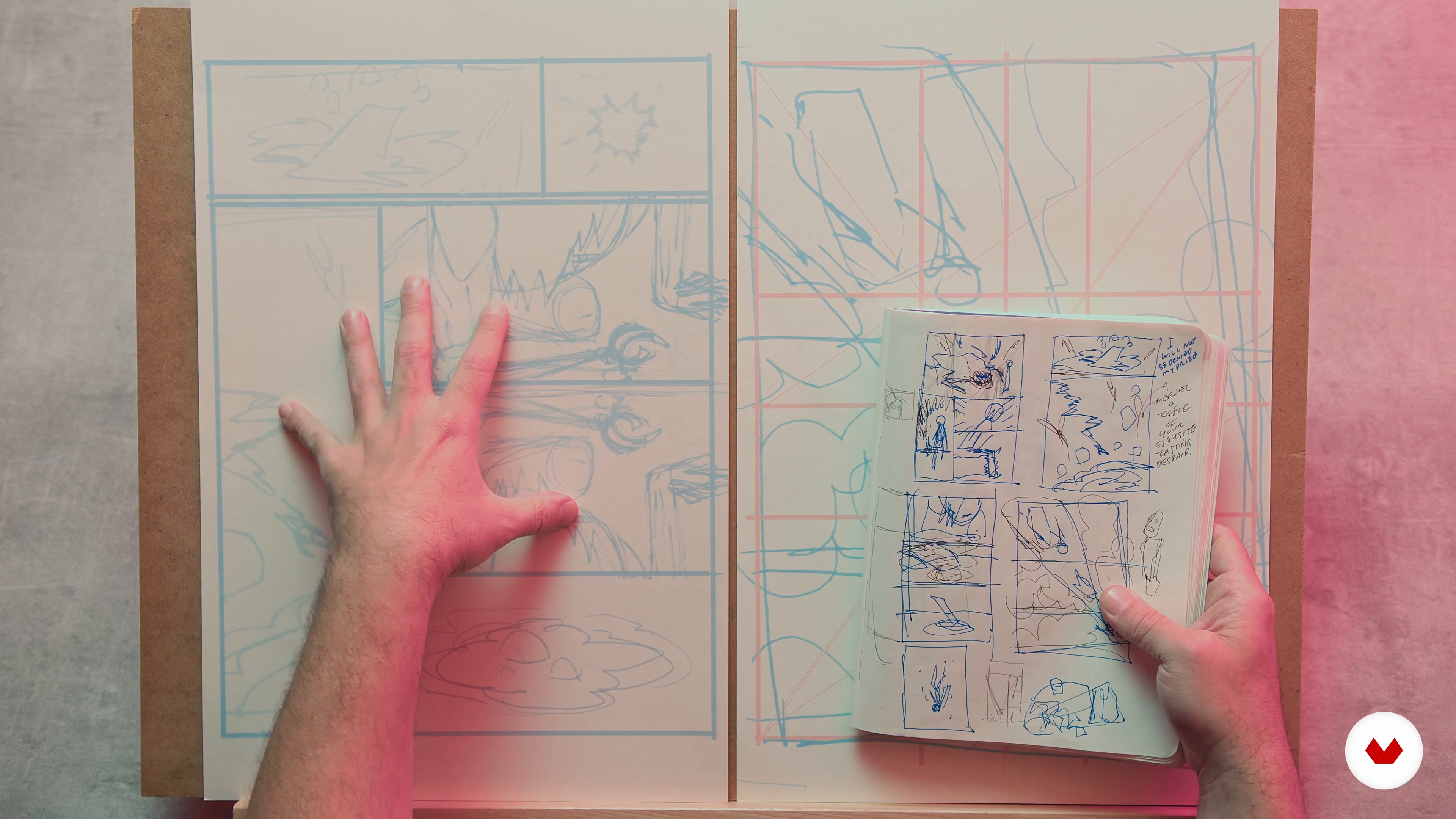
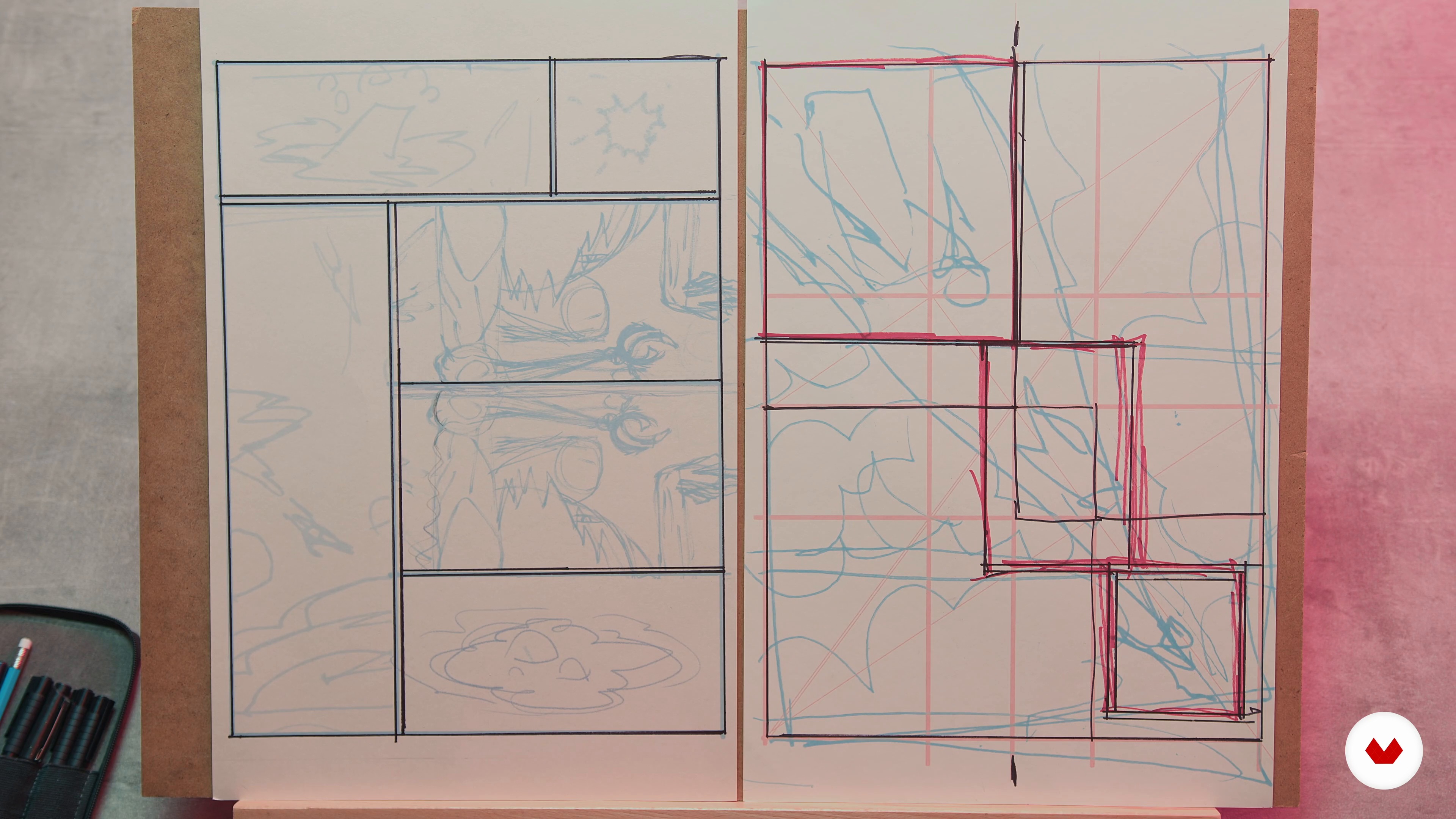
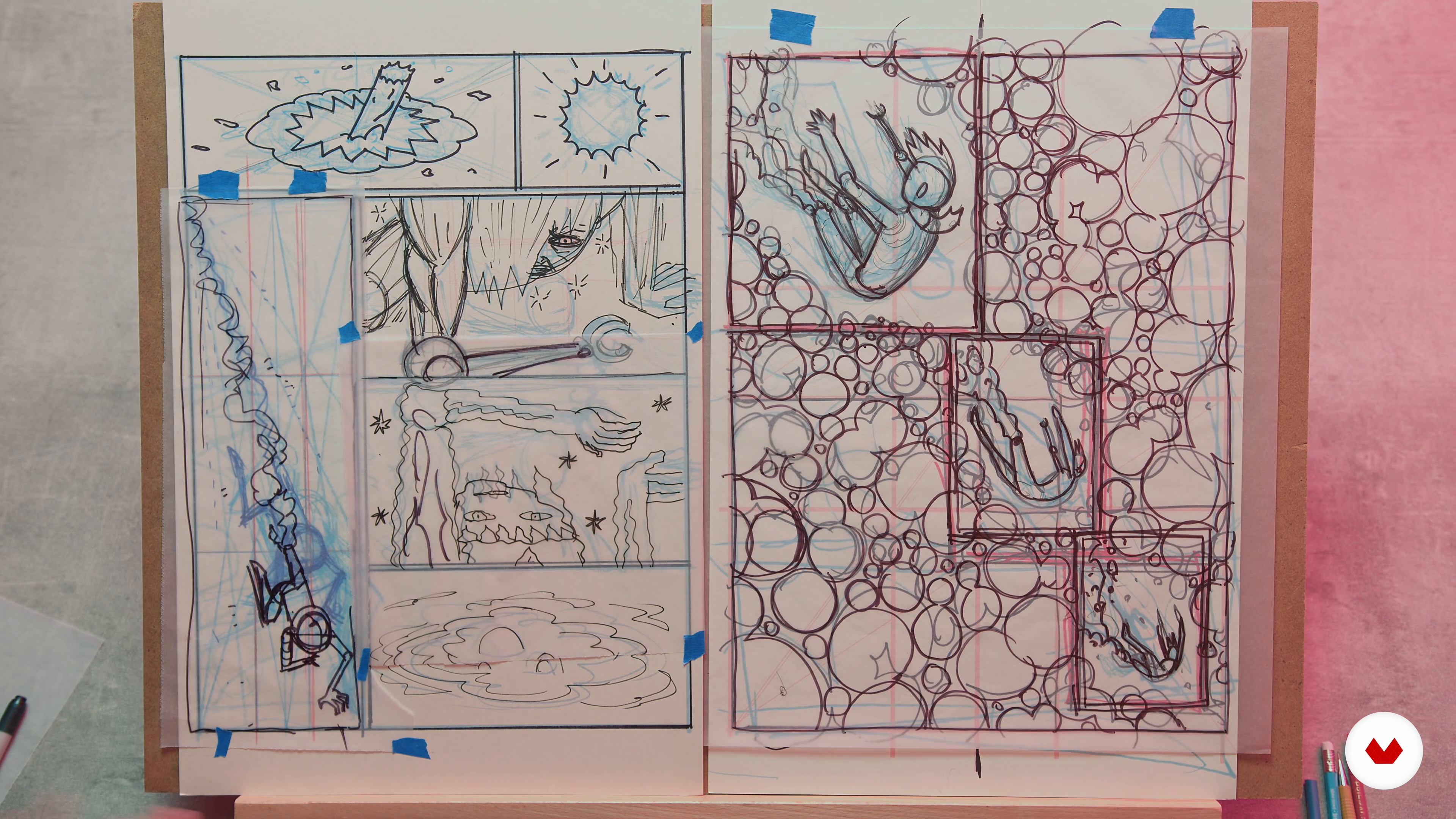


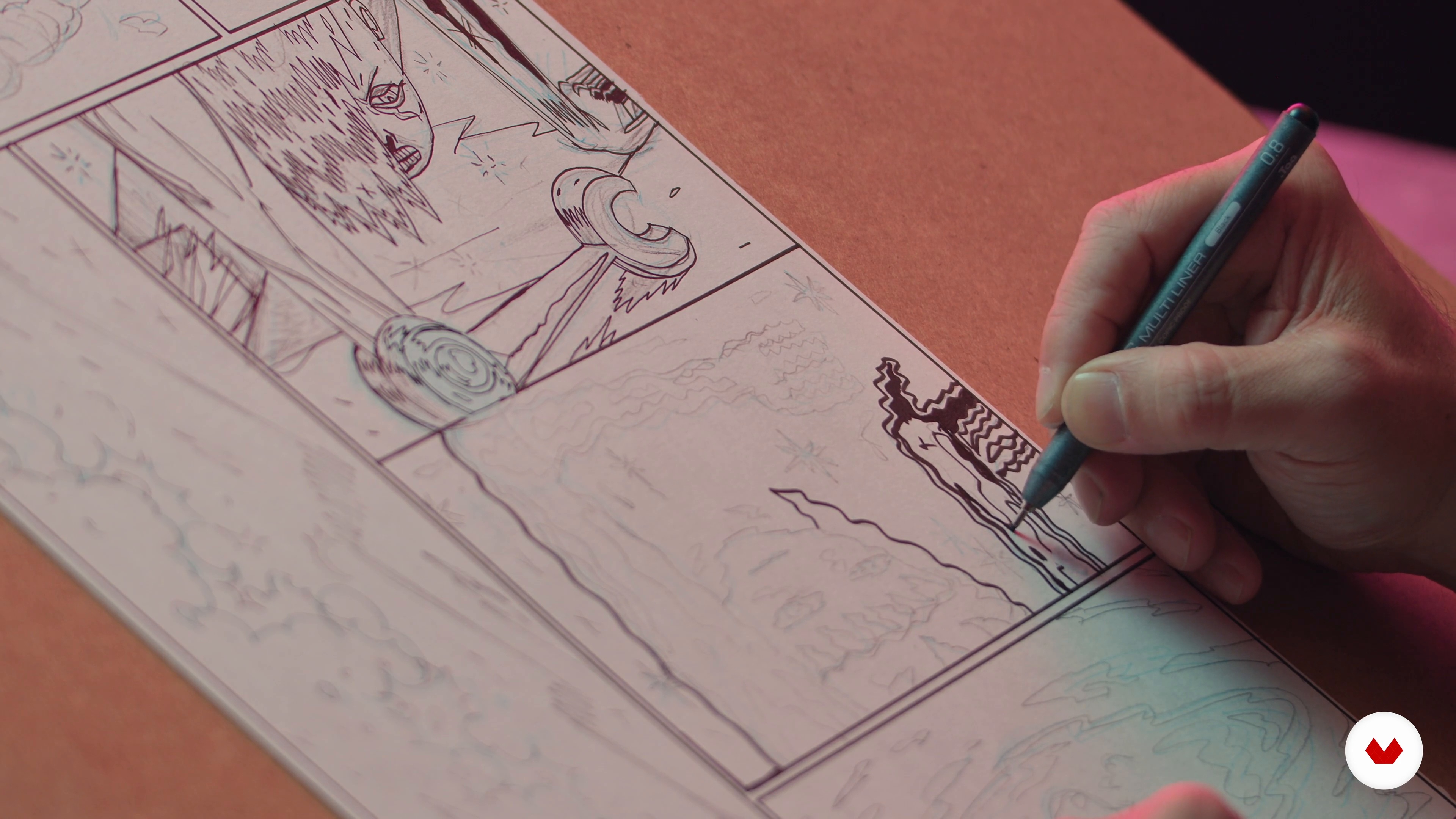

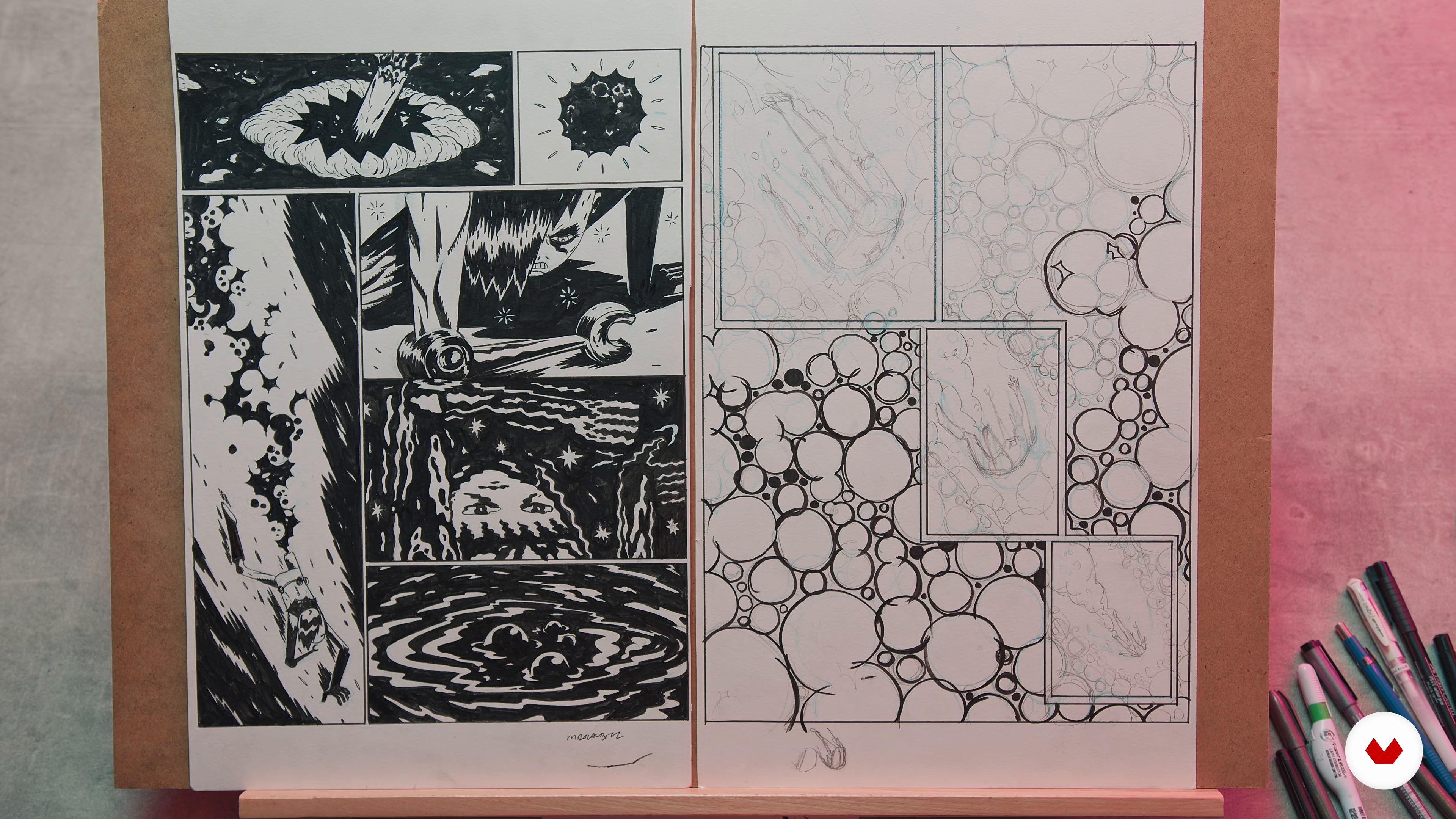
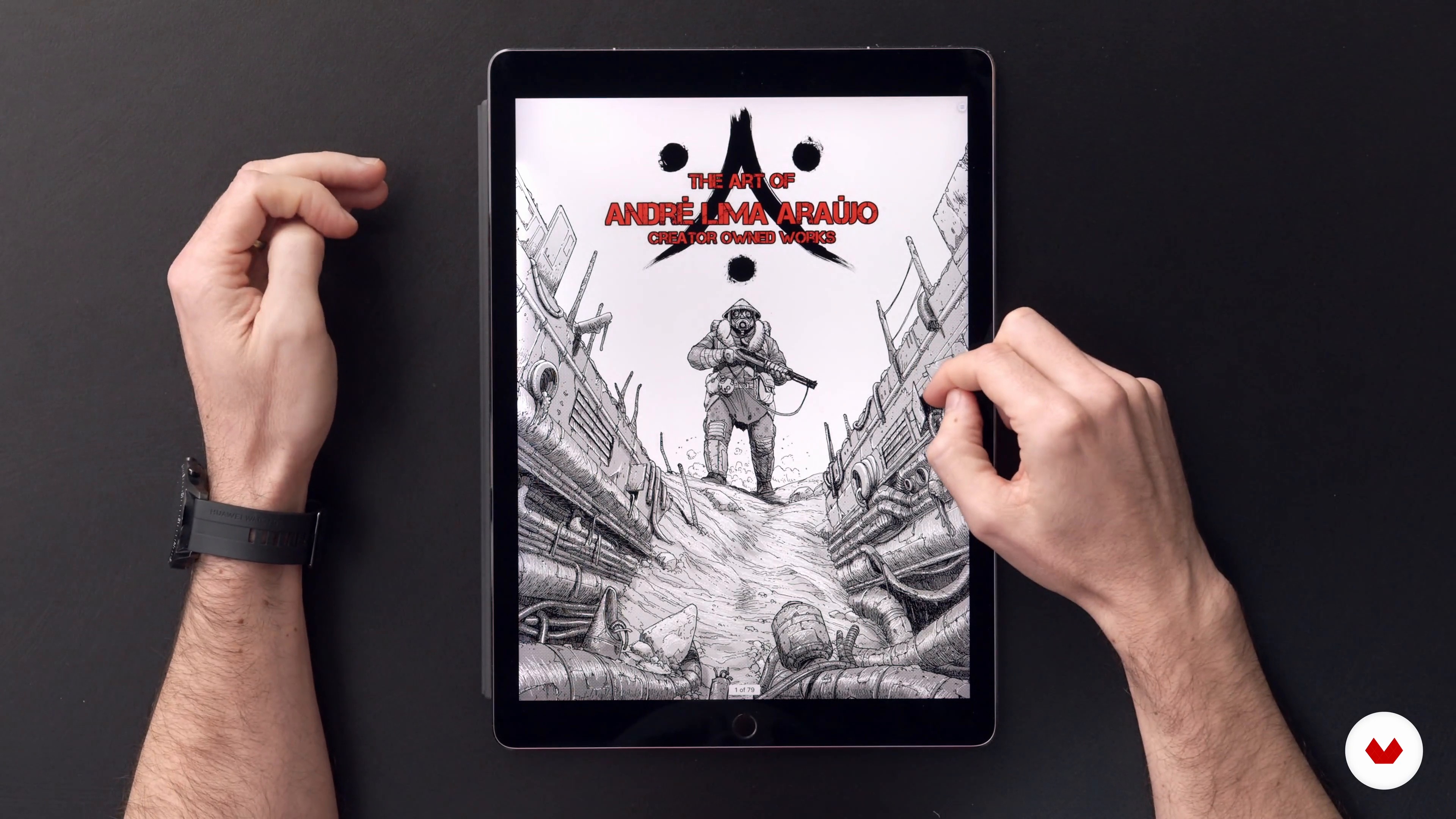

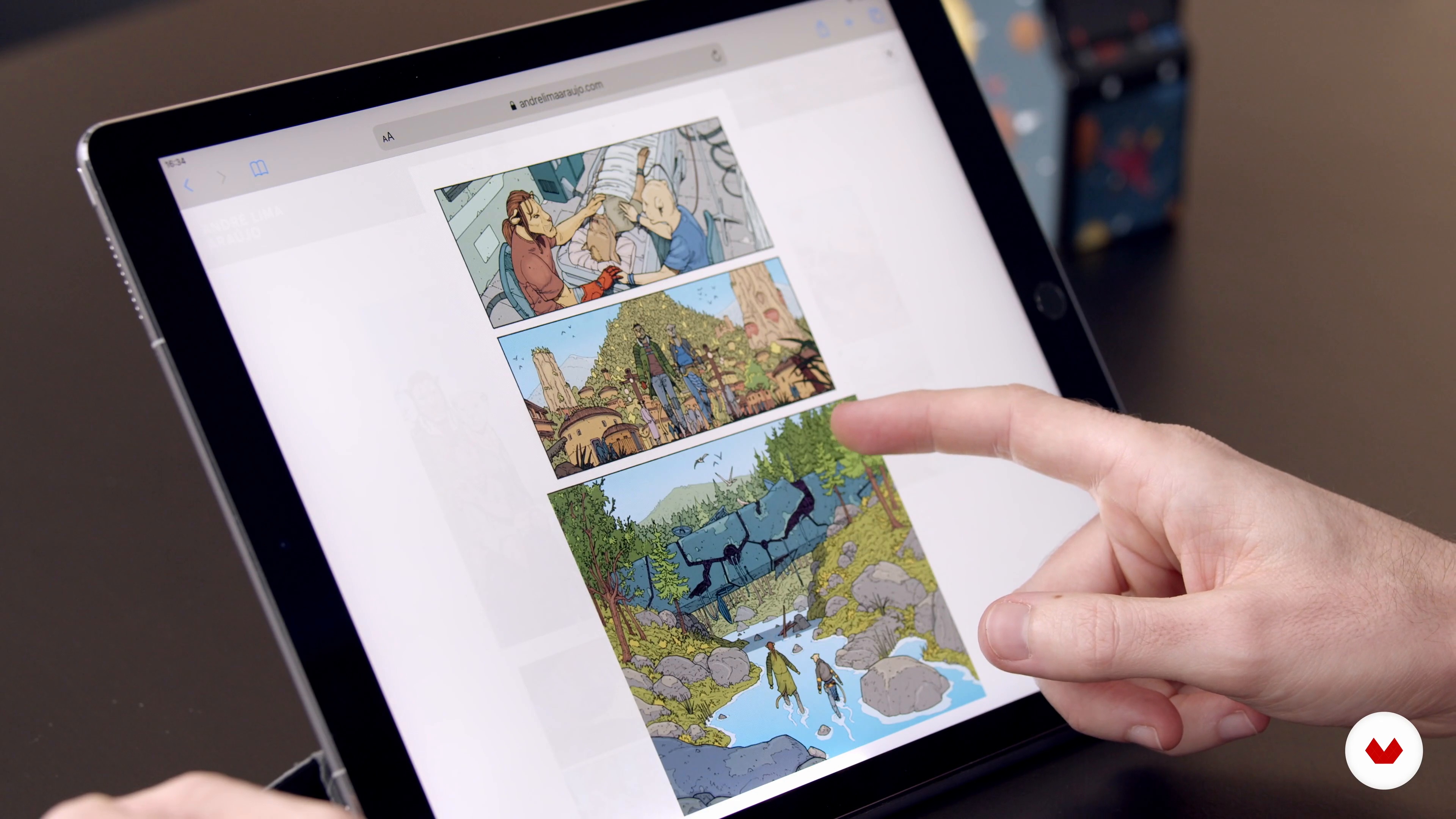
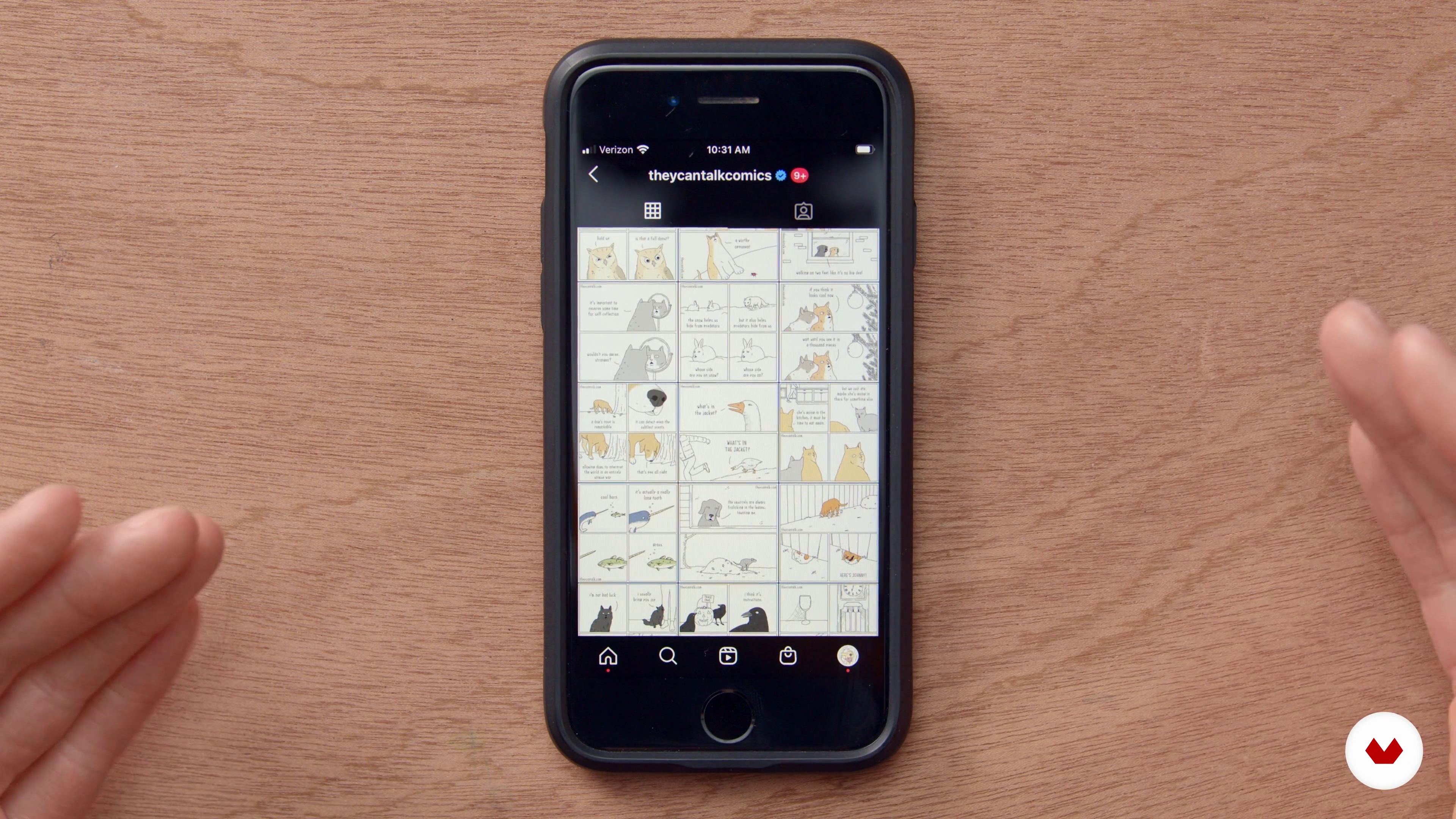
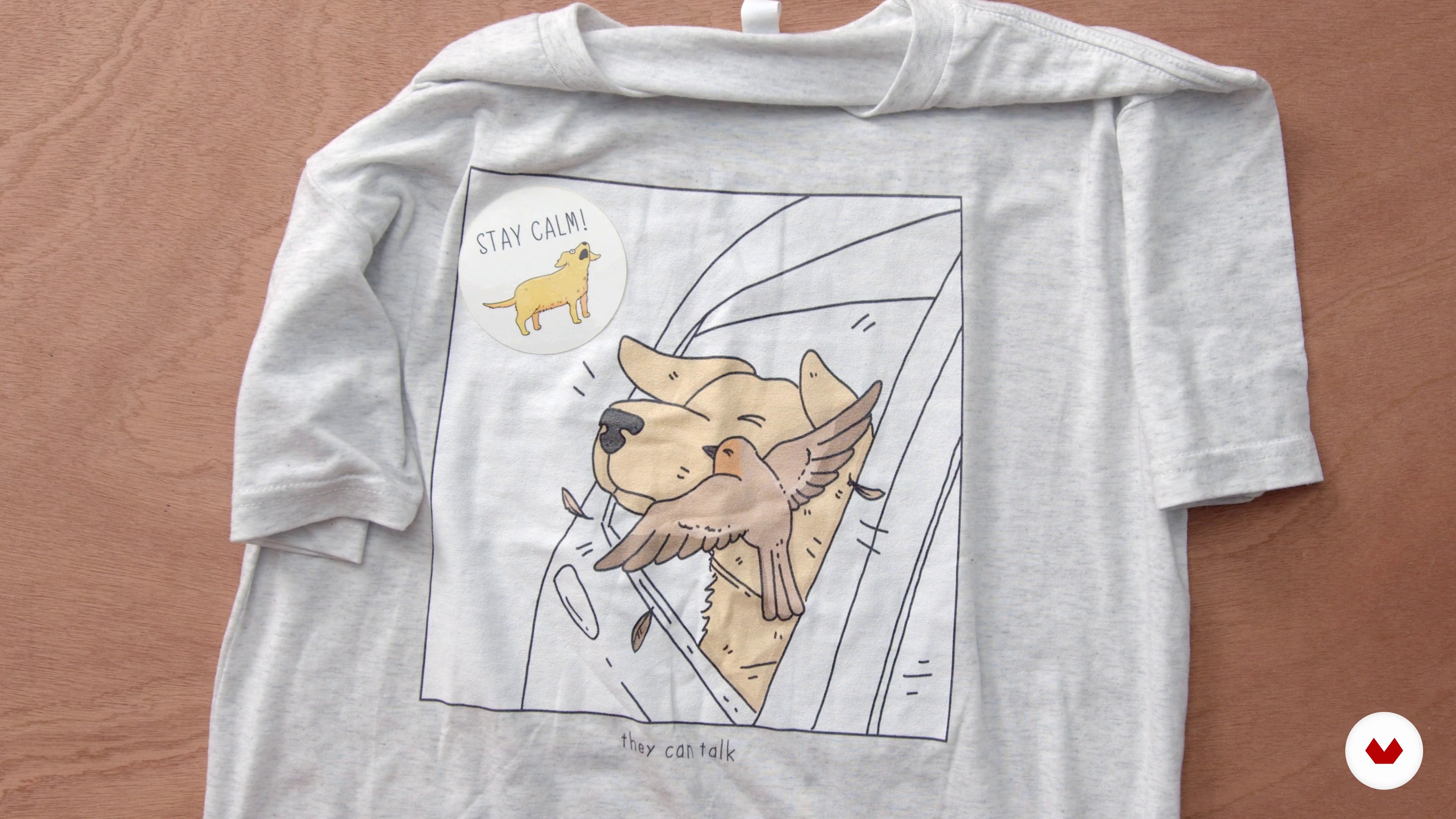
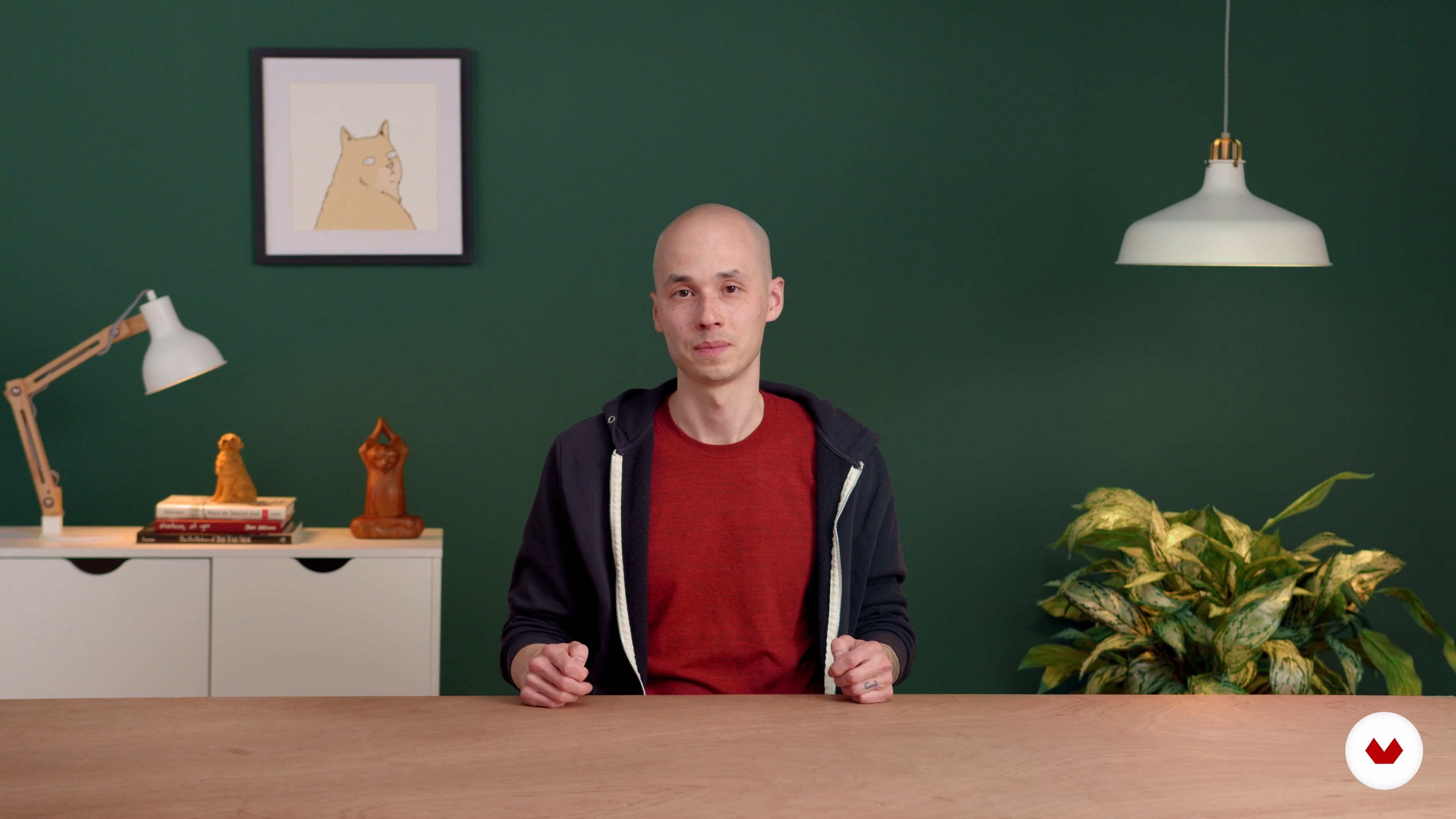
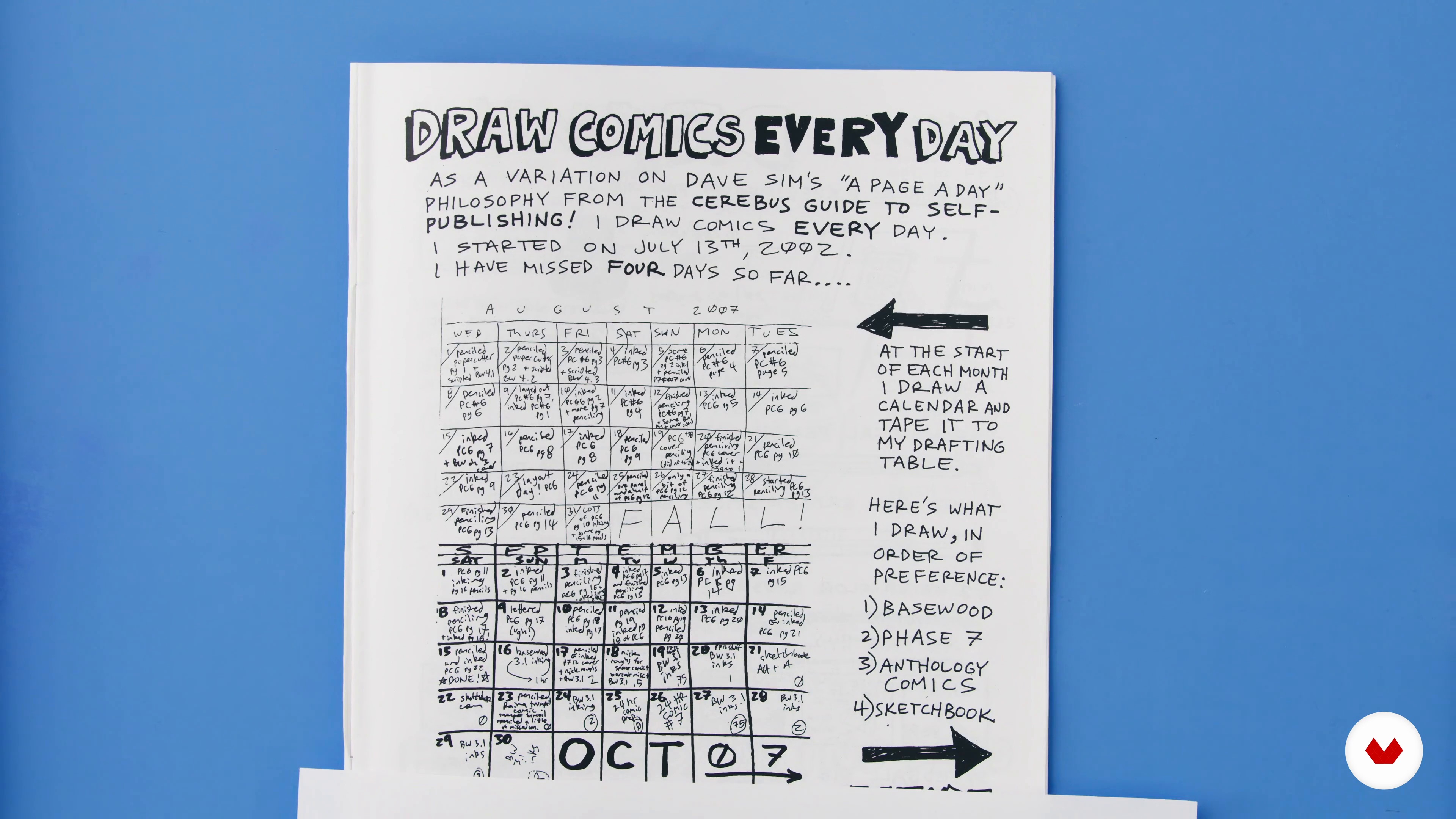
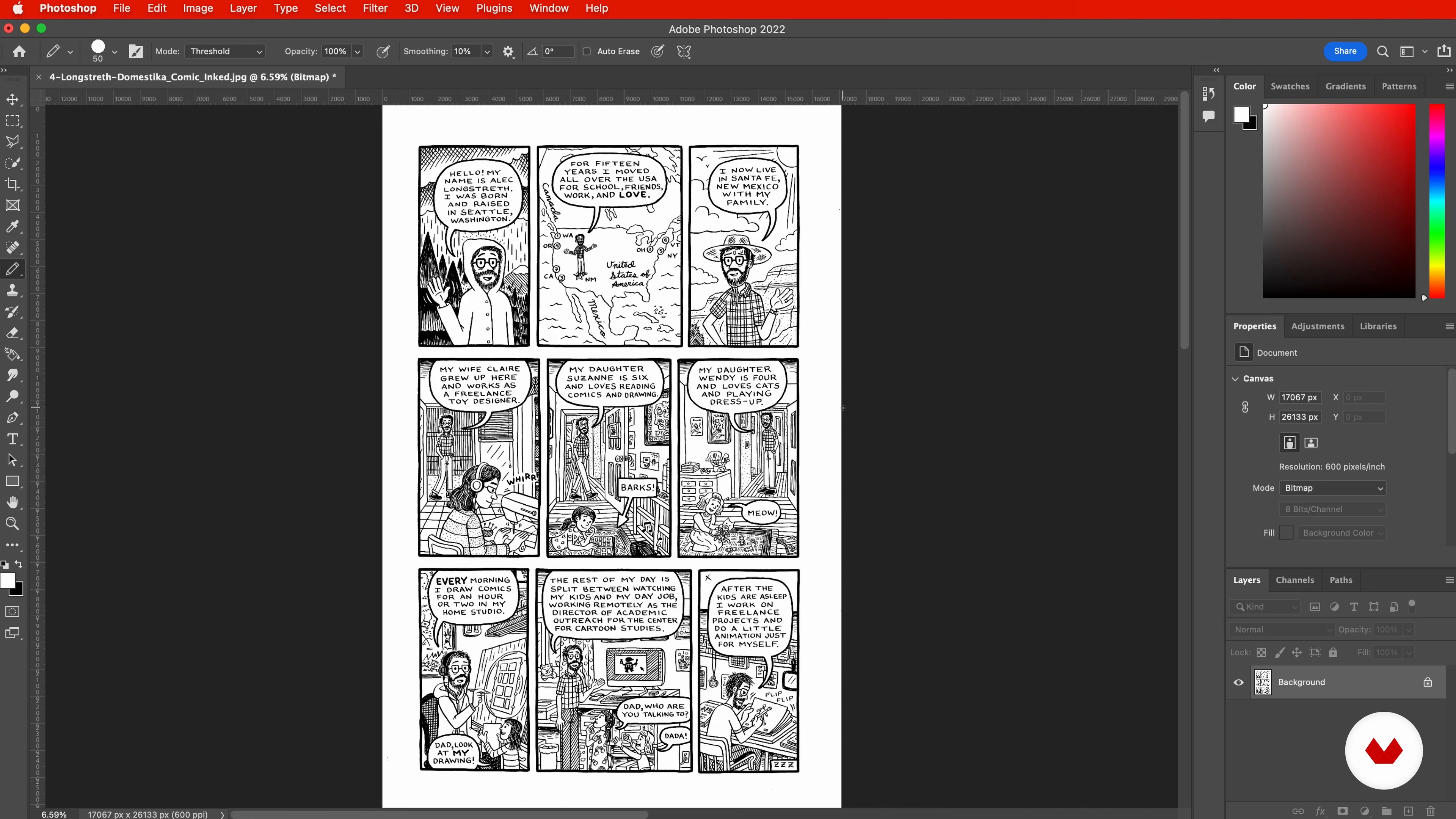
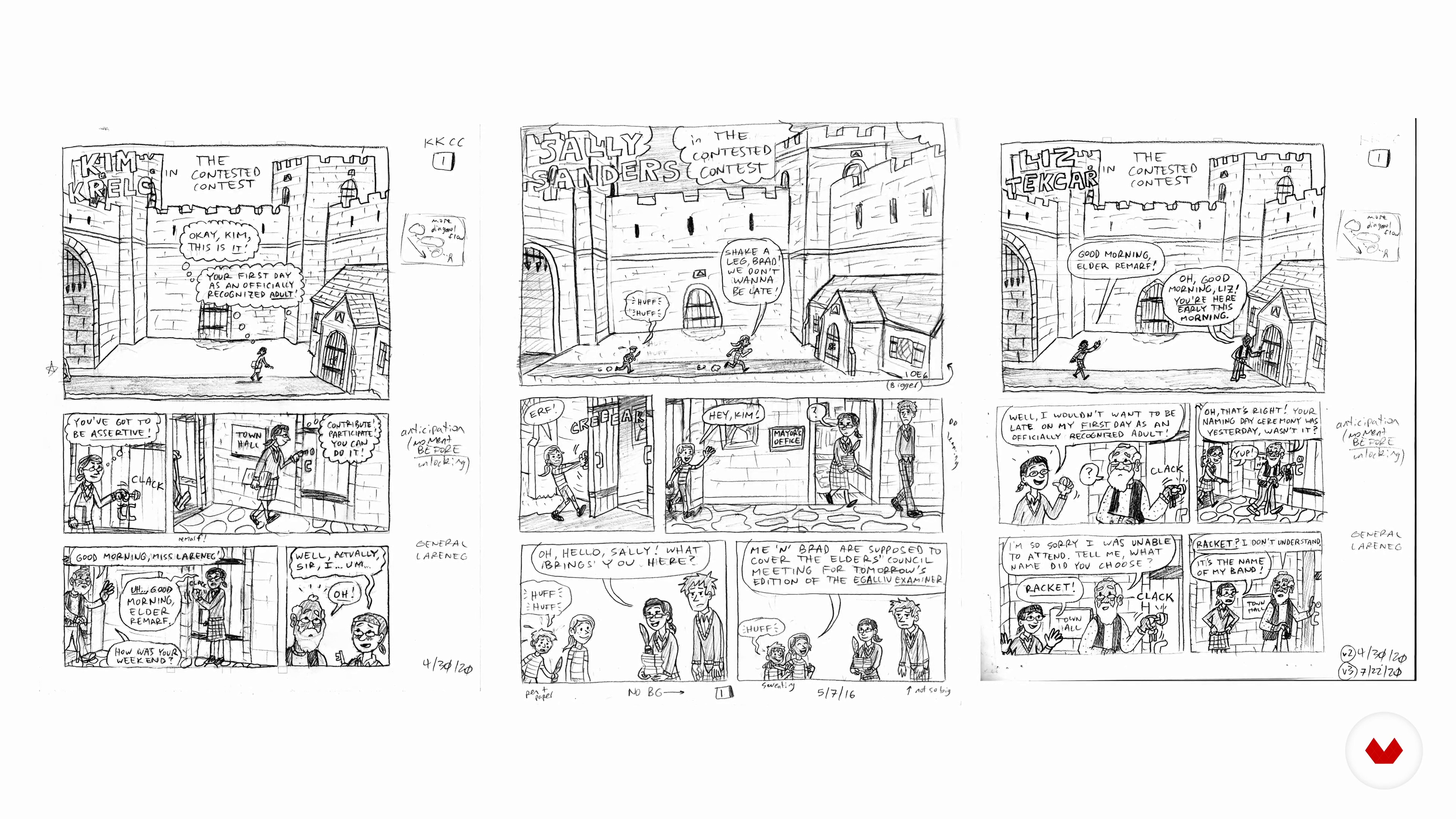
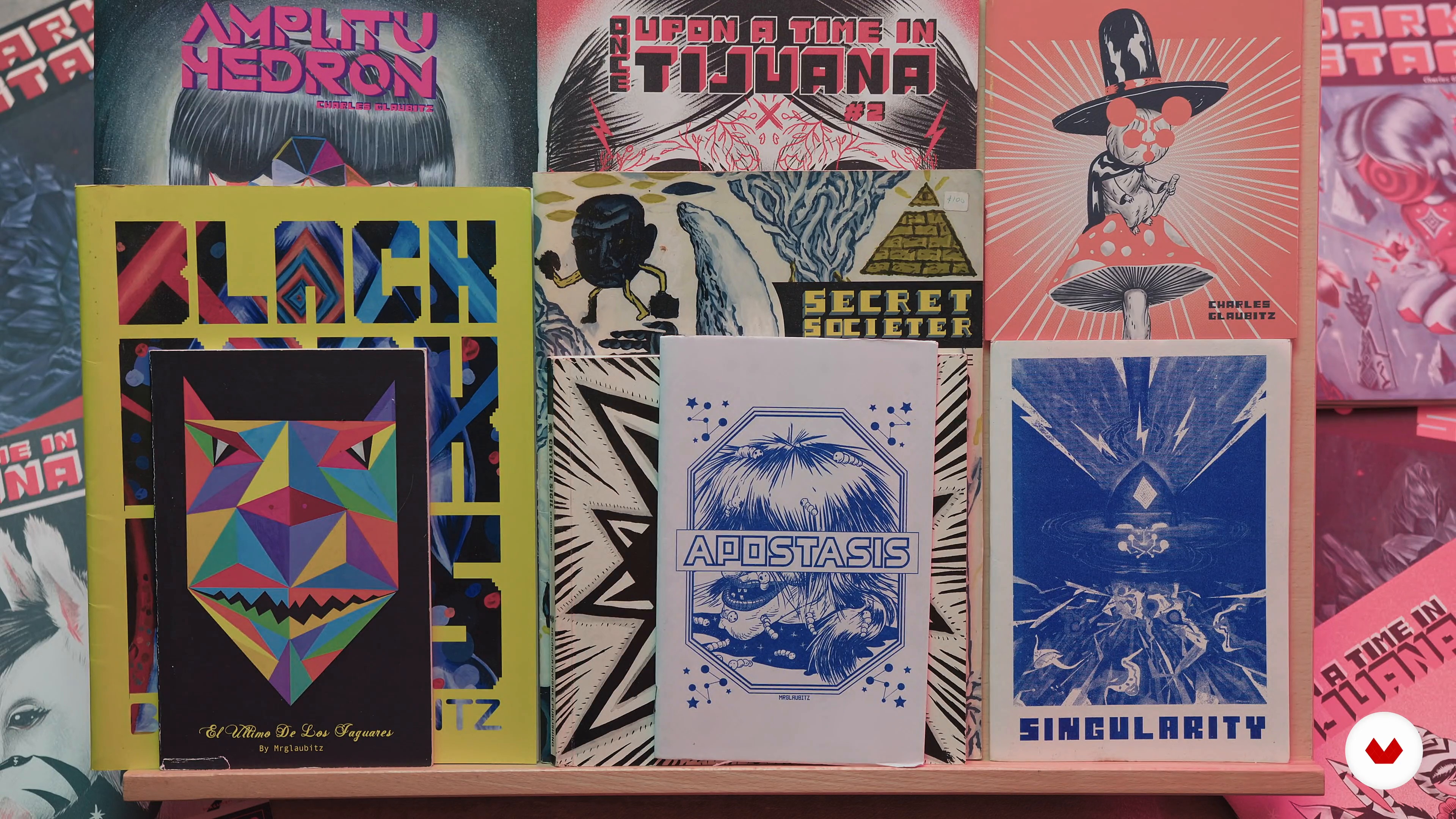
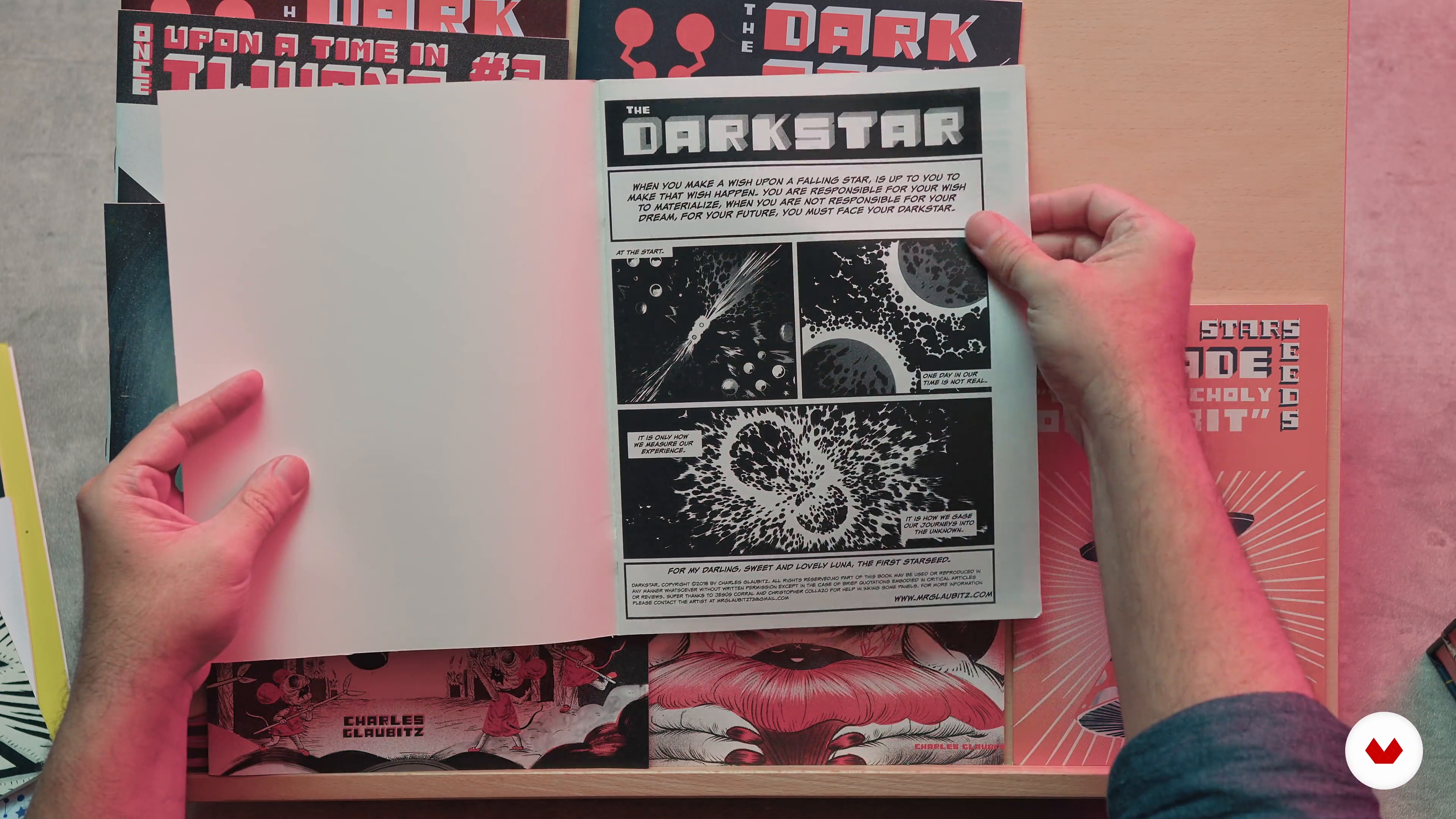
- 100% positive reviews (10)
- 1,026 students
- 81 lessons (14h 2m)
- 90 additional resources (38 files)
- Online and at your own pace
- Audio: English, Spanish
- Spanish · English · Portuguese · German · French · Italian · Polish · Dutch · Turkish
- Level: Beginner
- Unlimited access forever
What is this course's project?
Create a fully developed comic strip with unique characters and a clear storyline ready for digital publication. Explore scriptwriting techniques, panel design, and digitization, transforming your creative ideas into compelling, publishable short comic stories.
Who is this specialization for?
Aspiring comic creators, illustrators, and storytellers seeking to enhance their craft will find this course valuable. Beginners or those with some experience who want to refine their skills in scriptwriting, visual storytelling, and comic design techniques will benefit greatly.
Requirements and materials
No extensive prior knowledge is needed. Basic necessities include a passion for storytelling and creativity. Materials required are drawing tools like pencils, pens, paper, and a digital device for accessing course content. A sense of imagination is crucial for creating unique comic narratives.
Reviews
What to expect from this specialization course
-
Learn at your own pace
Enjoy learning from home without a set schedule and with an easy-to-follow method. You set your own pace.
-
Learn from the best professionals
Learn valuable methods and techniques explained by top experts in the creative sector.
-
Meet expert teachers
Each expert teaches what they do best, with clear guidelines, true passion, and professional insight in every lesson.
-
Certificates
PlusIf you're a Plus member, get a custom certificate for every specialization course. Share it on your portfolio, social media, or wherever you like.
-
Get front-row seats
Videos of the highest quality, so you don't miss a single detail. With unlimited access, you can watch them as many times as you need to perfect your technique.
-
Share knowledge and ideas
Ask questions, request feedback, or offer solutions. Share your learning experience with other students in the community who are as passionate about creativity as you are.
-
Connect with a global creative community
The community is home to millions of people from around the world who are curious and passionate about exploring and expressing their creativity.
-
Watch professionally produced courses
Domestika curates its teacher roster and produces every course in-house to ensure a high-quality online learning experience.
FAQs
What are Domestika's online courses?
Domestika courses are online classes that allow you to learn new skills and create incredible projects. All our courses include the opportunity to share your work with other students and/or teachers, creating an active learning community. We offer different formats:
Original Courses: Complete classes that combine videos, texts, and educational materials to complete a specific project from start to finish.
Basics Courses: Specialized training where you master specific software tools step by step.
Specialization Courses: Learning paths with various expert teachers on the same topic, perfect for becoming a specialist by learning from different approaches.
Guided Courses: Practical experiences ideal for directly acquiring specific skills.
Intensive Courses (Deep Dives): New creative processes based on artificial intelligence tools in an accessible format for in-depth and dynamic understanding.
When do the specialization courses start and when do they finish?
All specialization courses are 100% online, so once they're published, specialization courses start and finish whenever you want. You set the pace of the class. You can go back to review what interests you most and skip what you already know, ask questions, answer questions, share your projects, and more.
What do Domestika's specialization courses include?
The specialization courses are divided into different modules. Each one includes lessons, informational text, tasks, and practice exercises to help you carry out your project step by step, with additional complementary resources and downloads. You'll also have access to an exclusive forum where you can interact with other students, as well as share your work and your final project, creating a community around the specialization courses.
Have you been given a specialization courses?
You can redeem the specialization courses you received by accessing the redeeming page and entering your gift code.








La calidad de este curso es A+. No es un simple curso, es una puerta abierta para entrar de forma profesional en el mundo de los cómics: desde el concepto generador, hasta el encuentro de tu propia voz.
Buen curso, mucha información y buena metodologia para aplicarla al proyecto
Can't believe I found this course! Learning too much already! Very informative and insightful!!
molto interessante, mi sarebbe piaciuto un'approfondimento sulla progettazione di personaggi
Muy buen curso, te ayuda a sentar las bases en el cómic